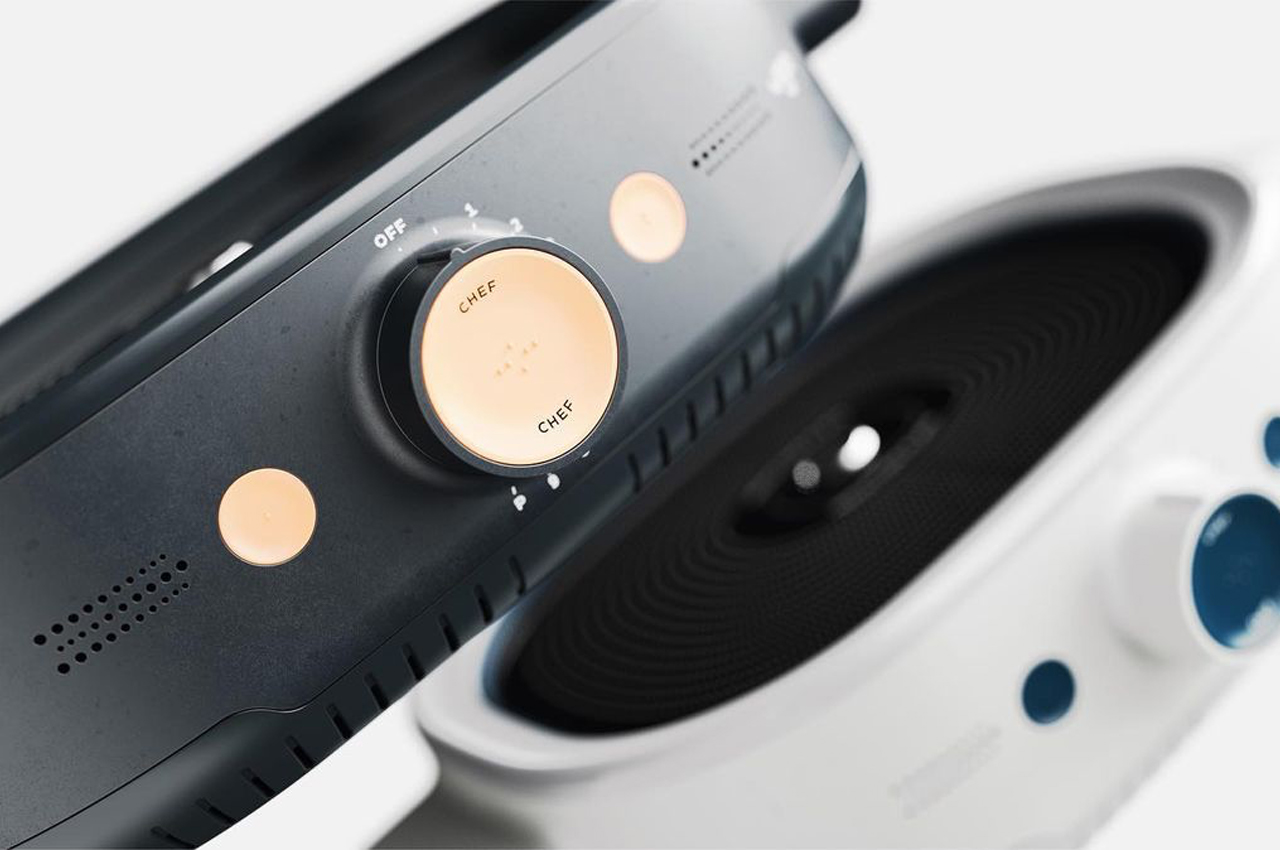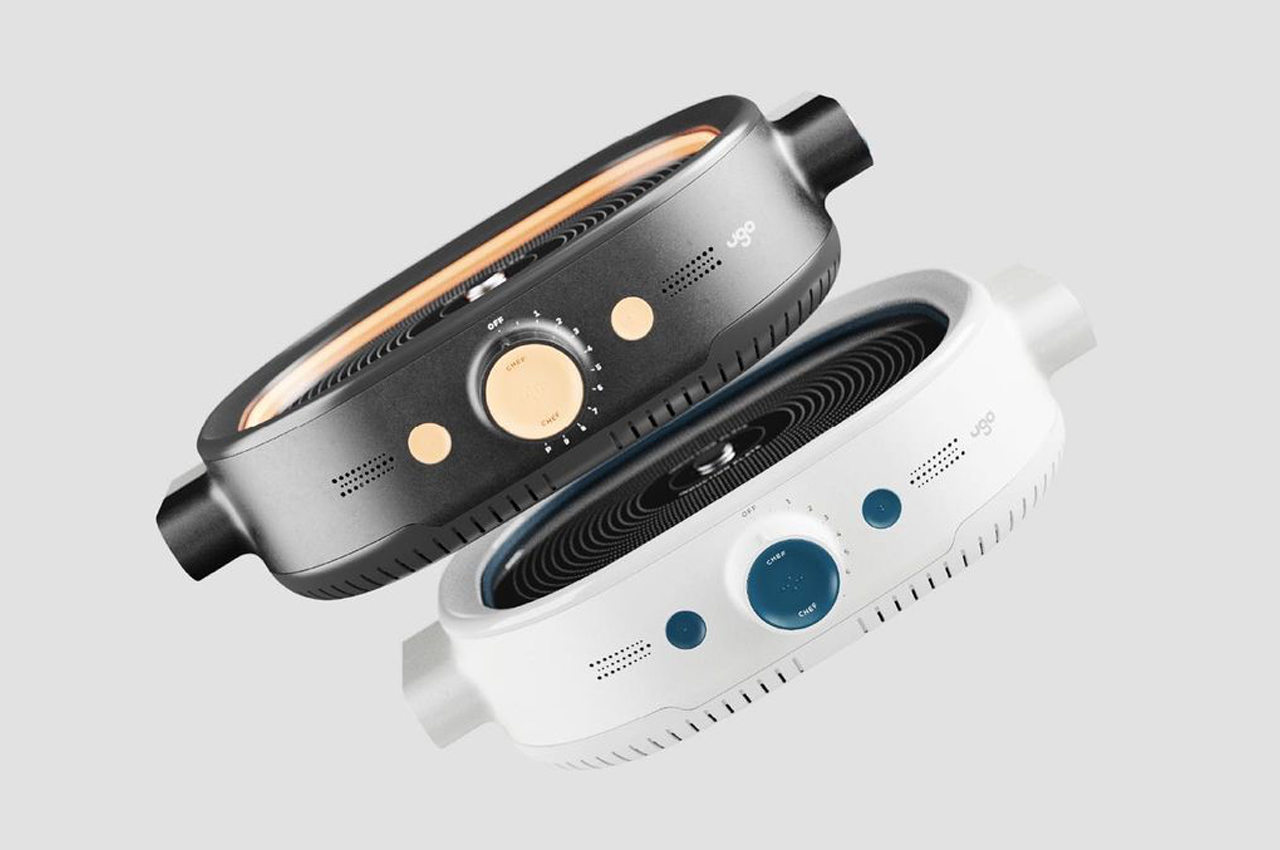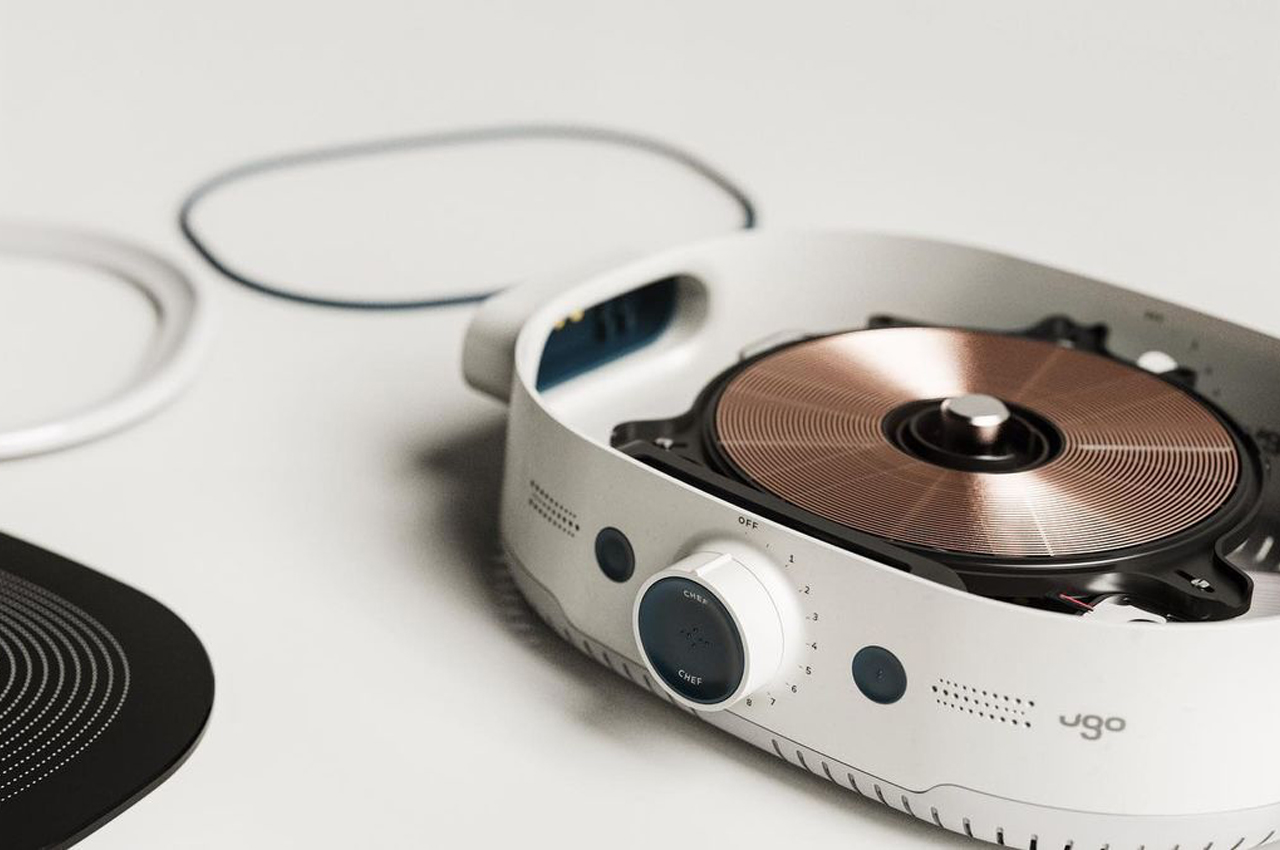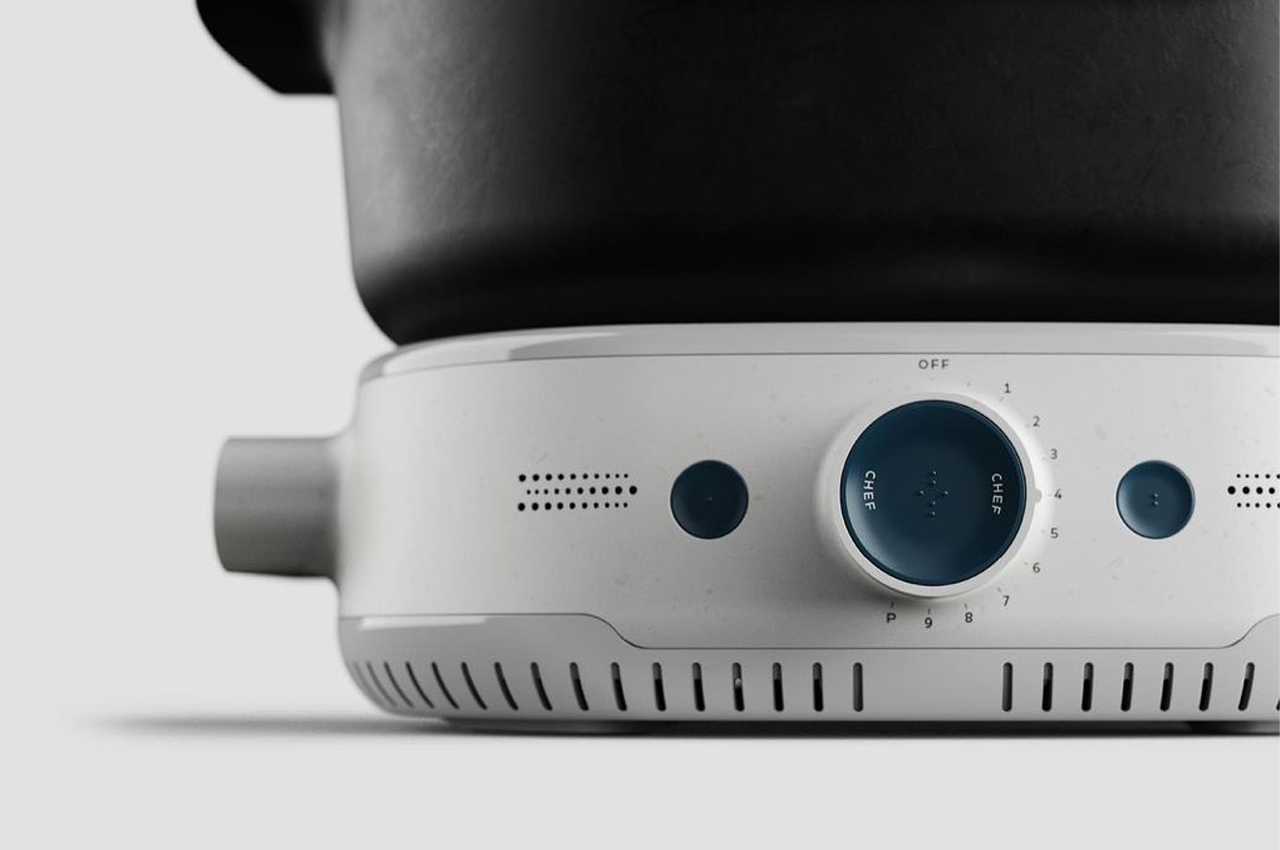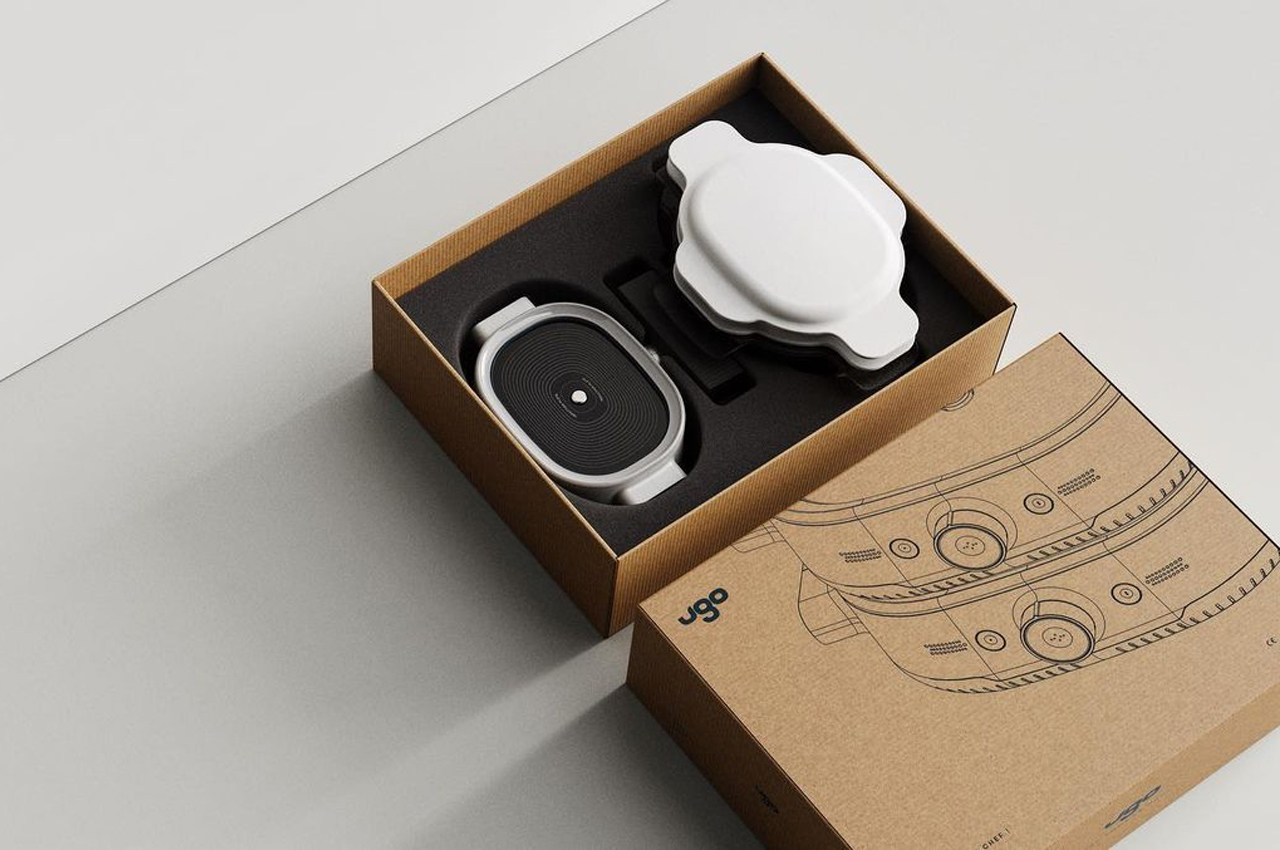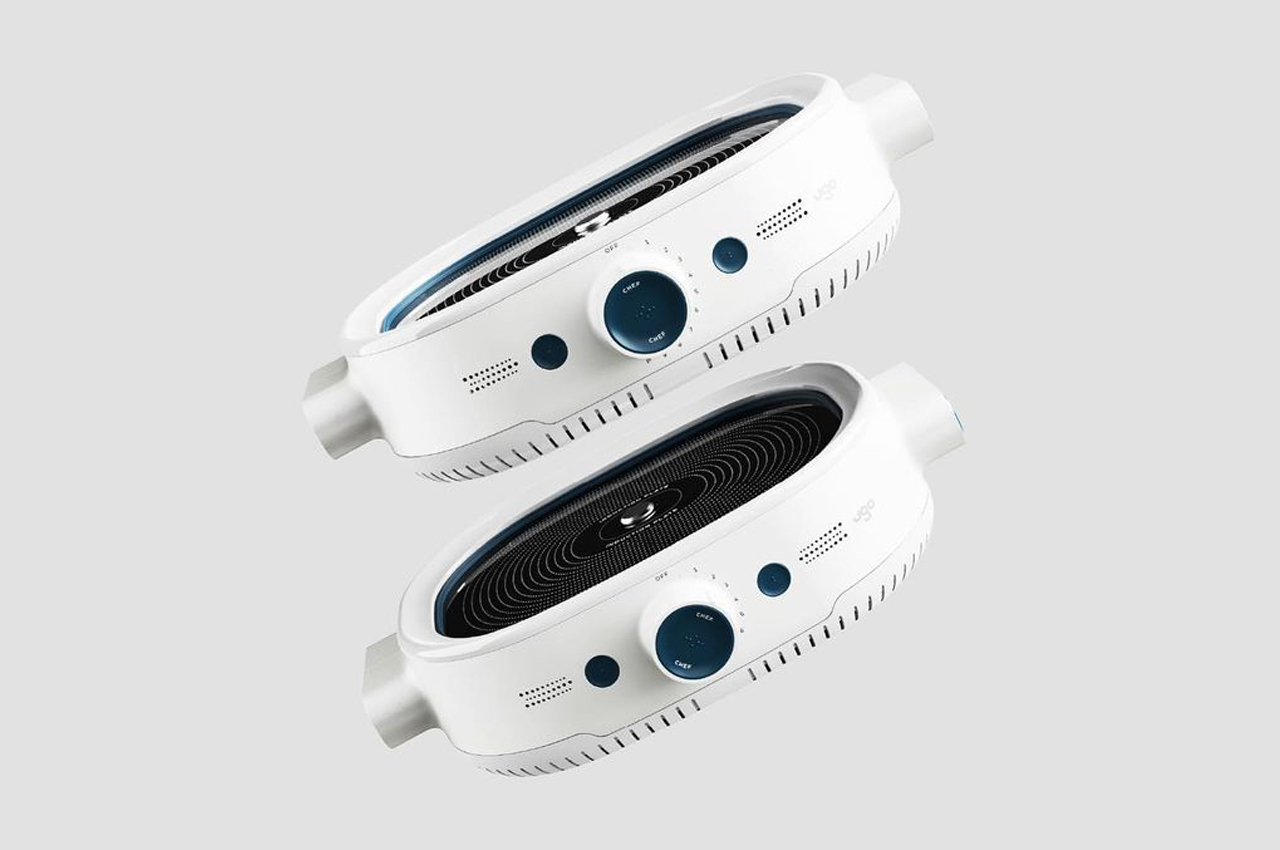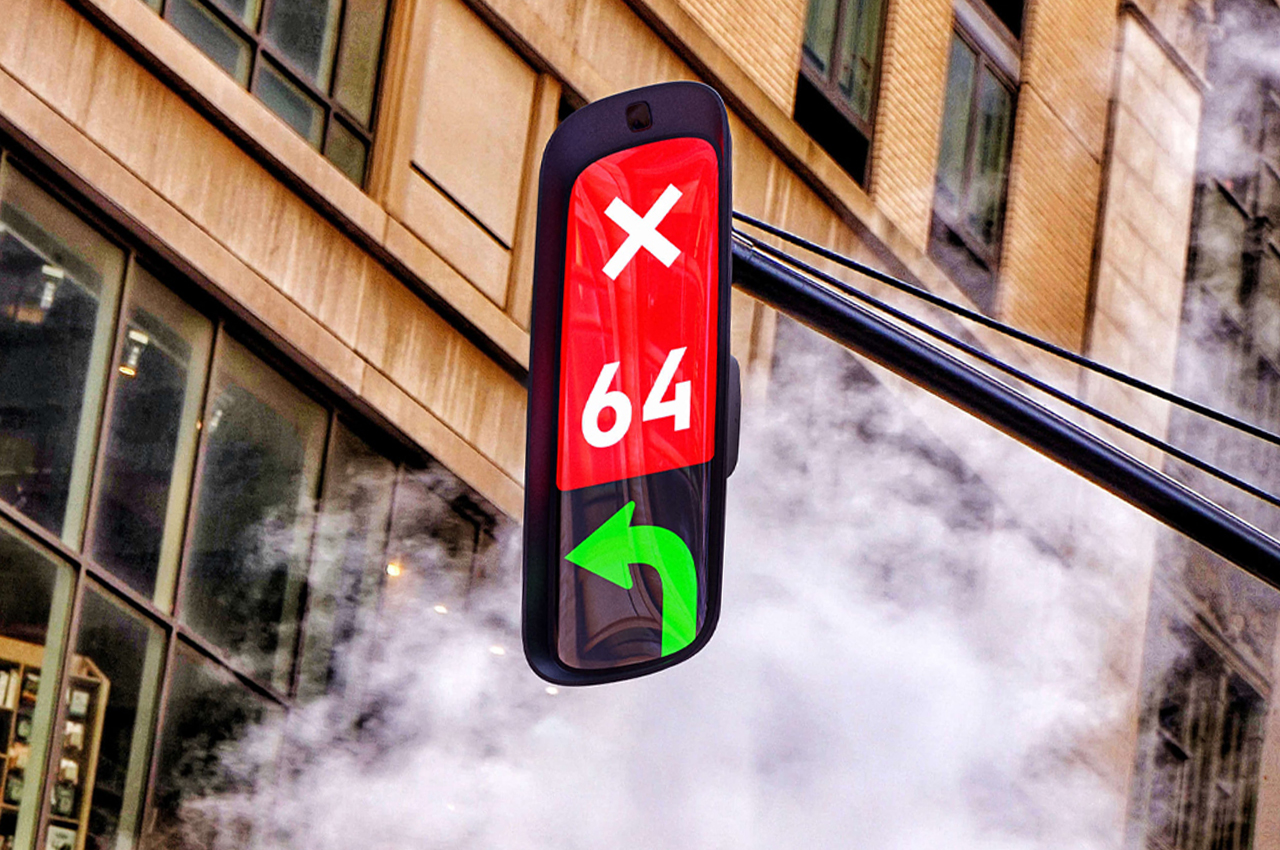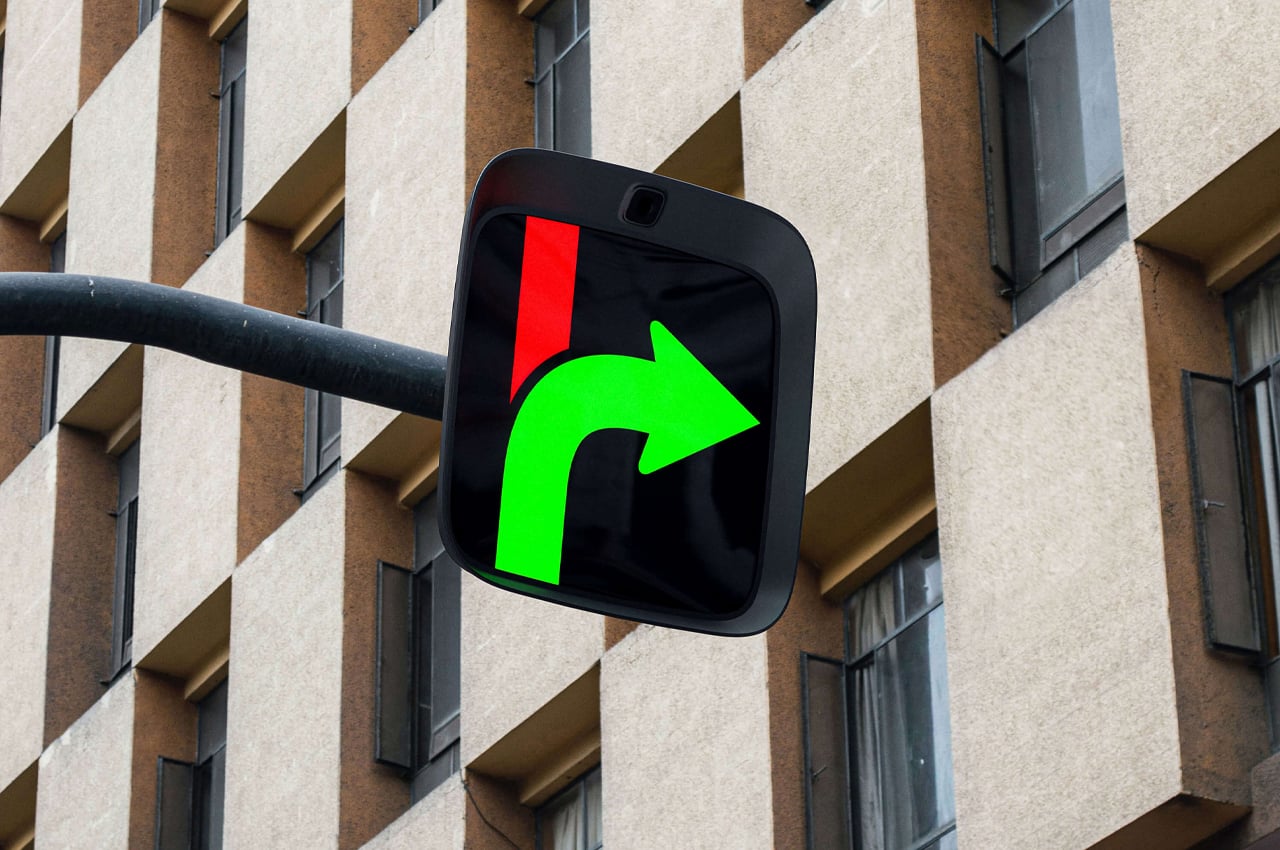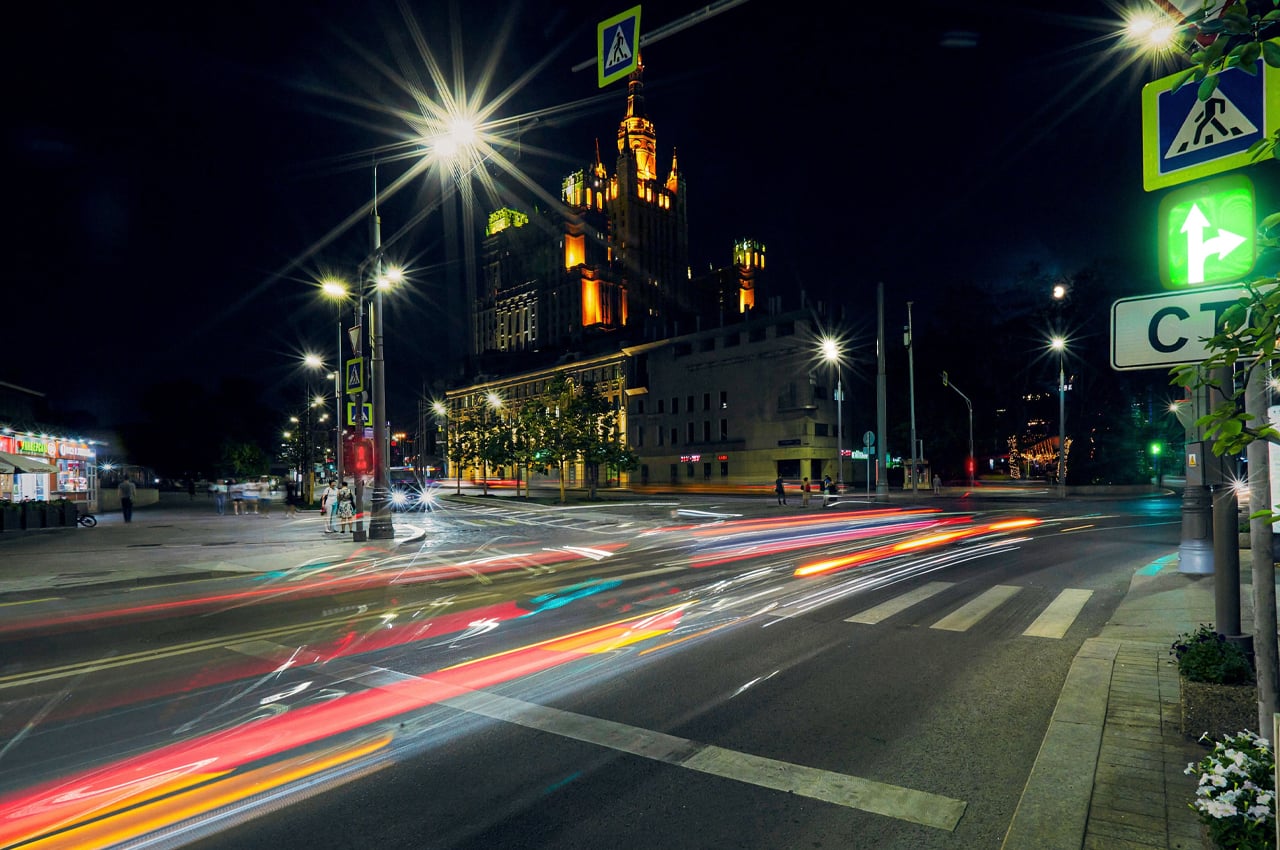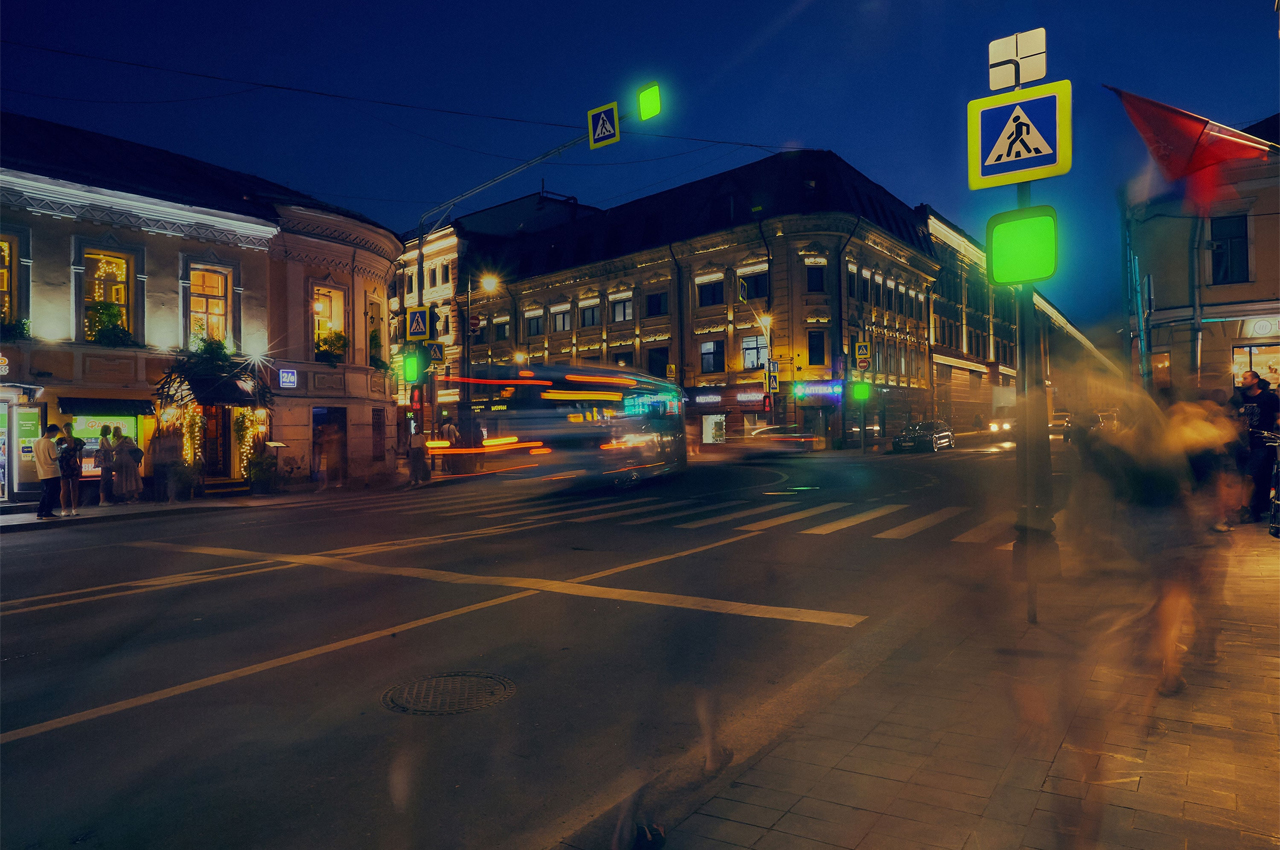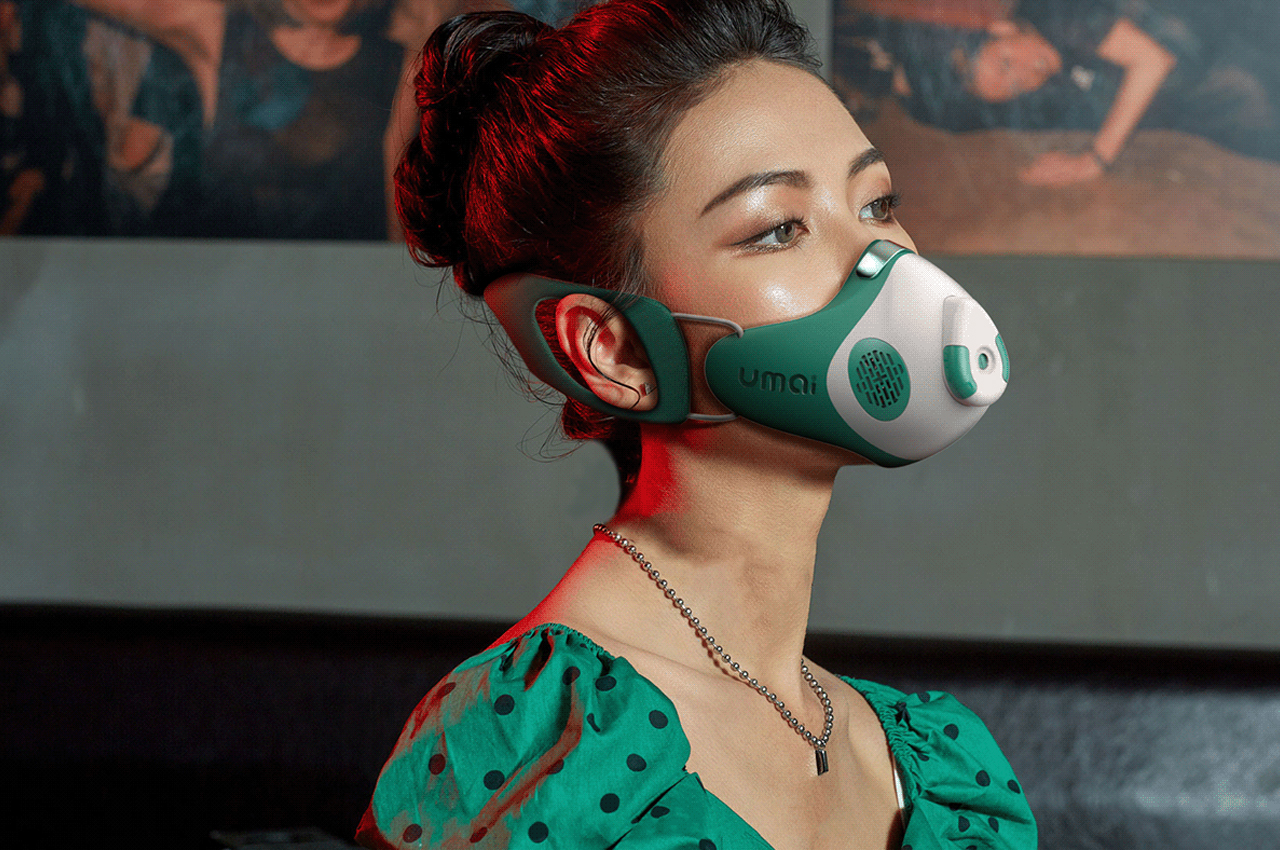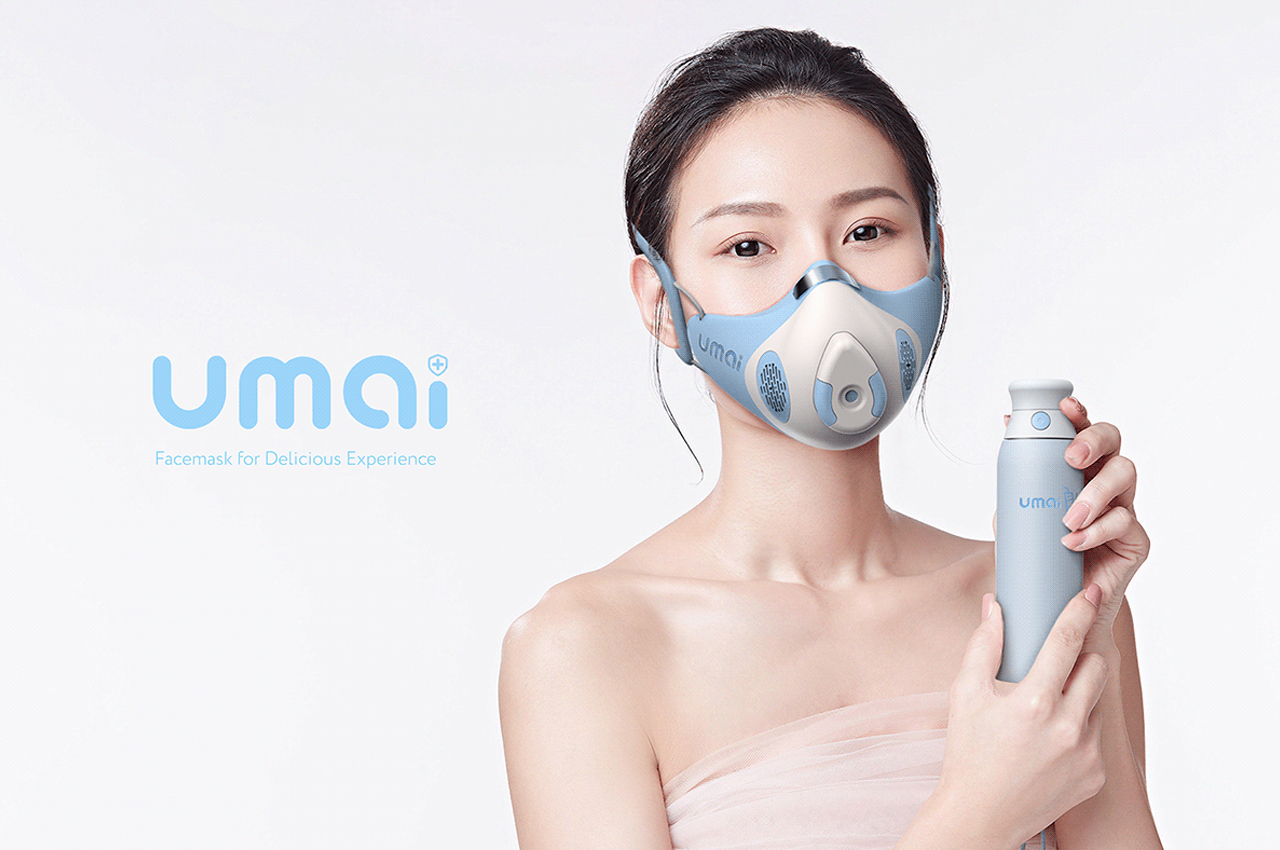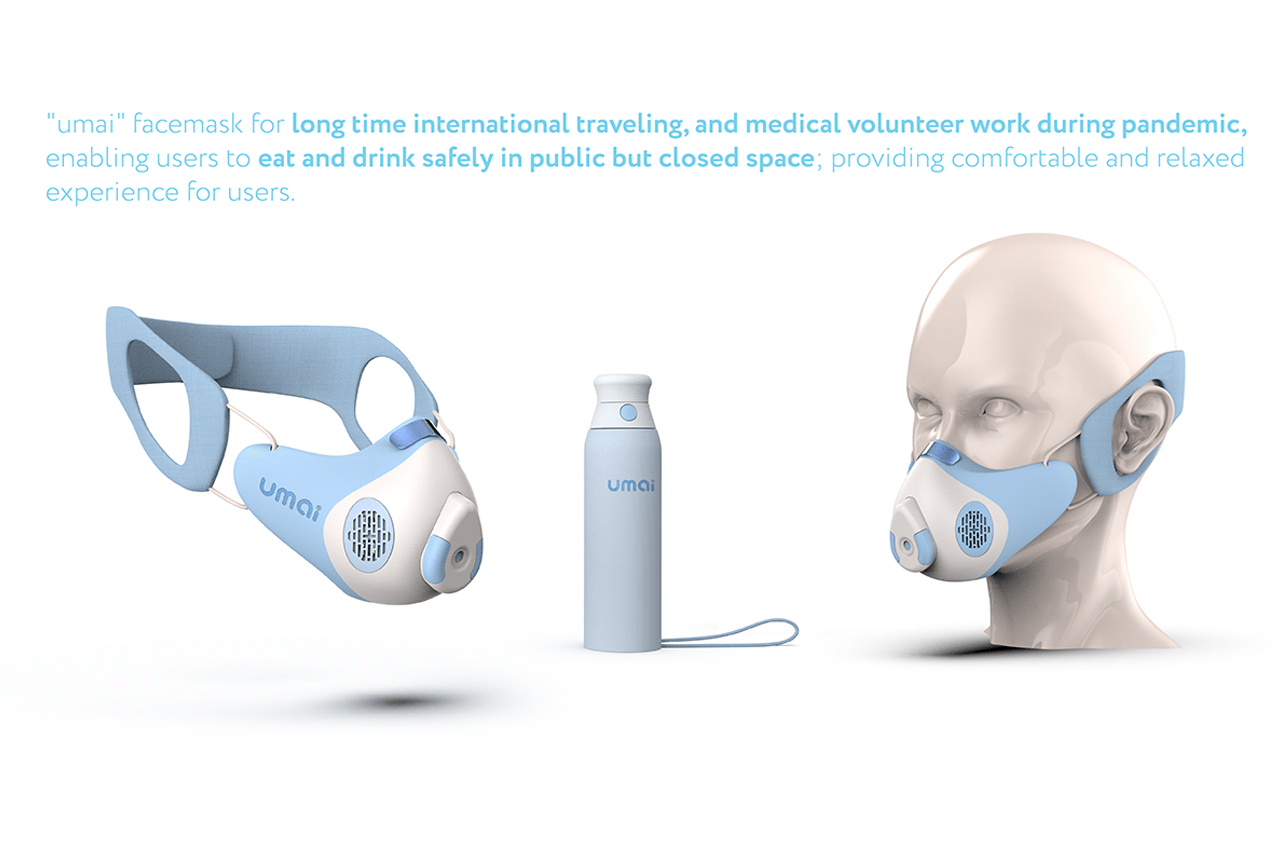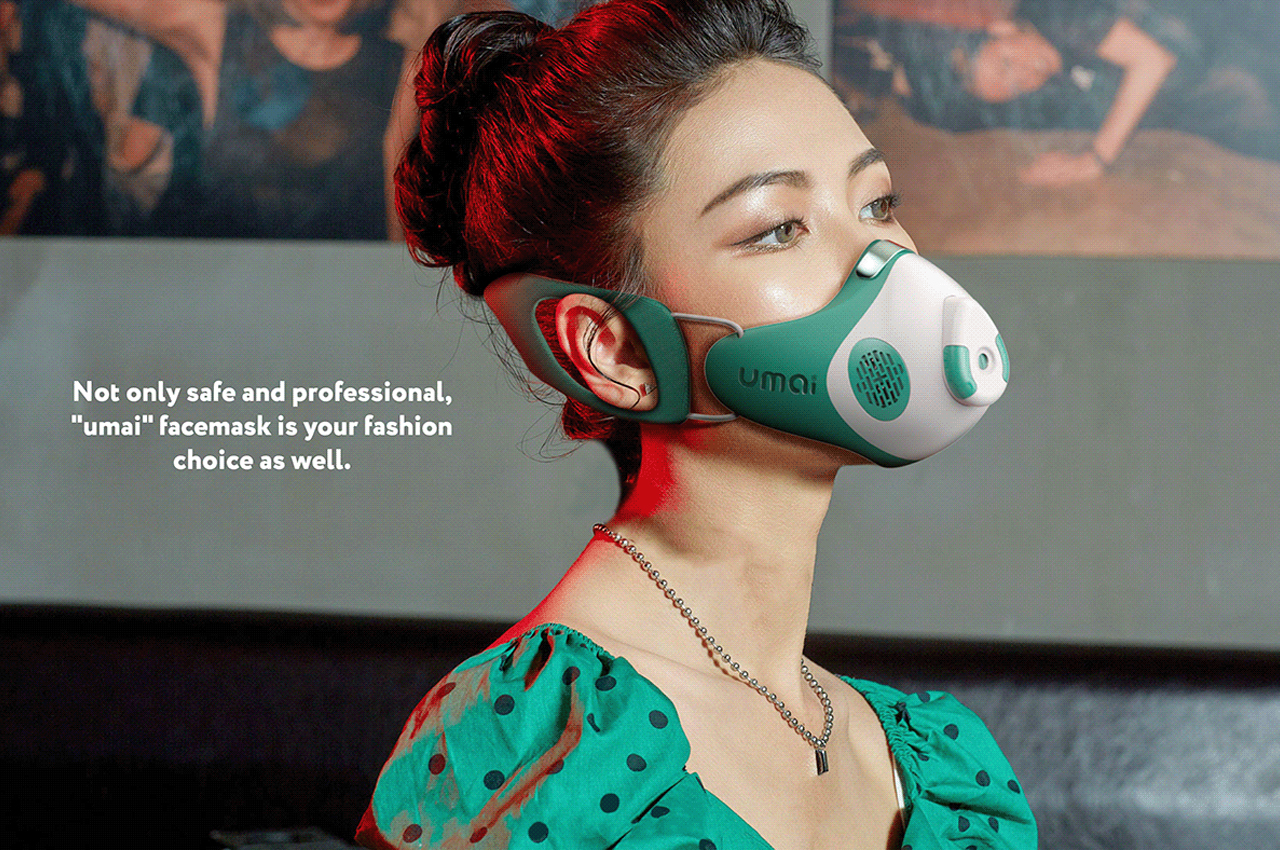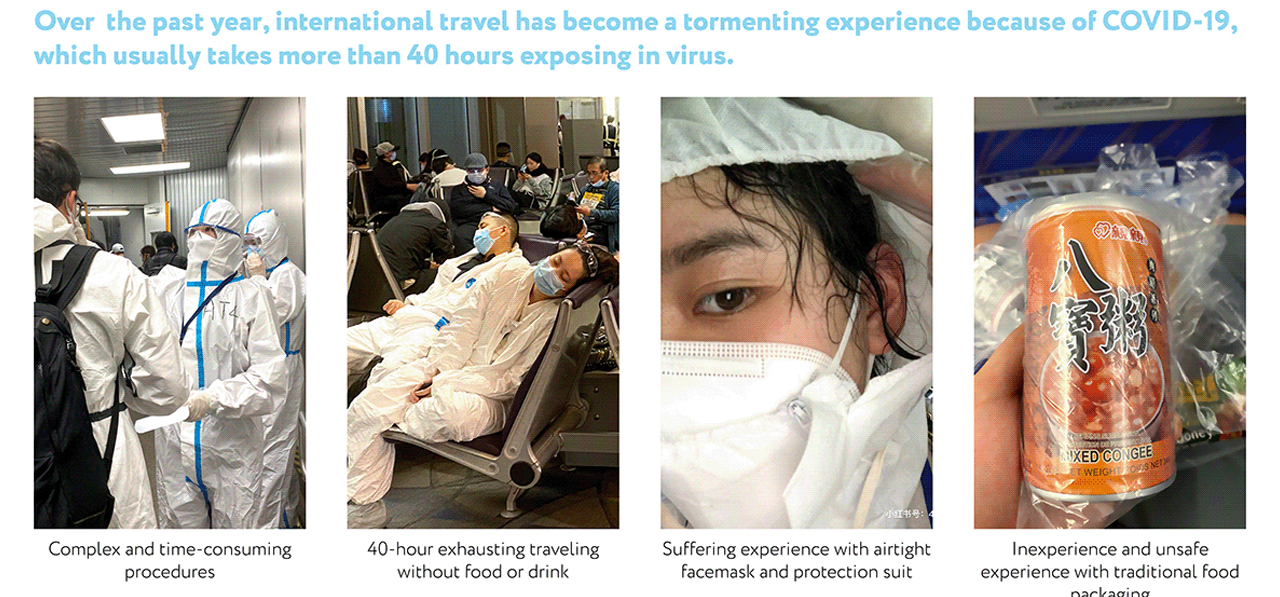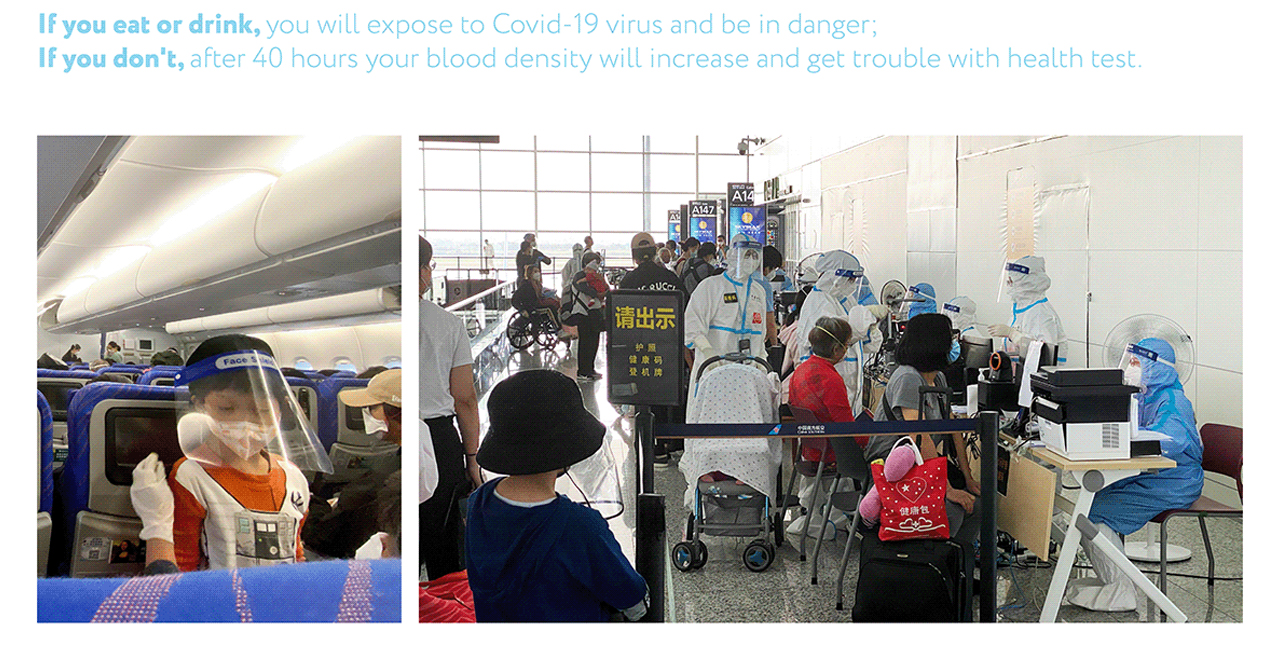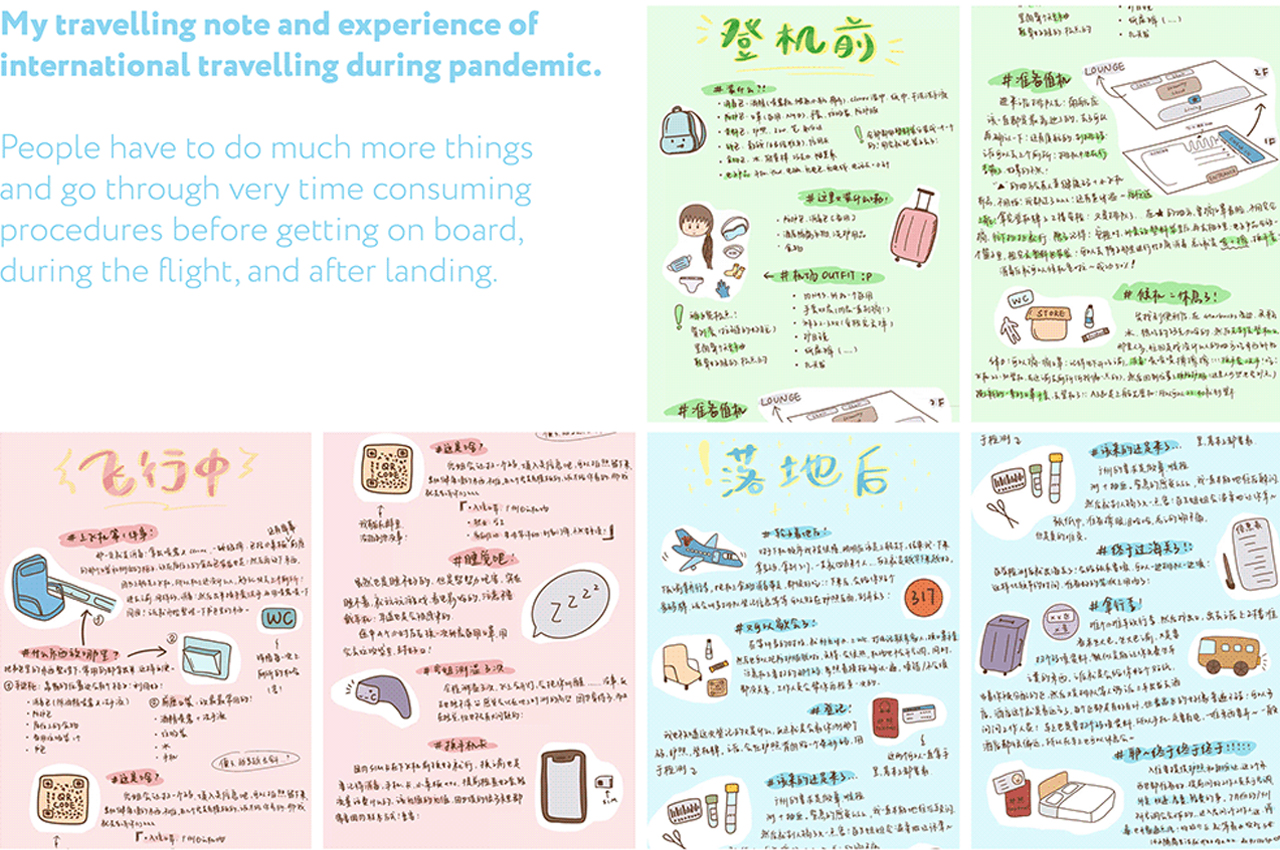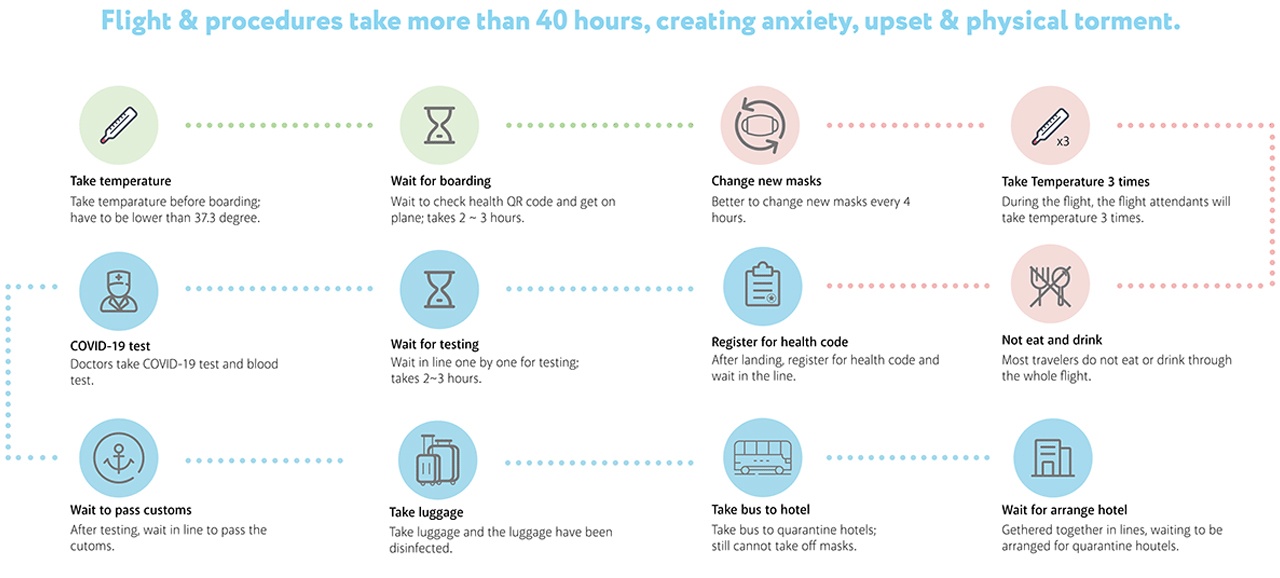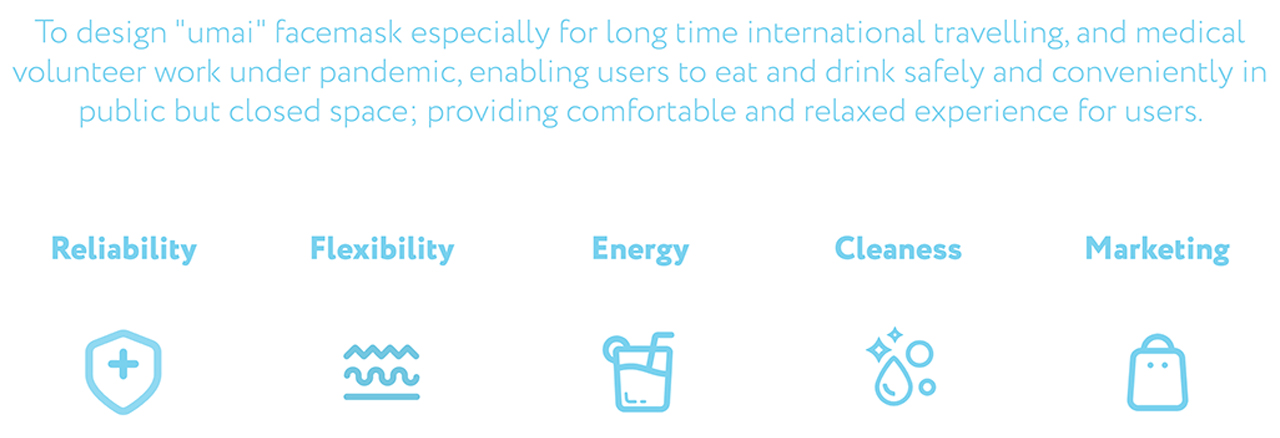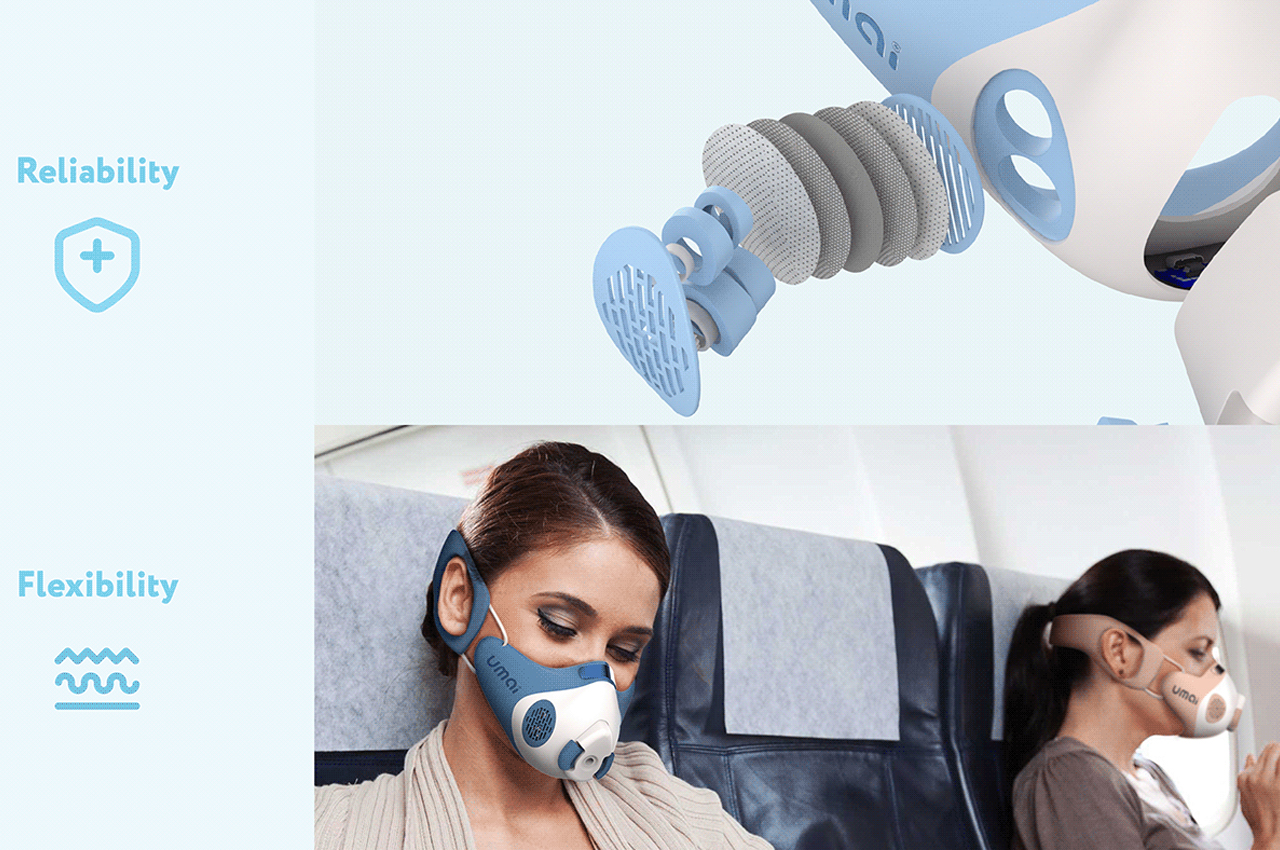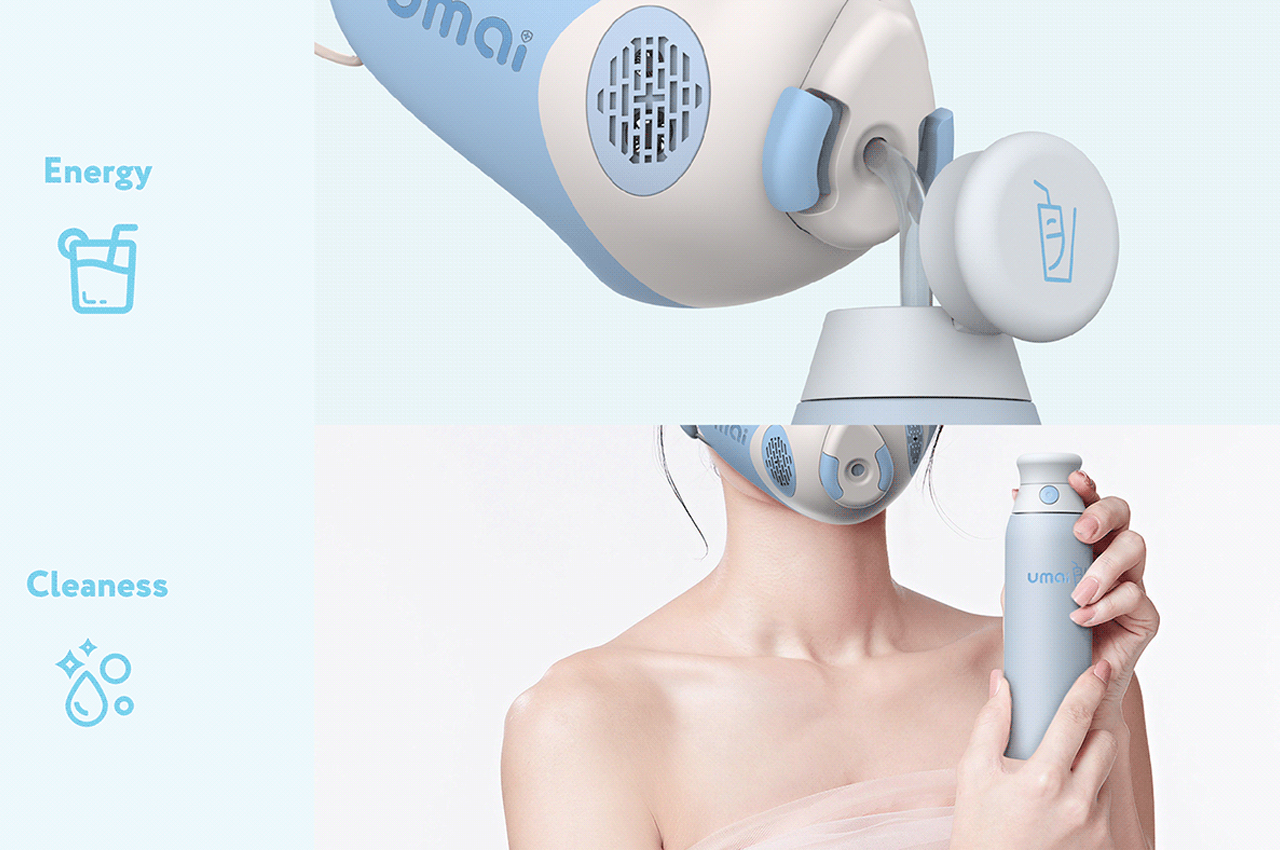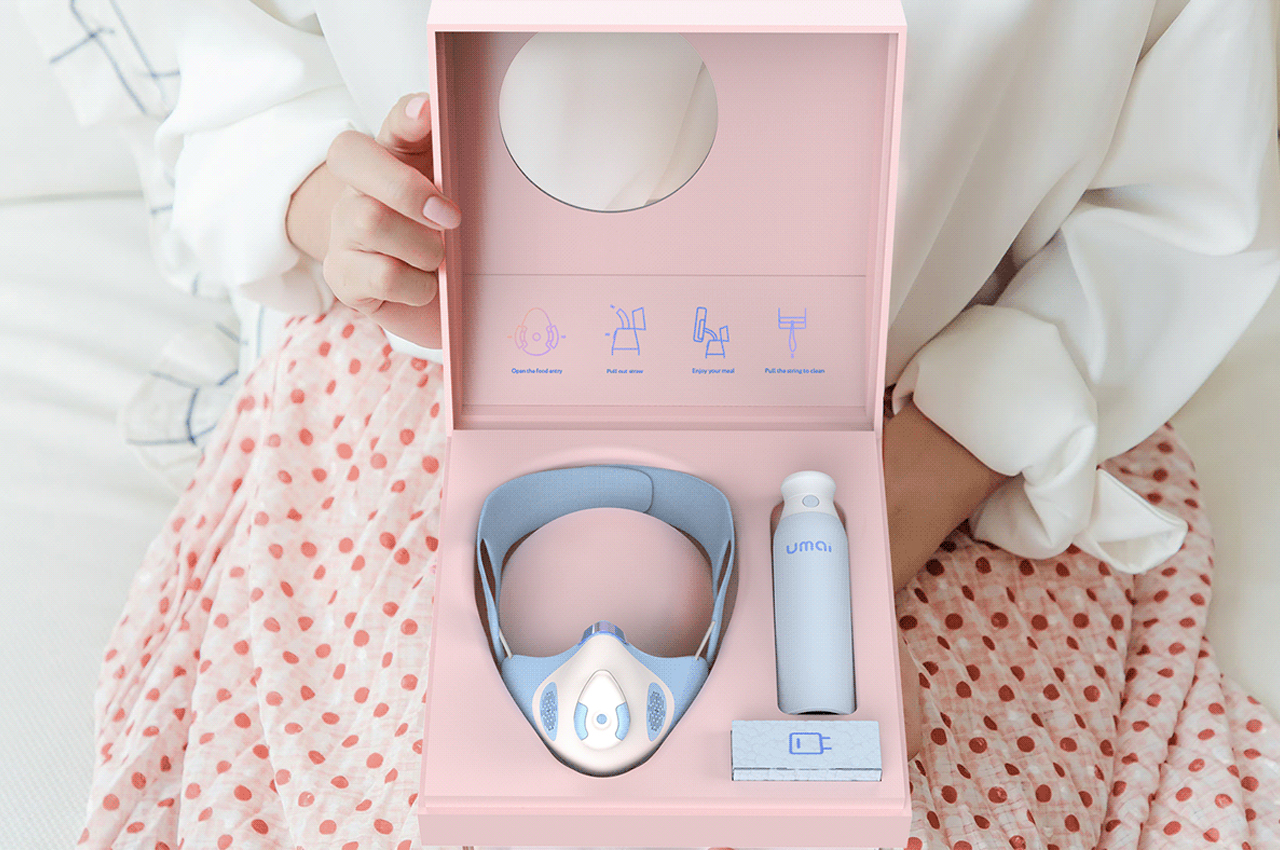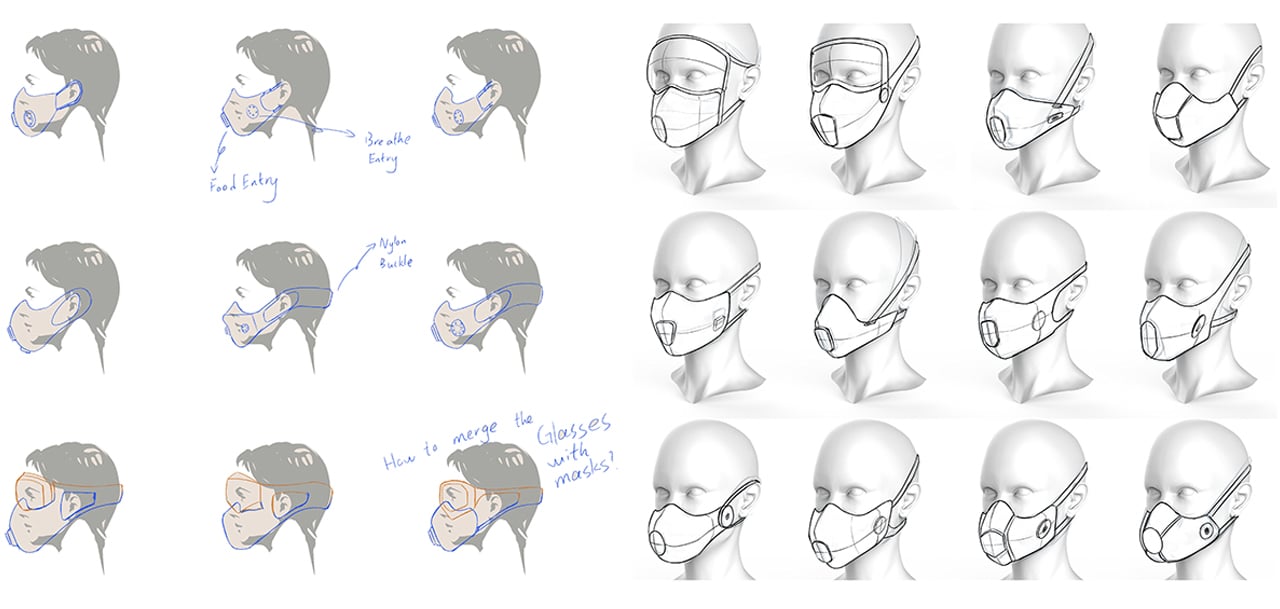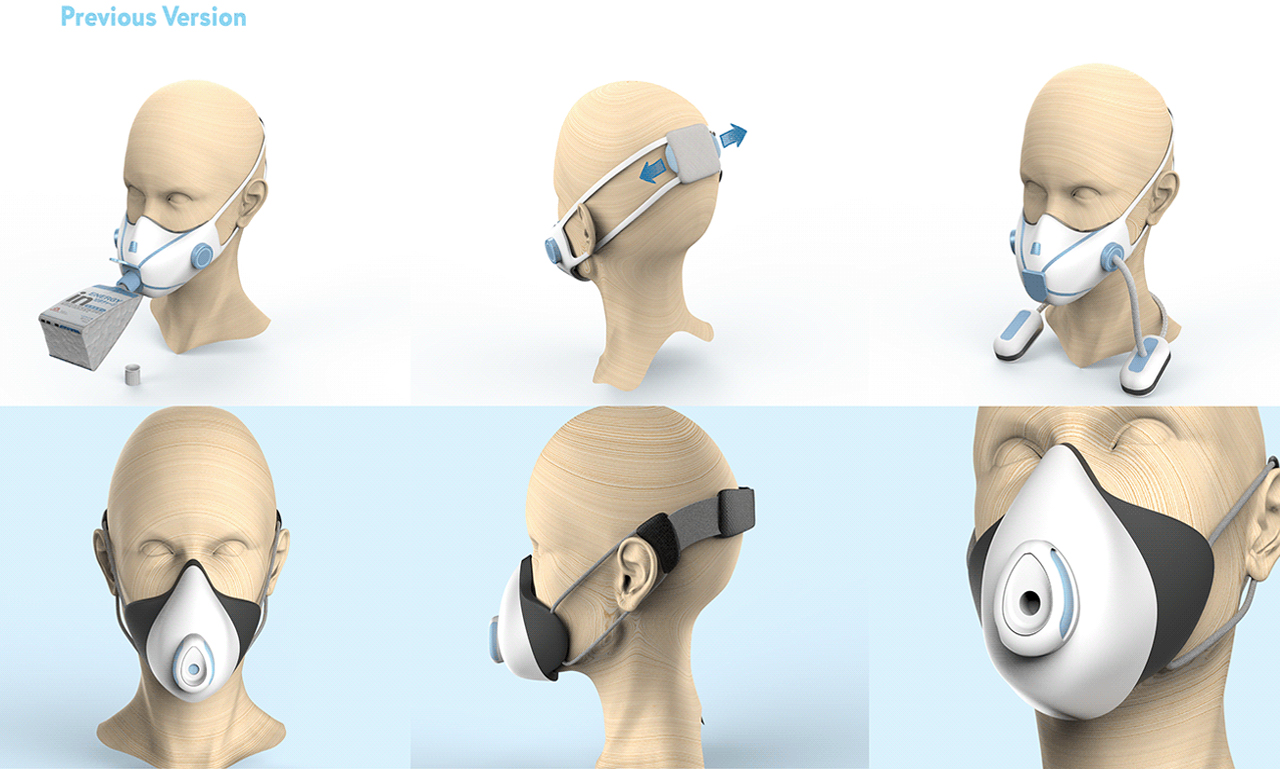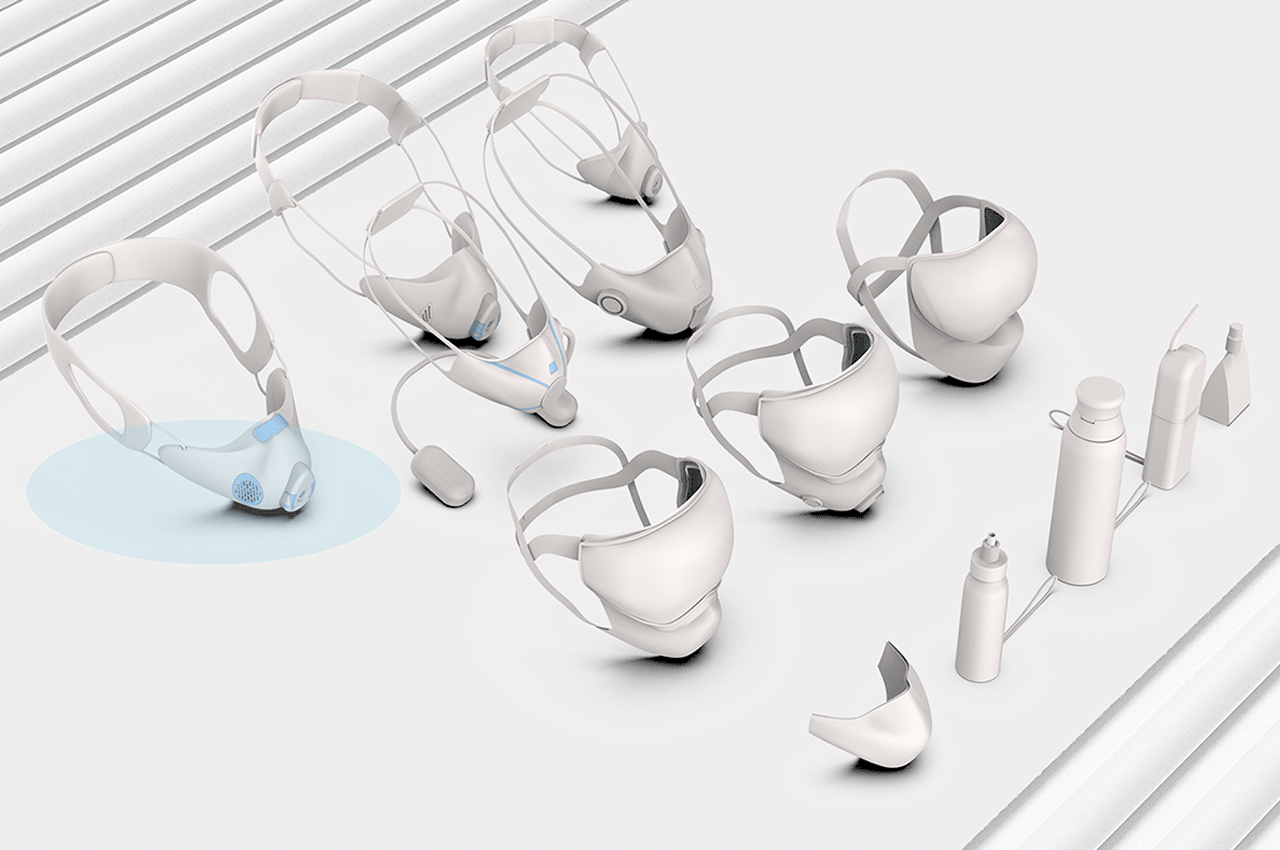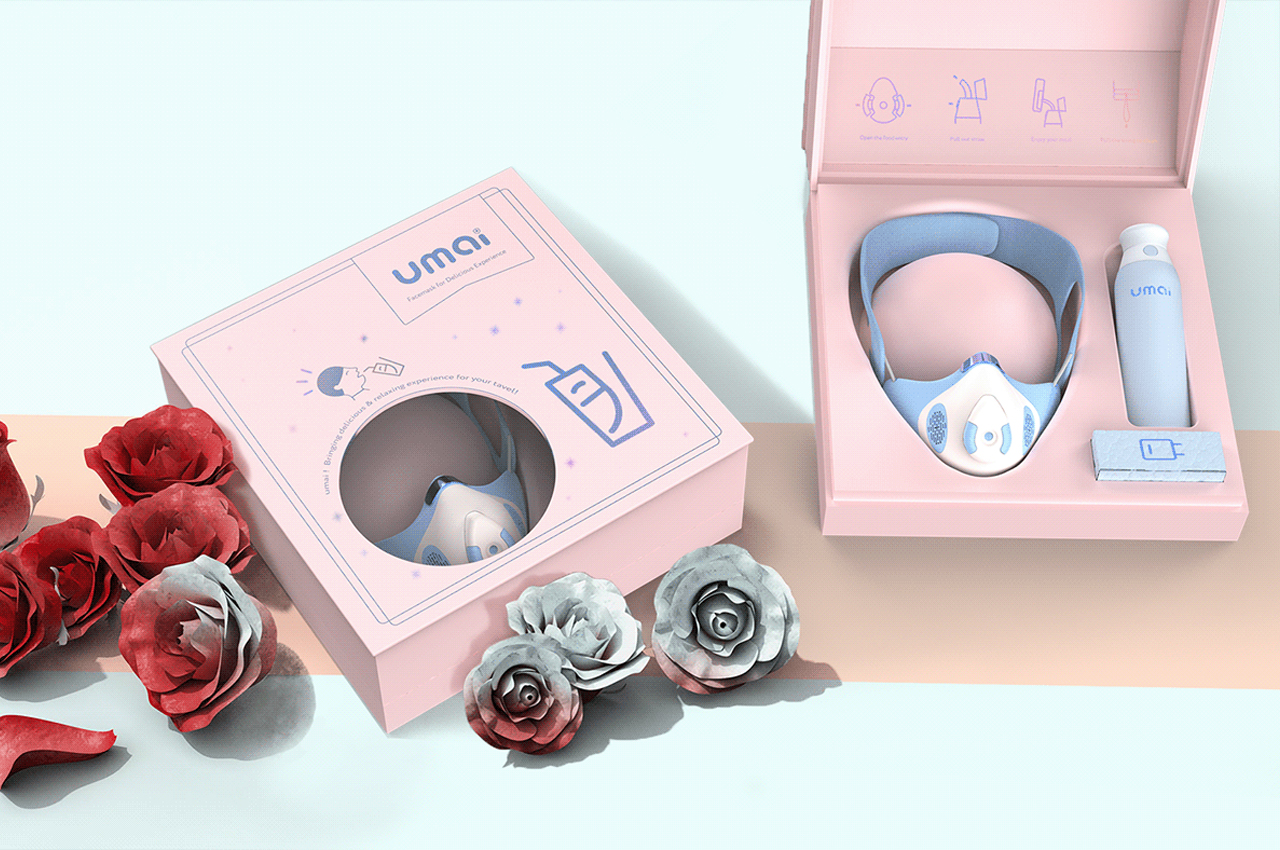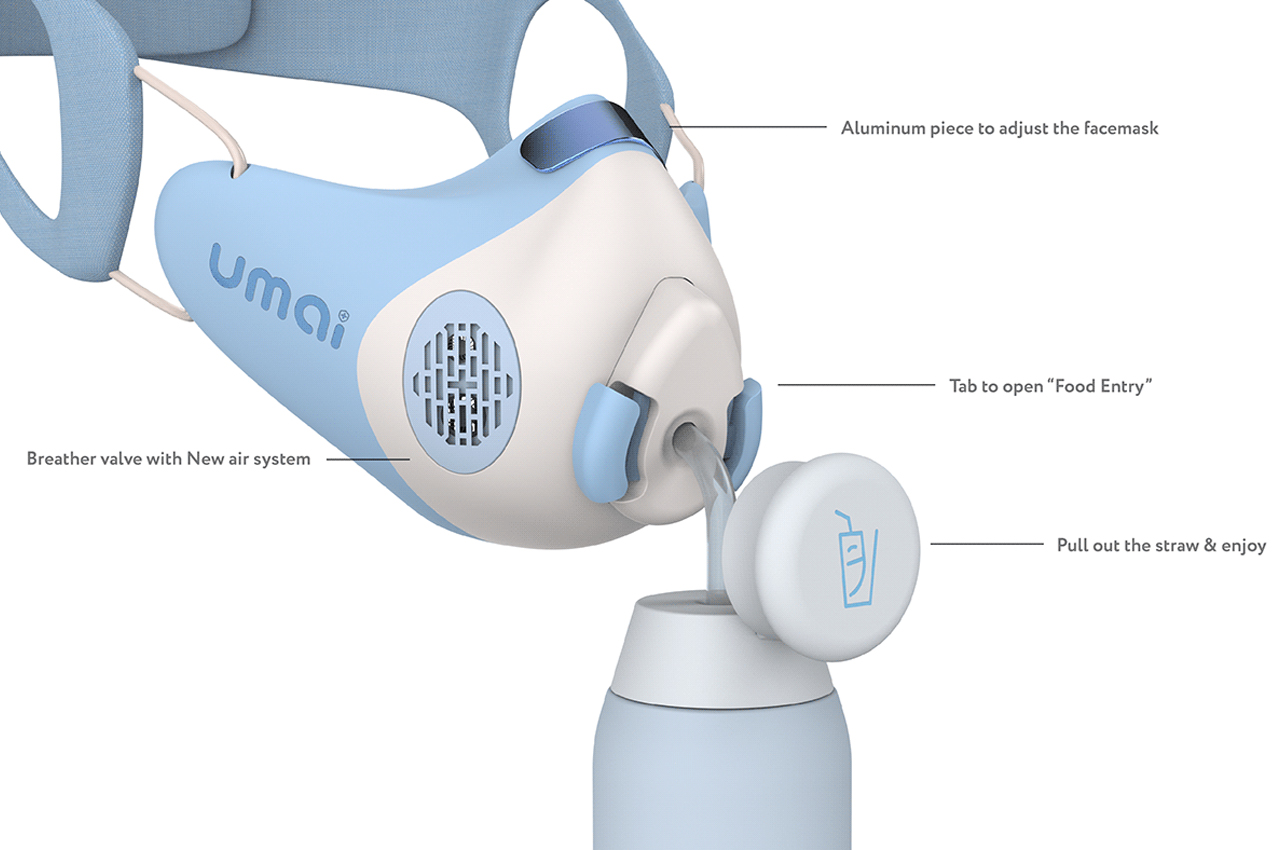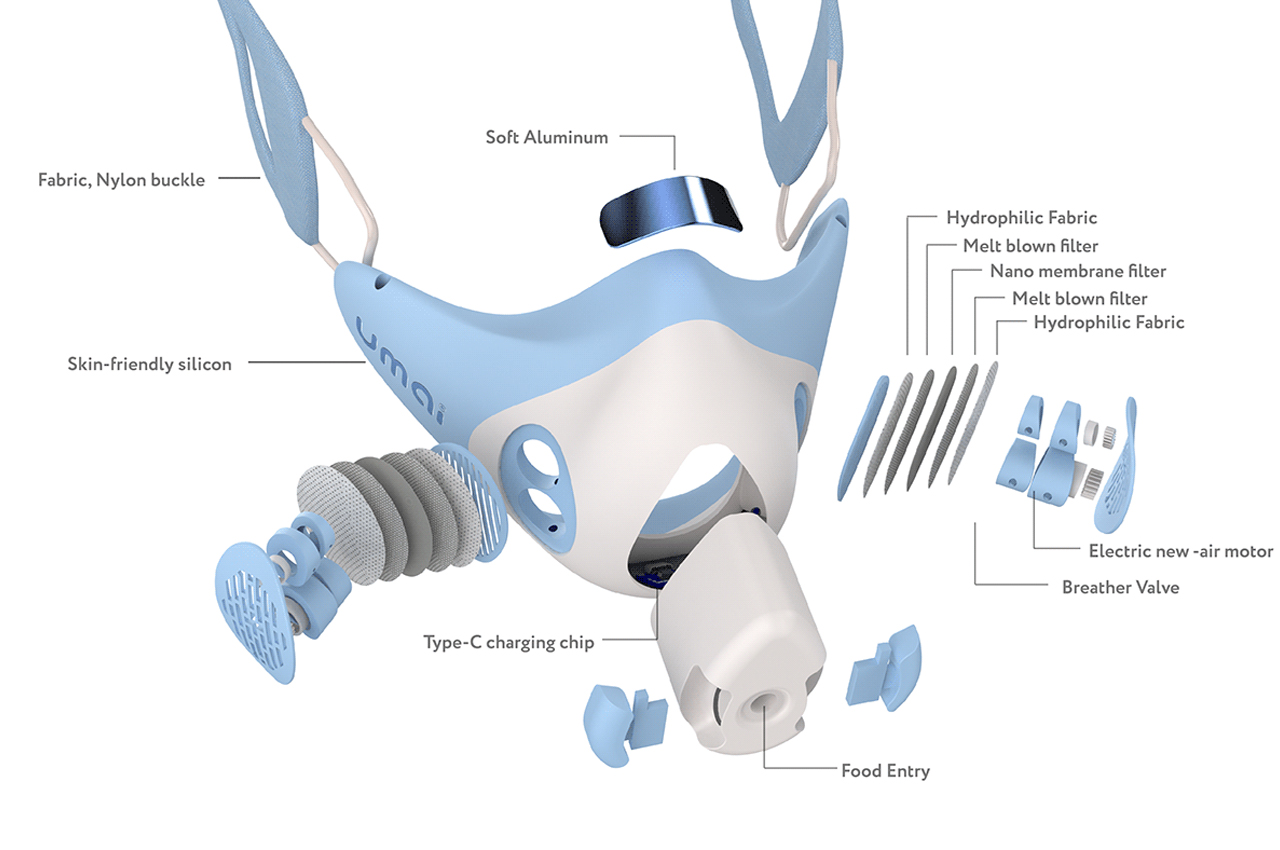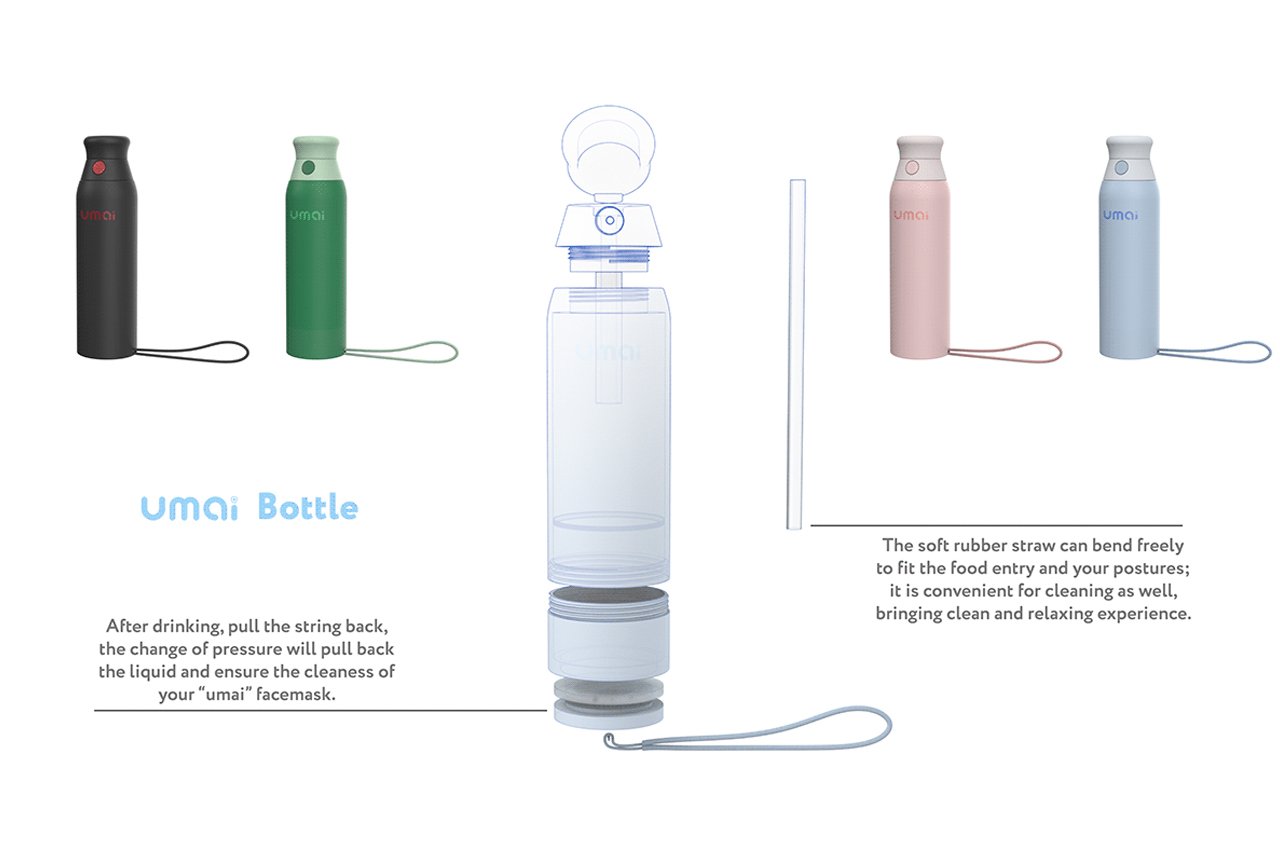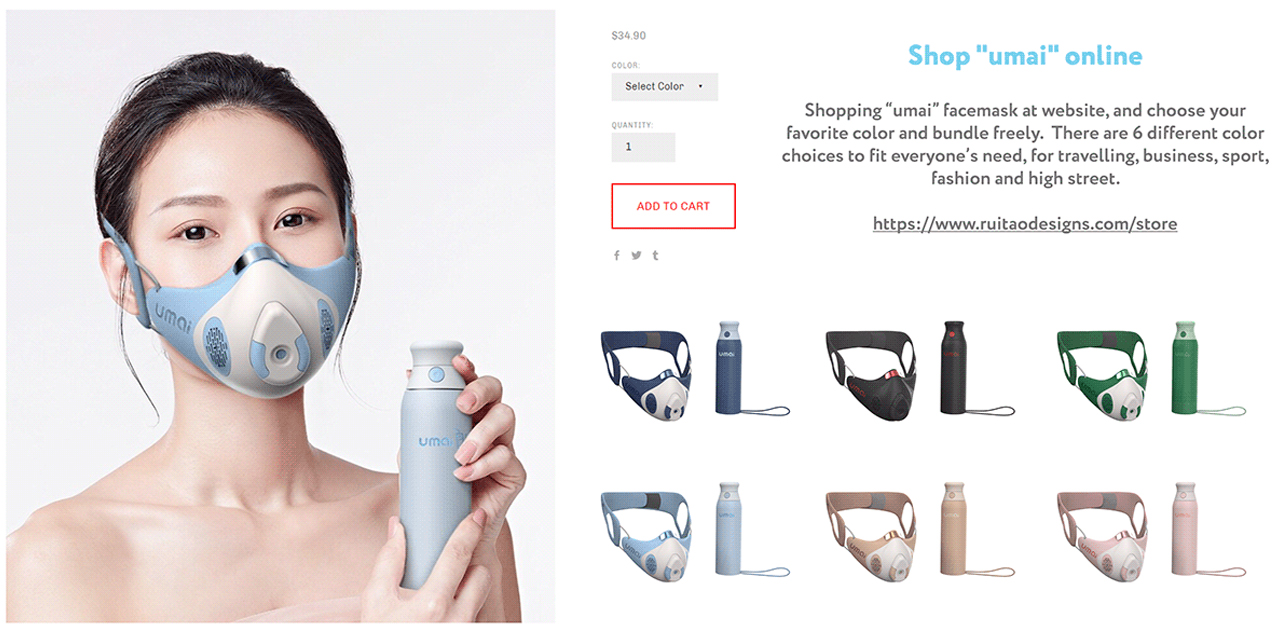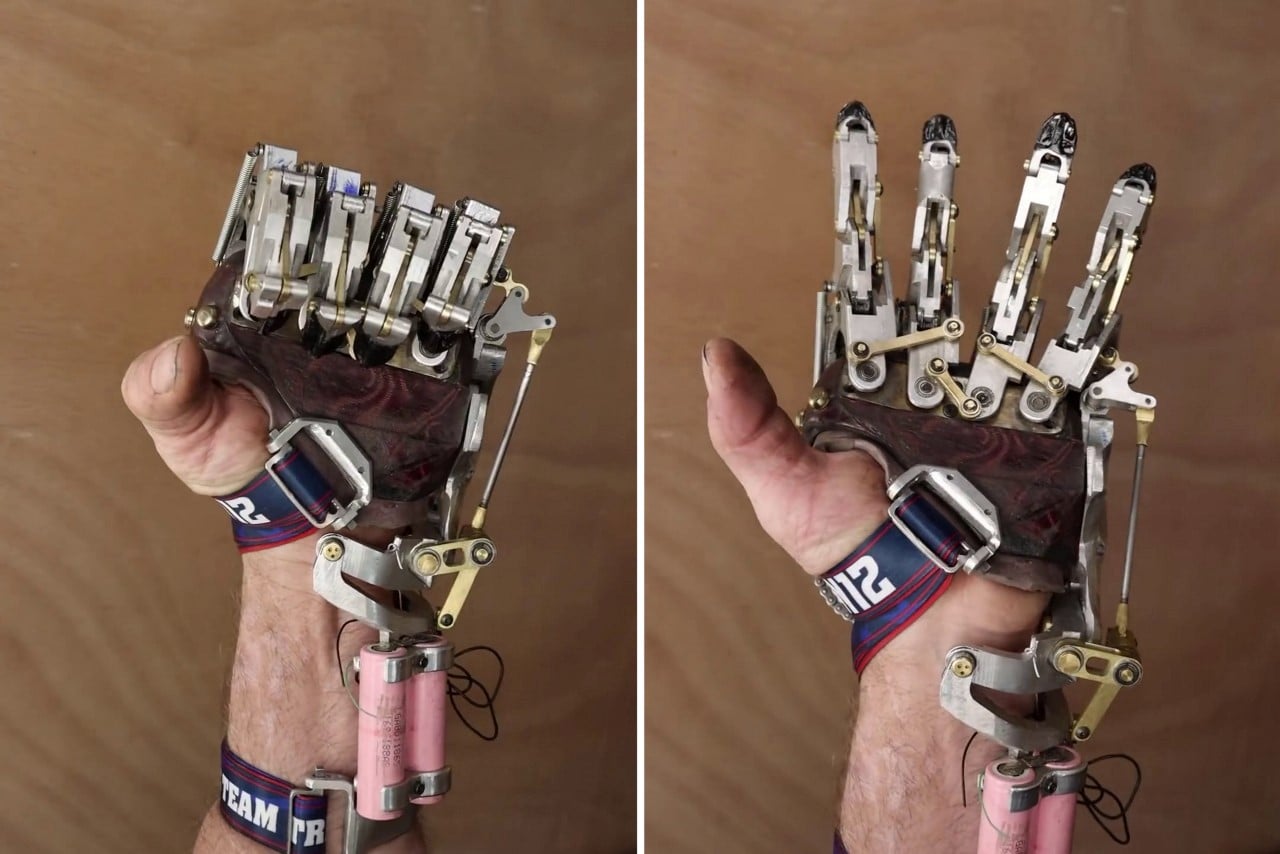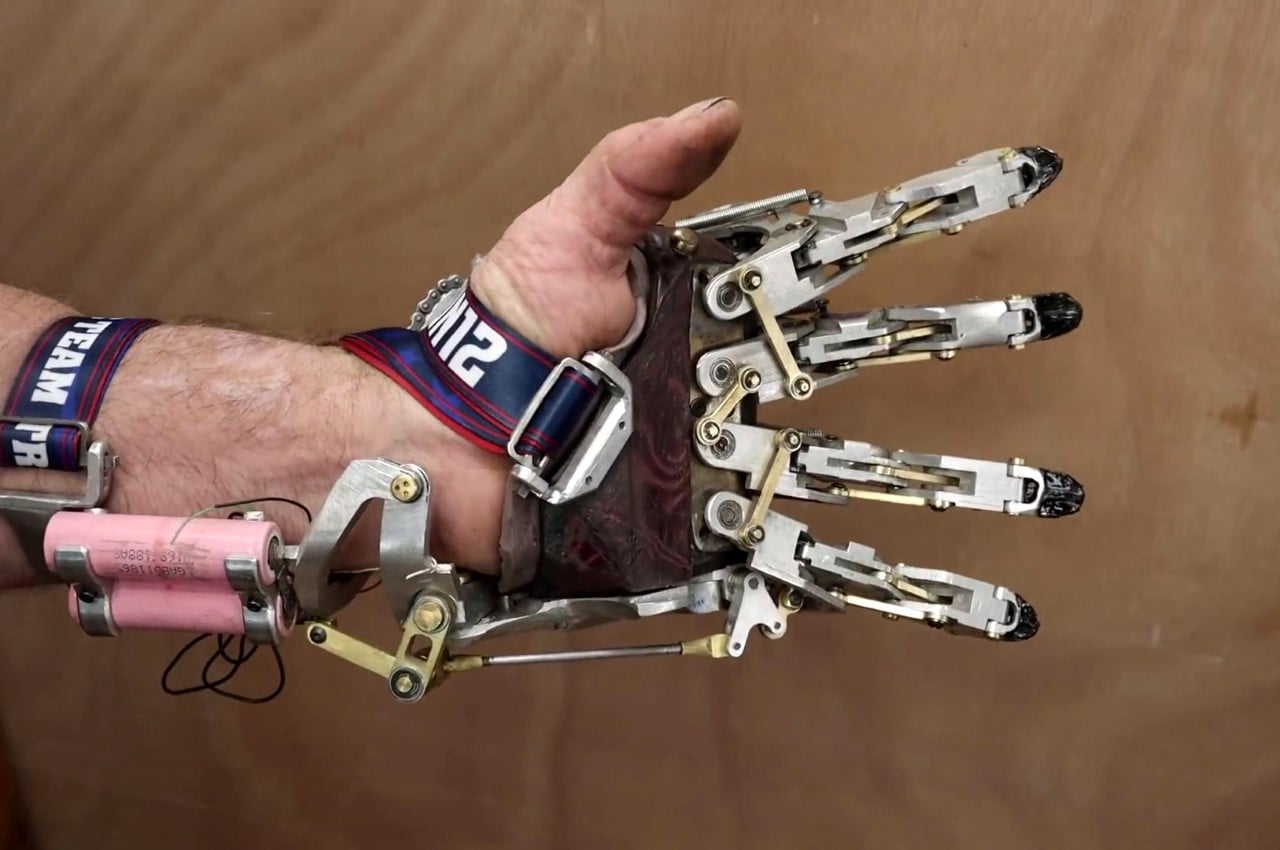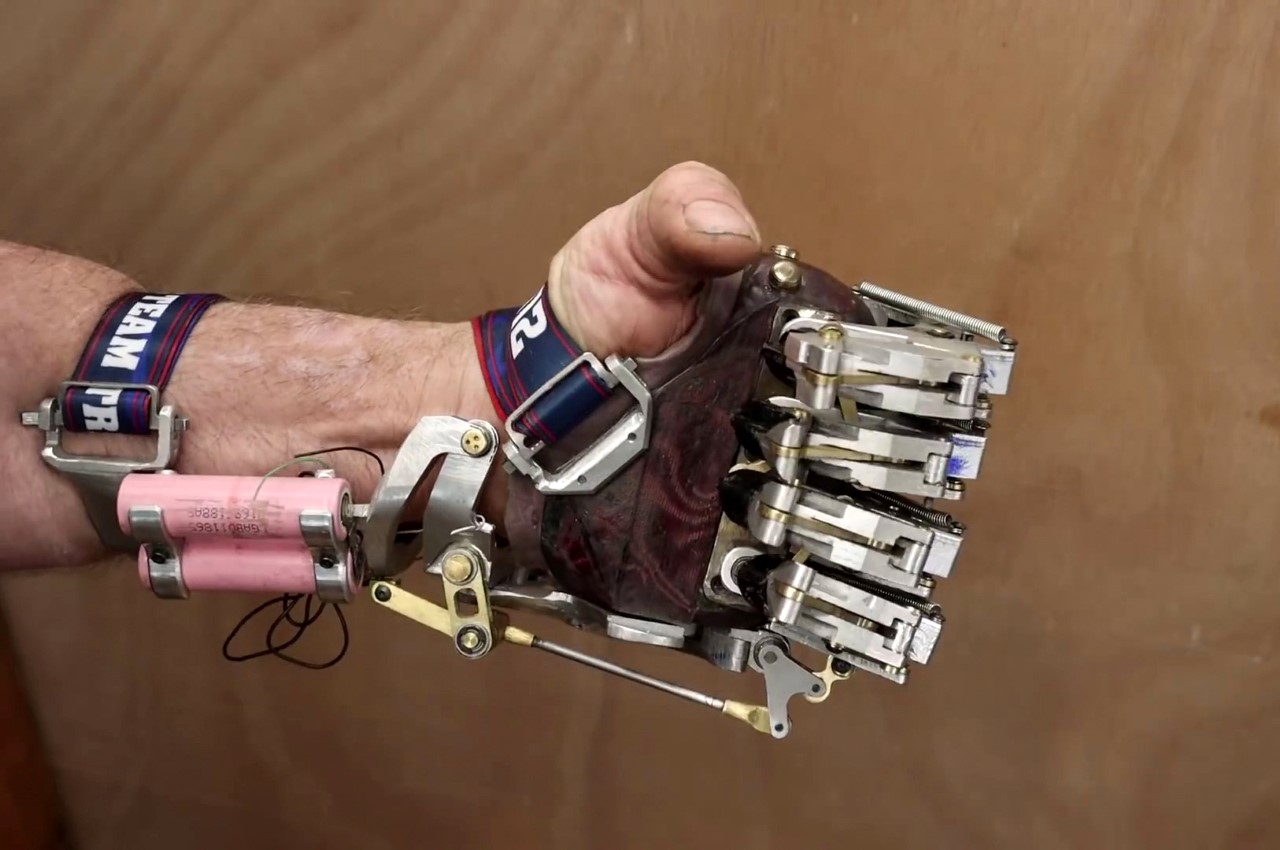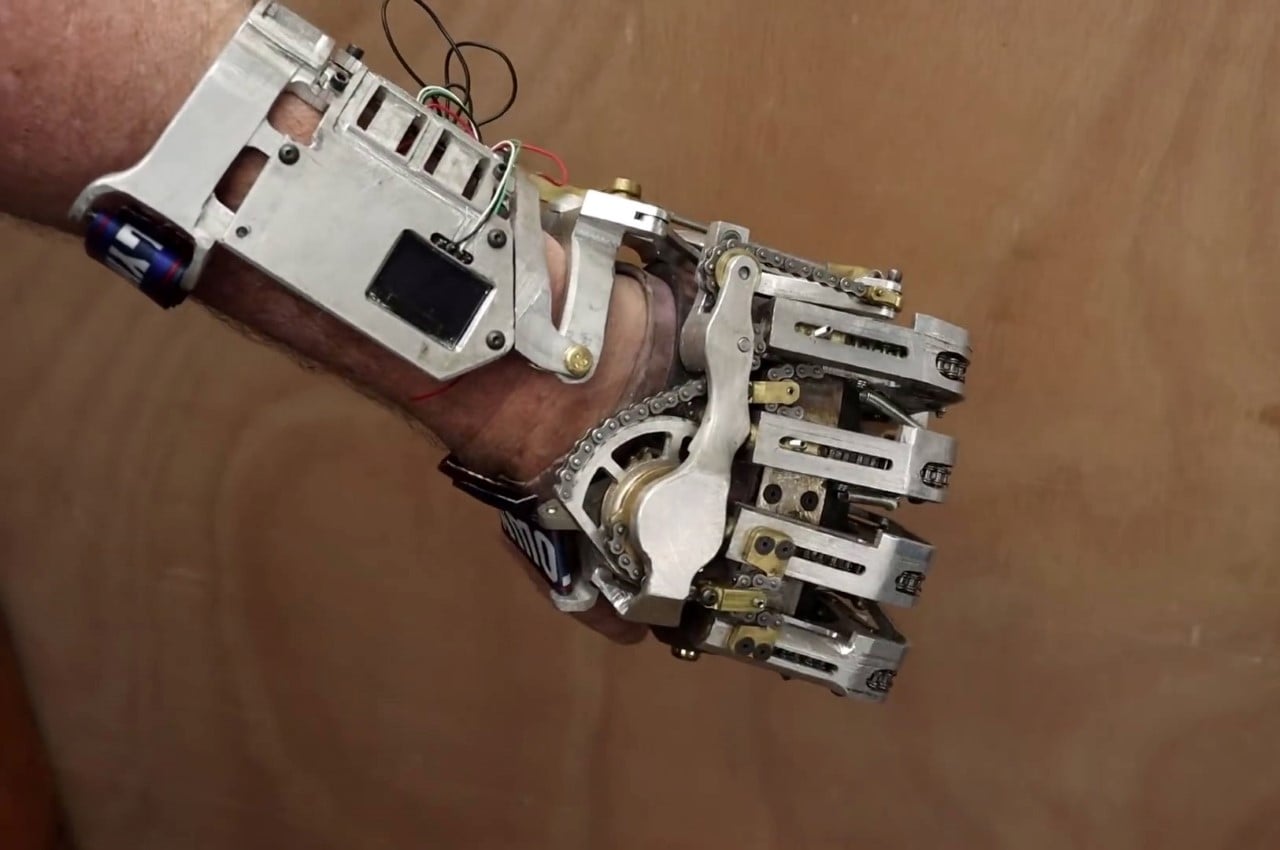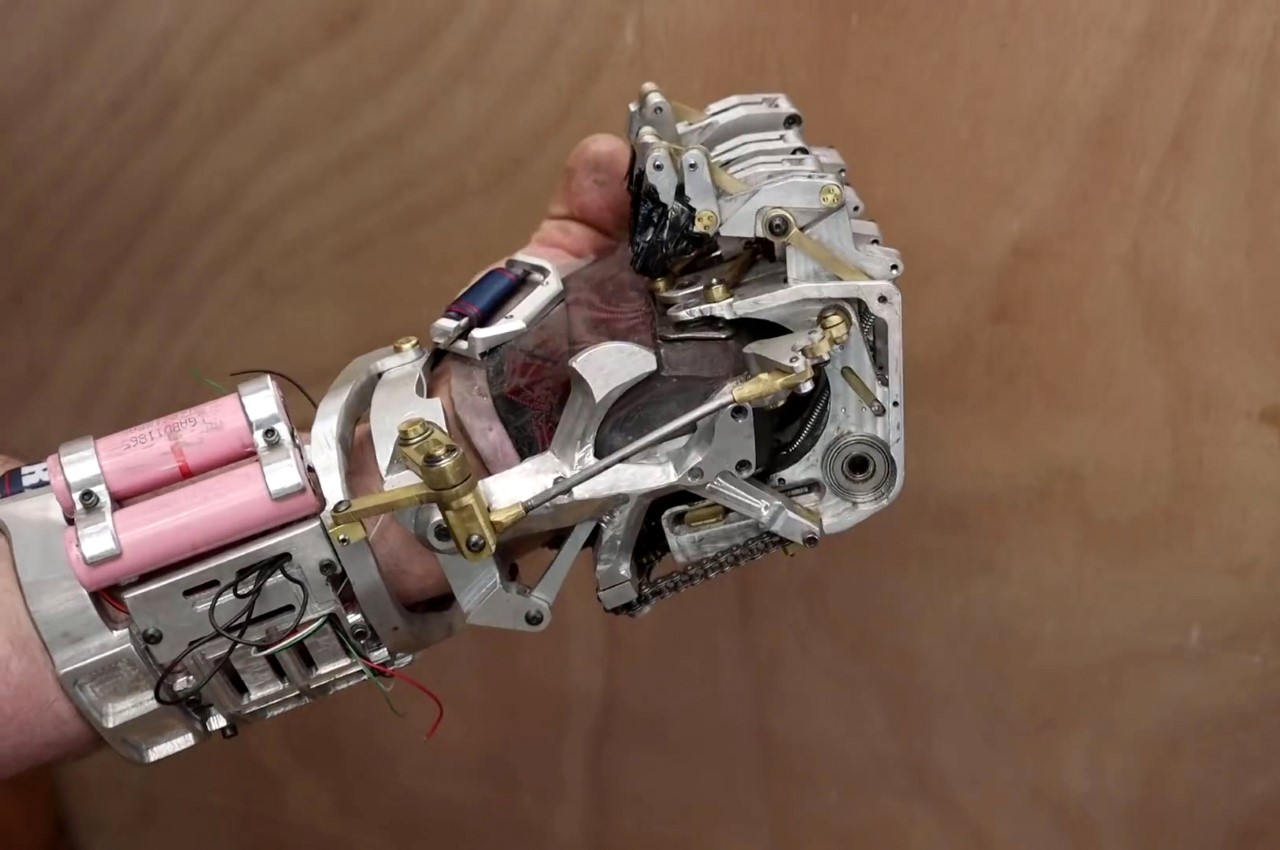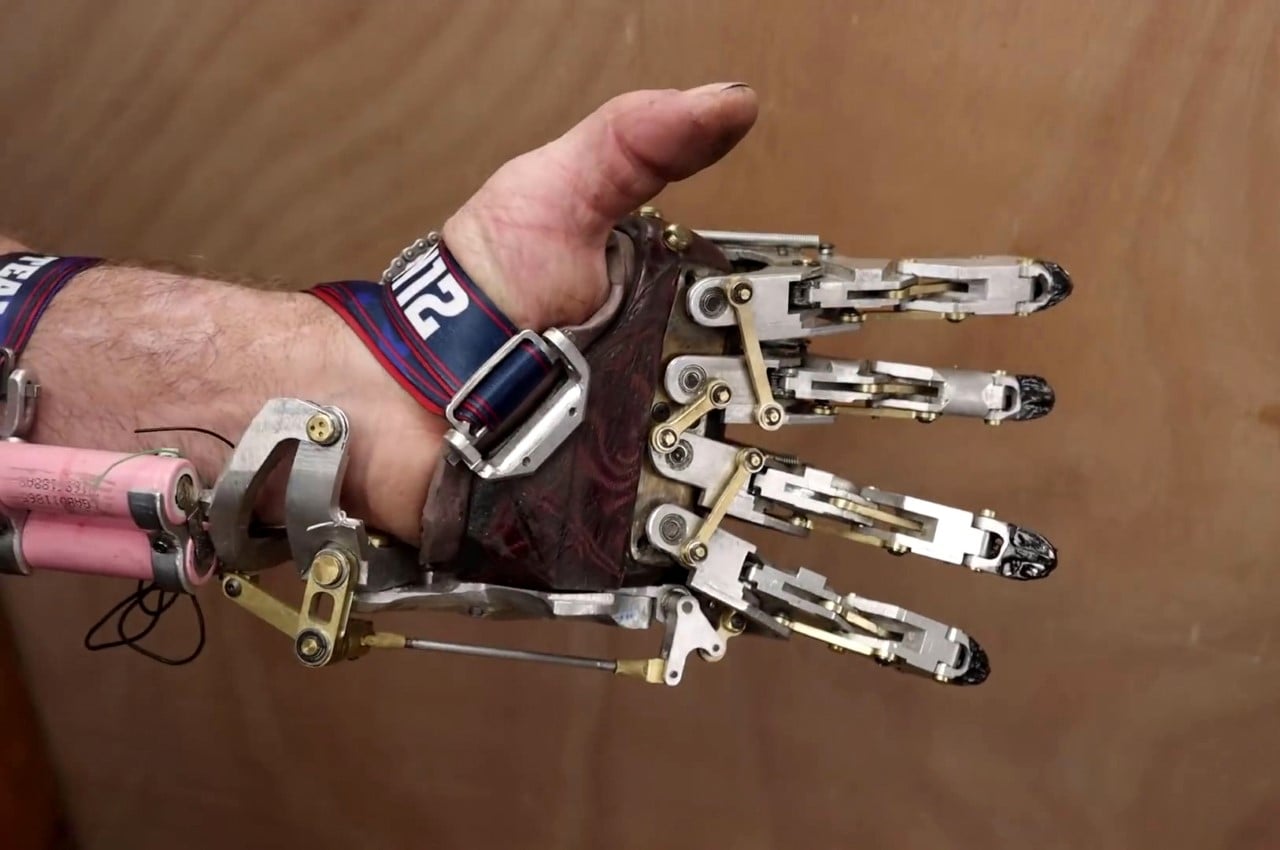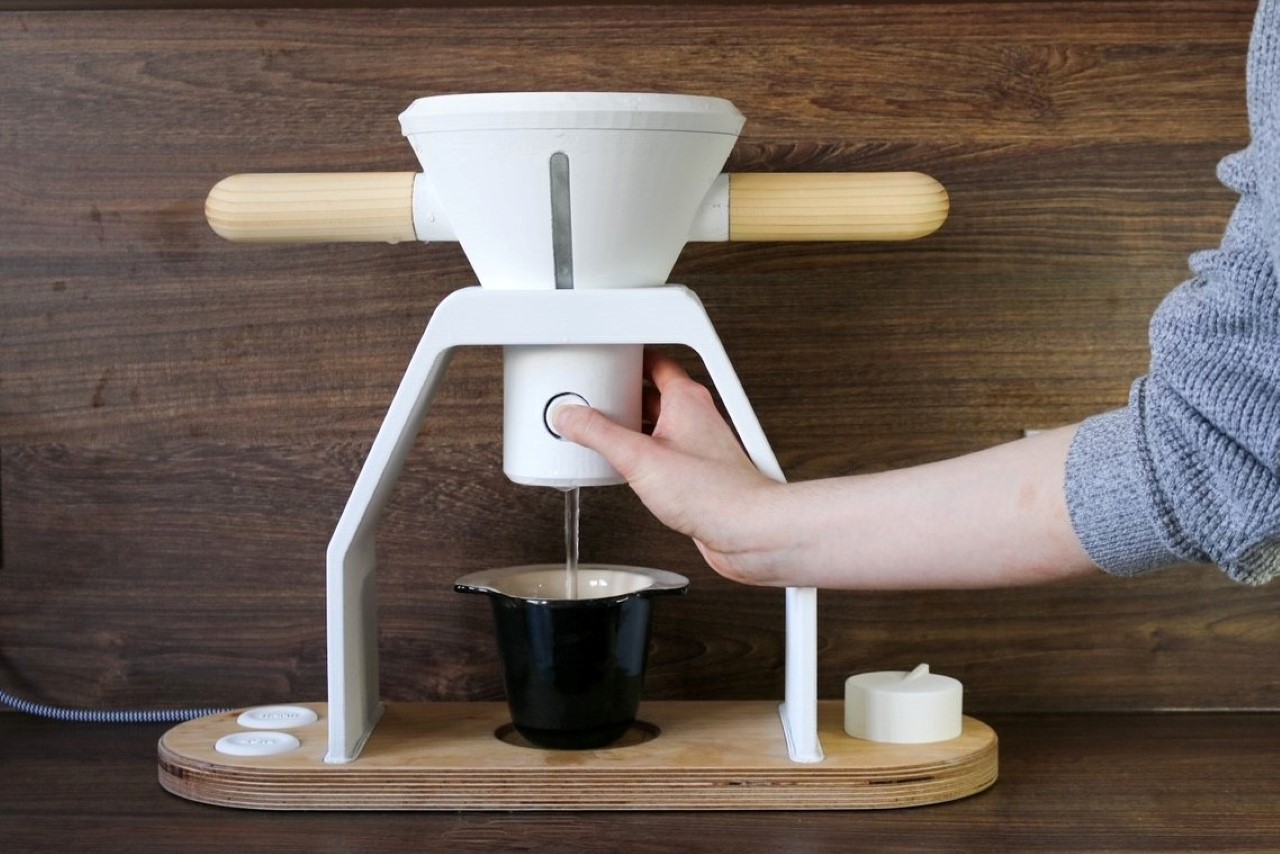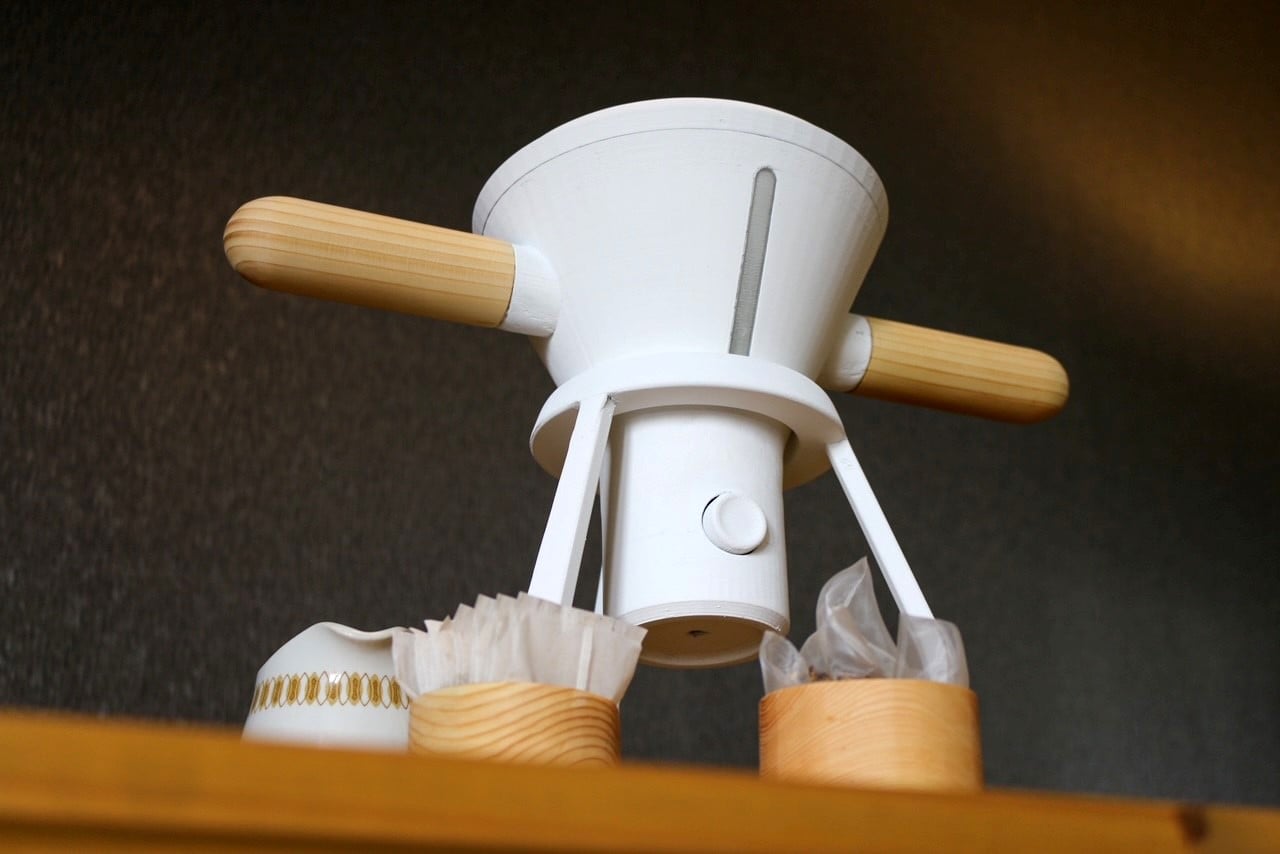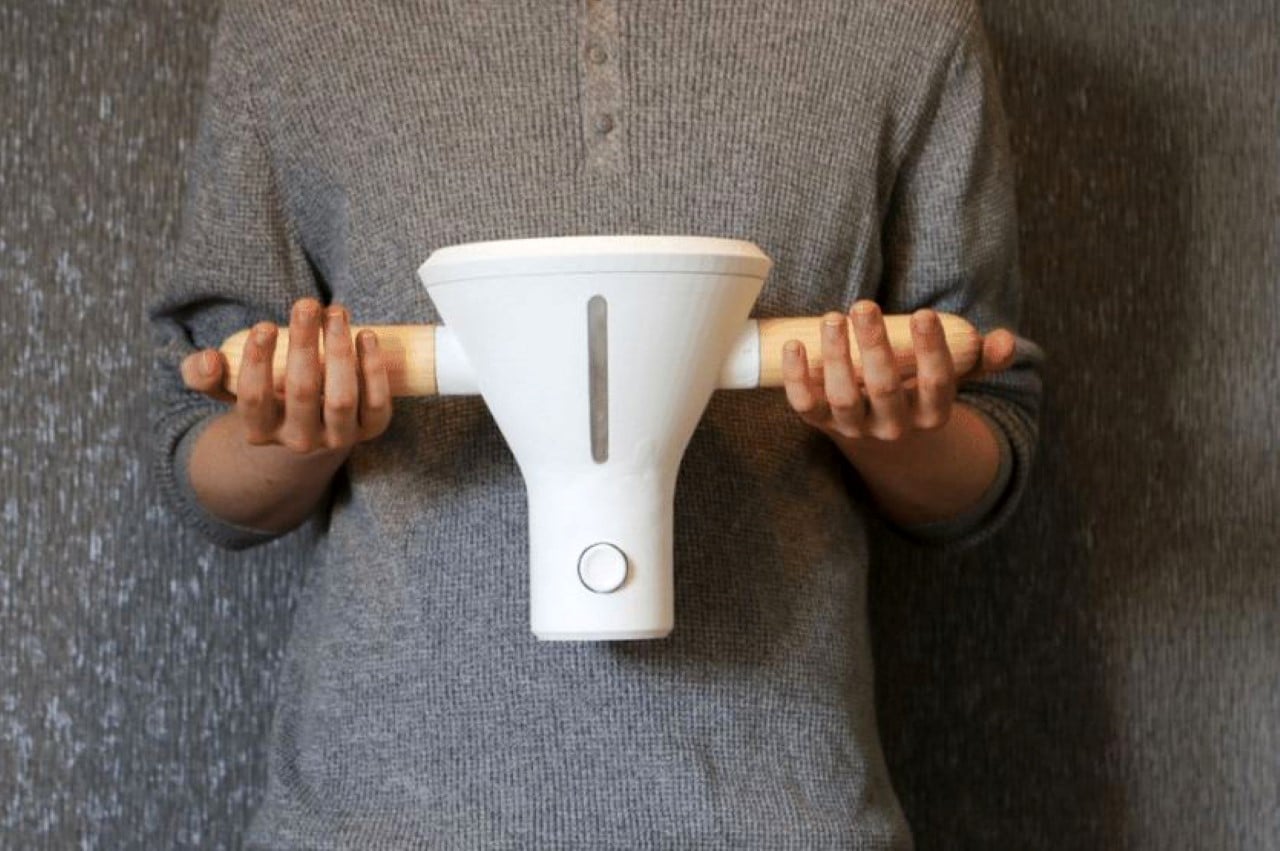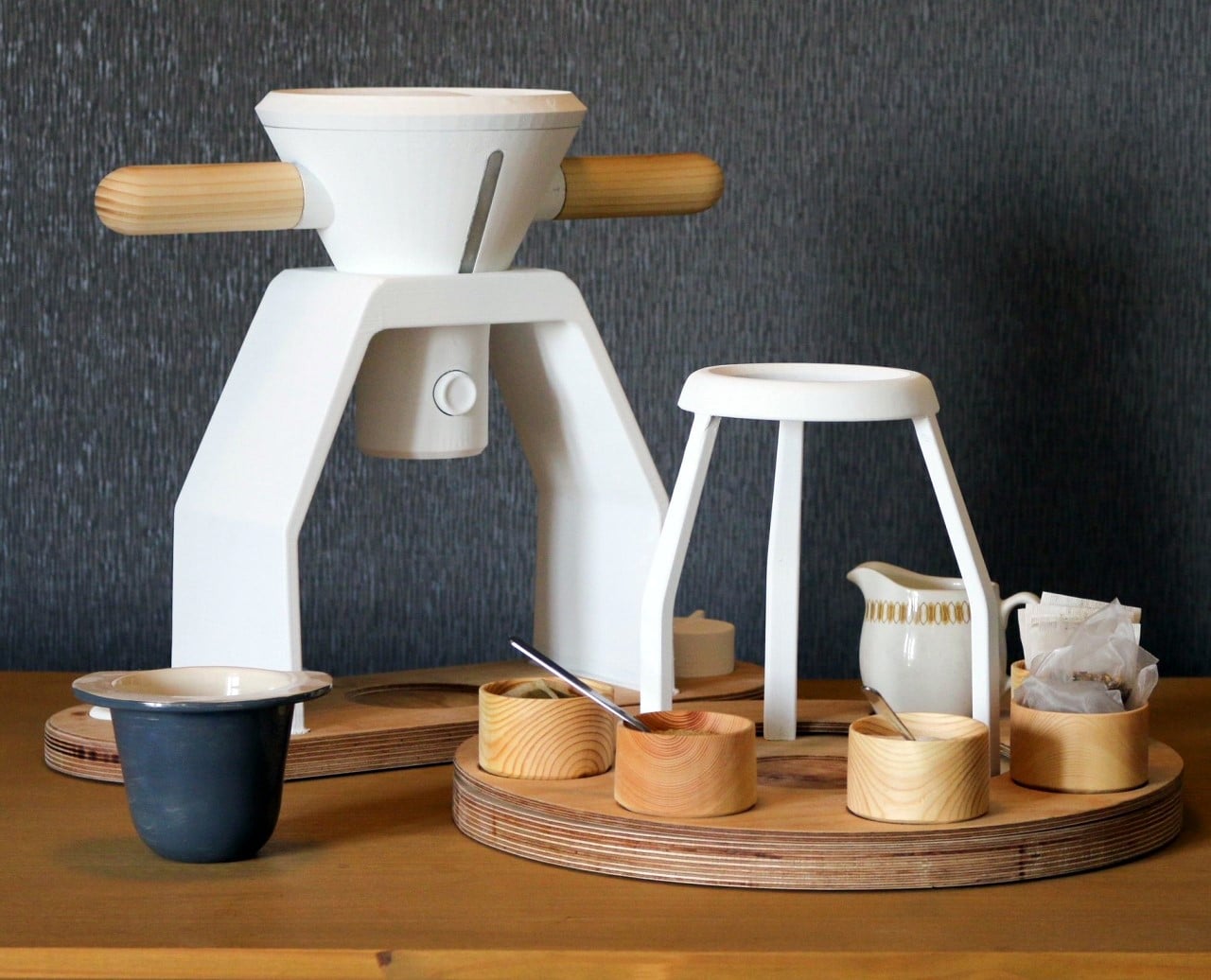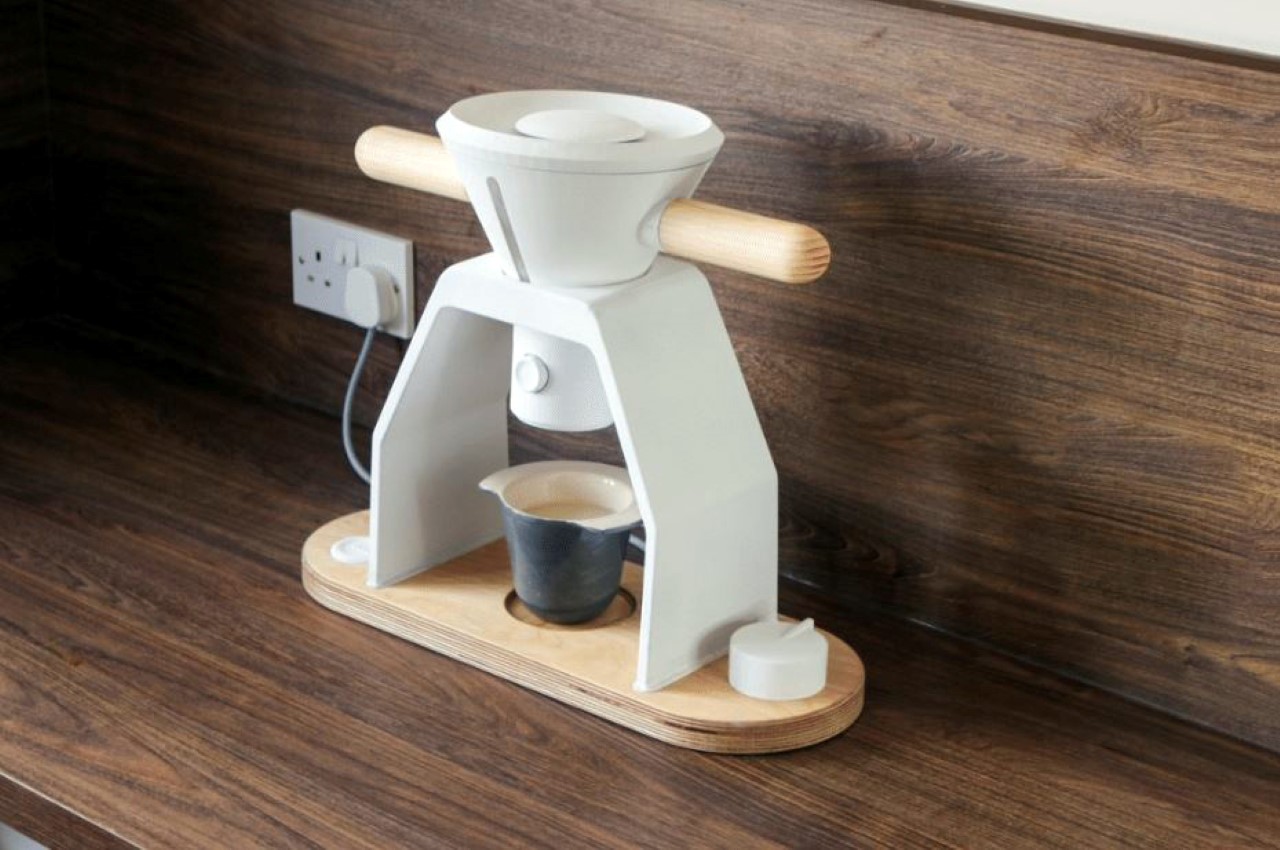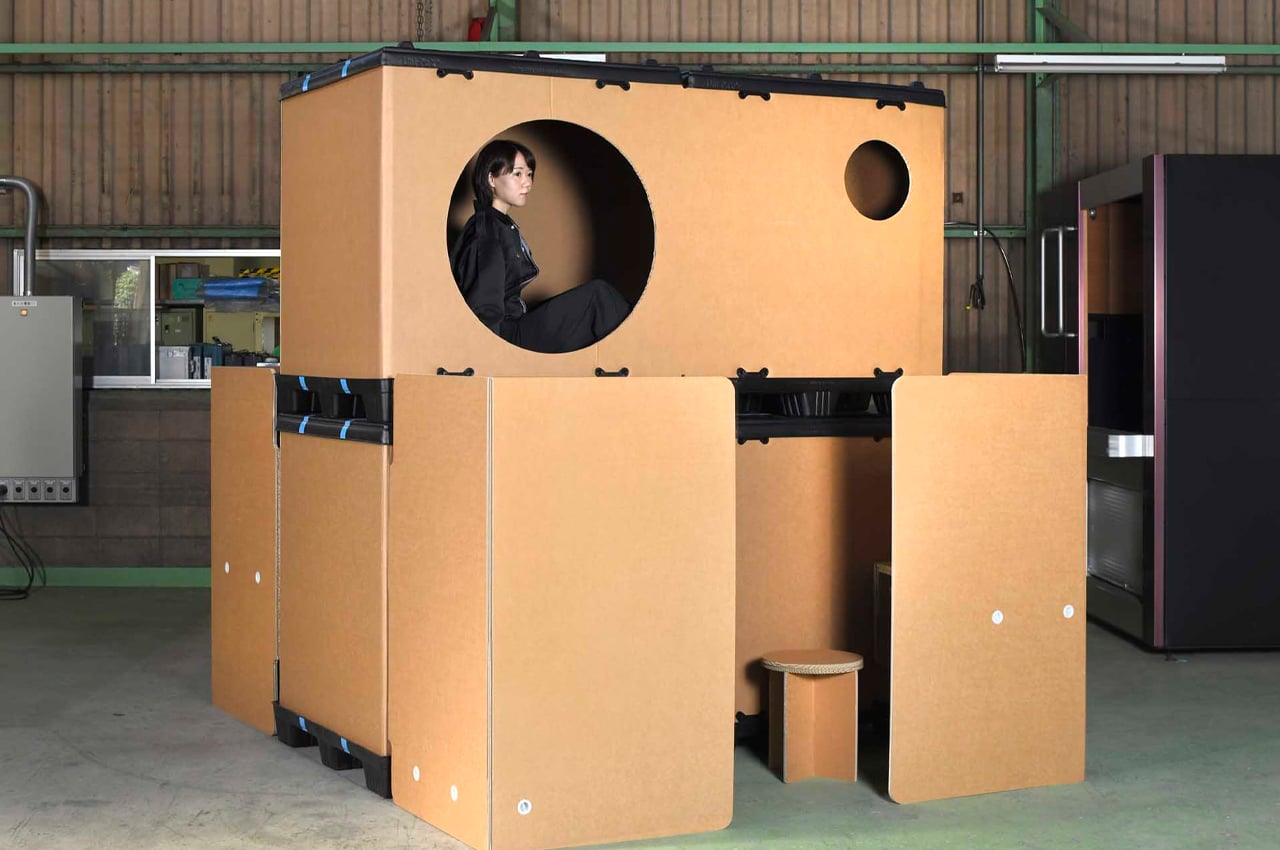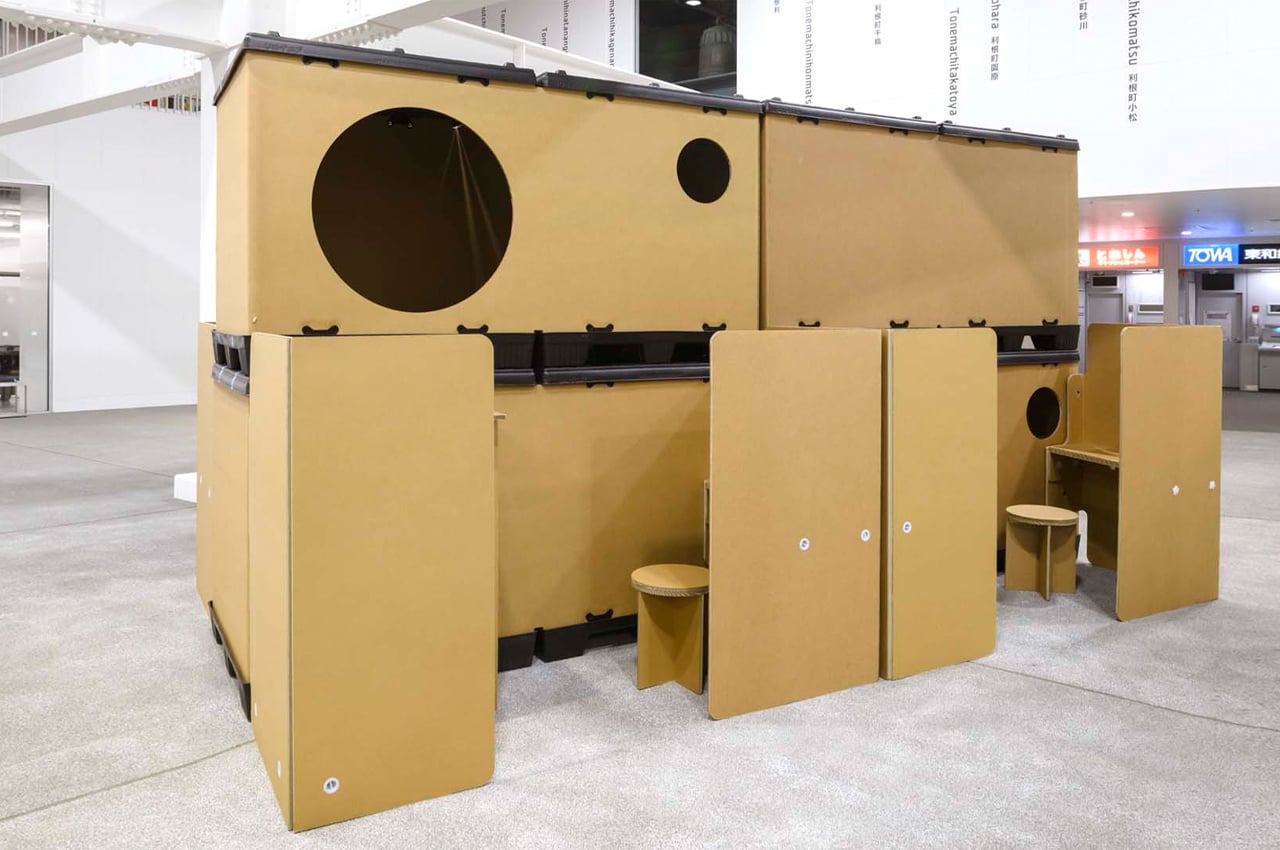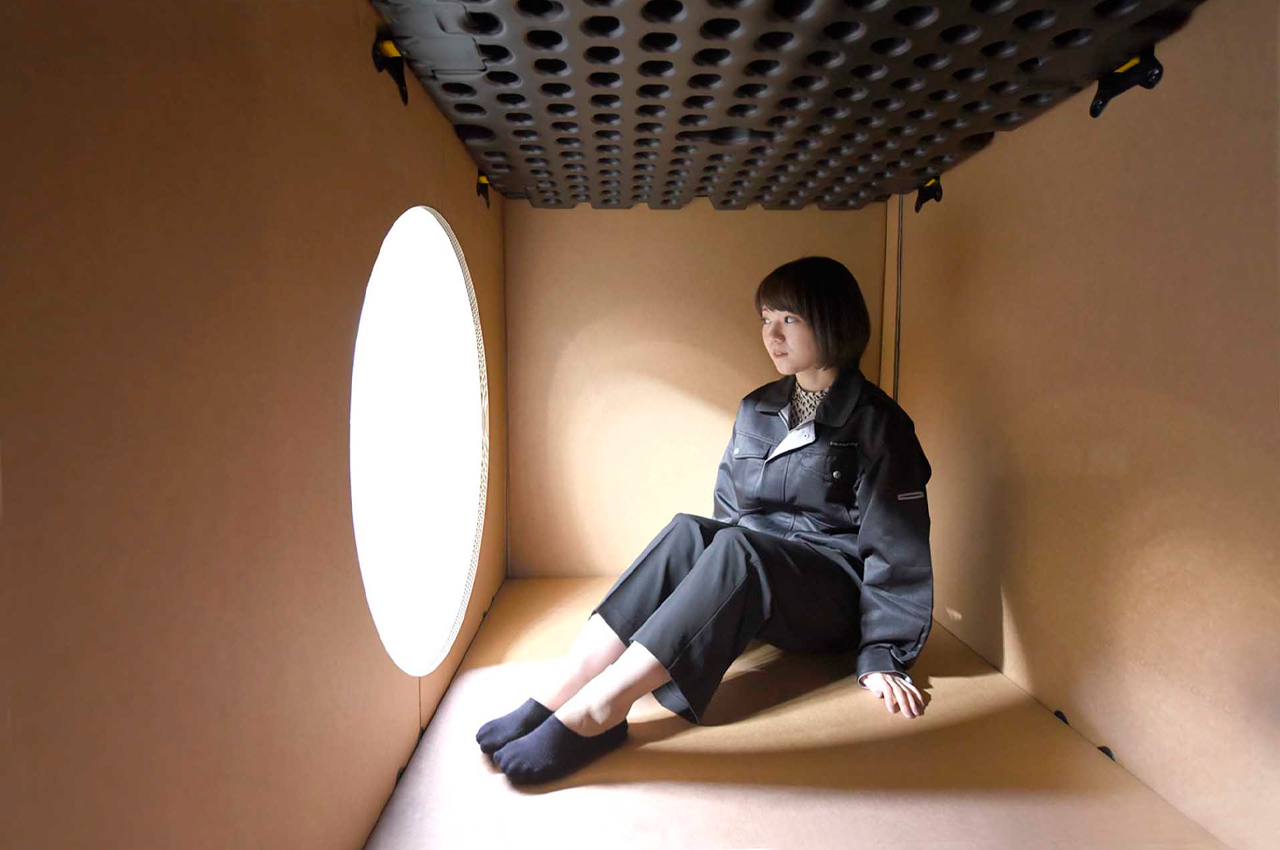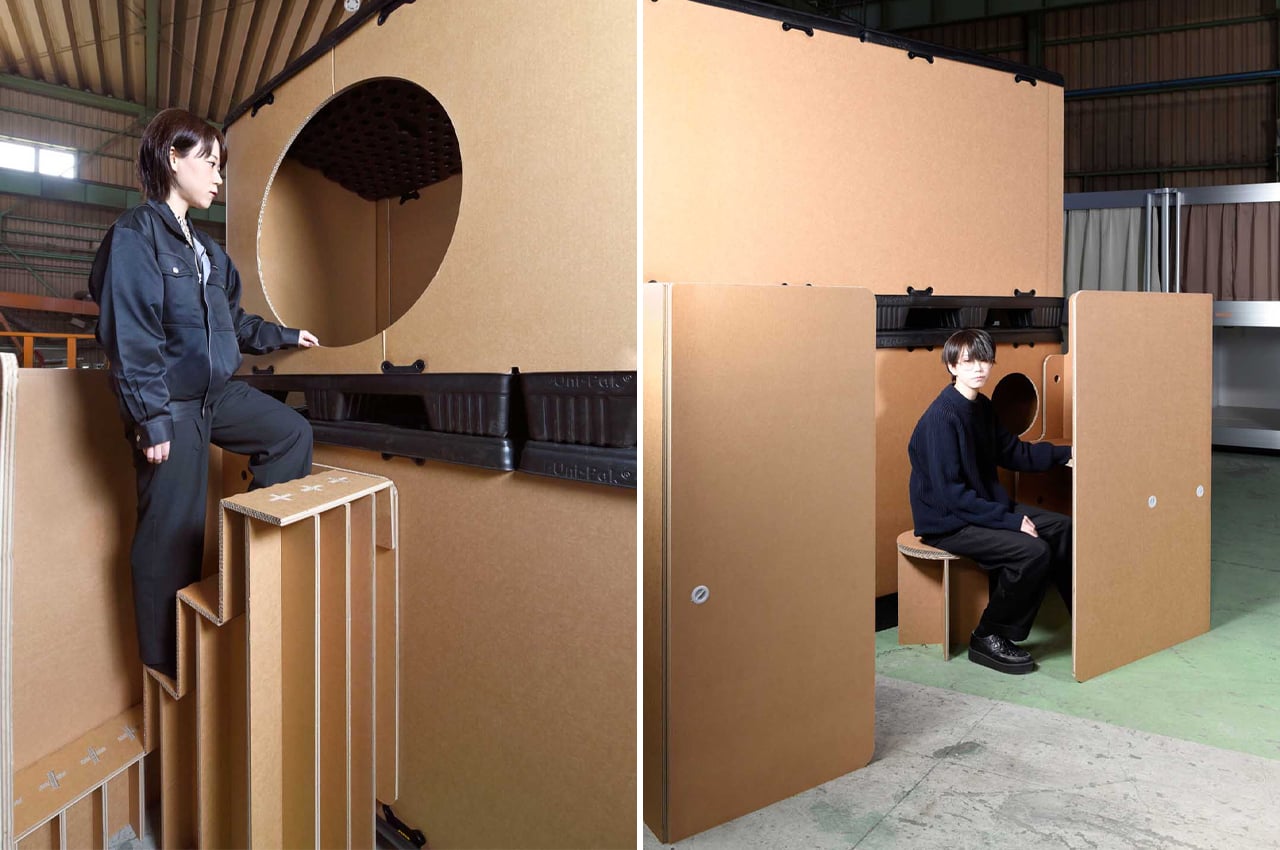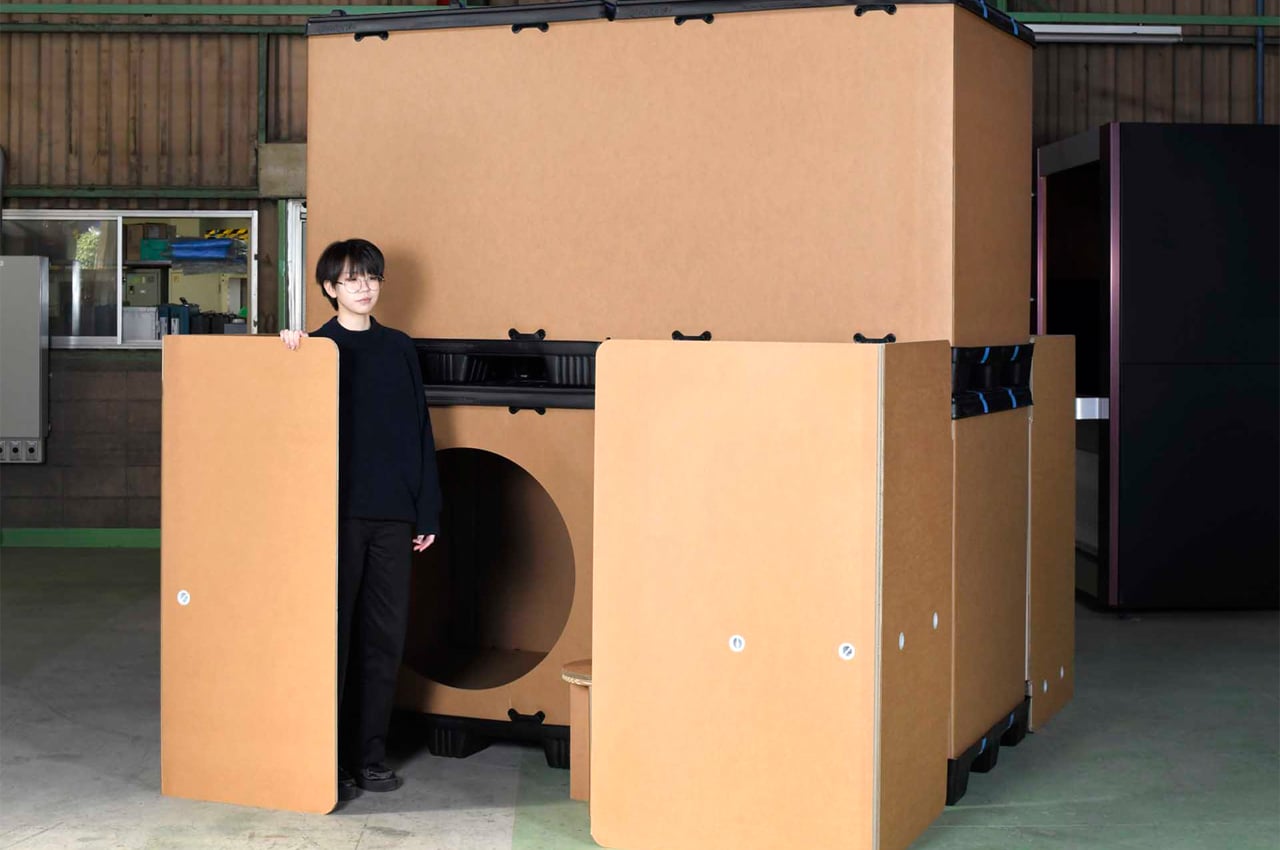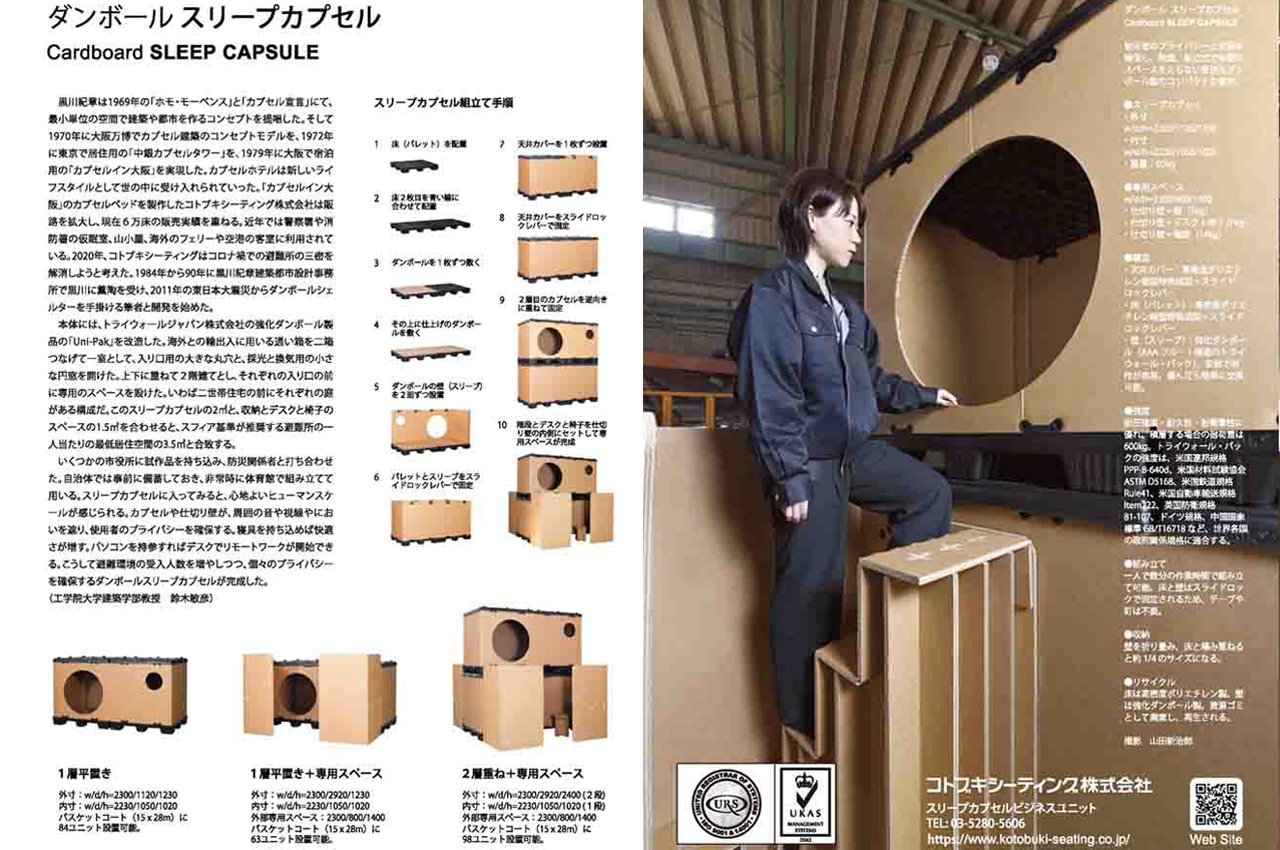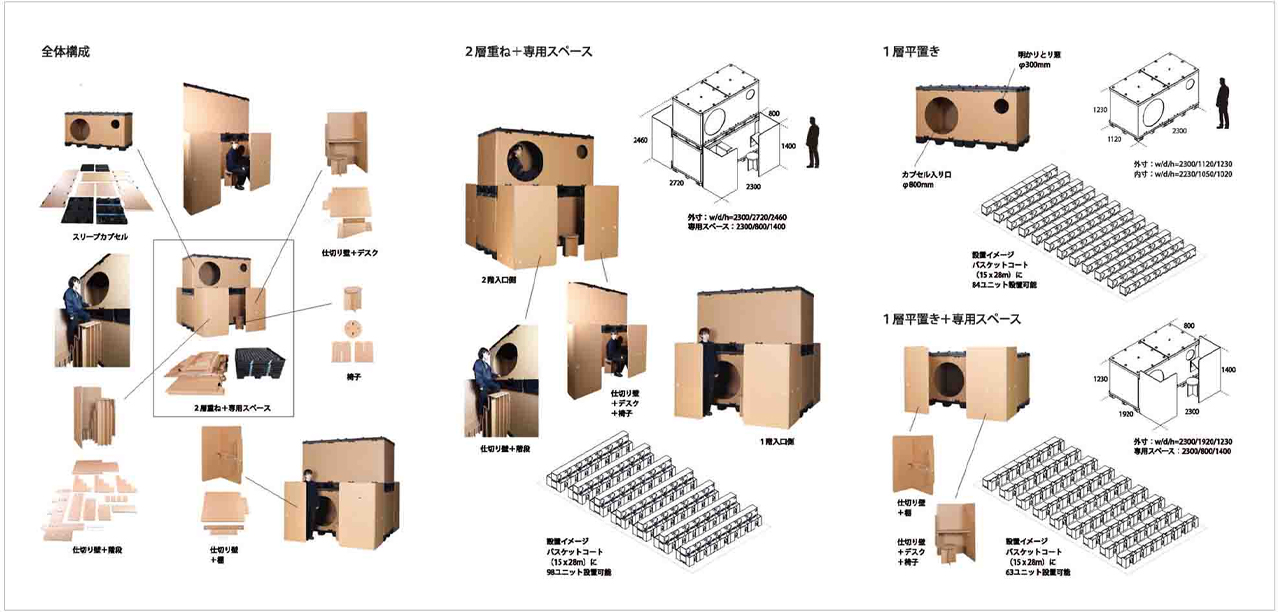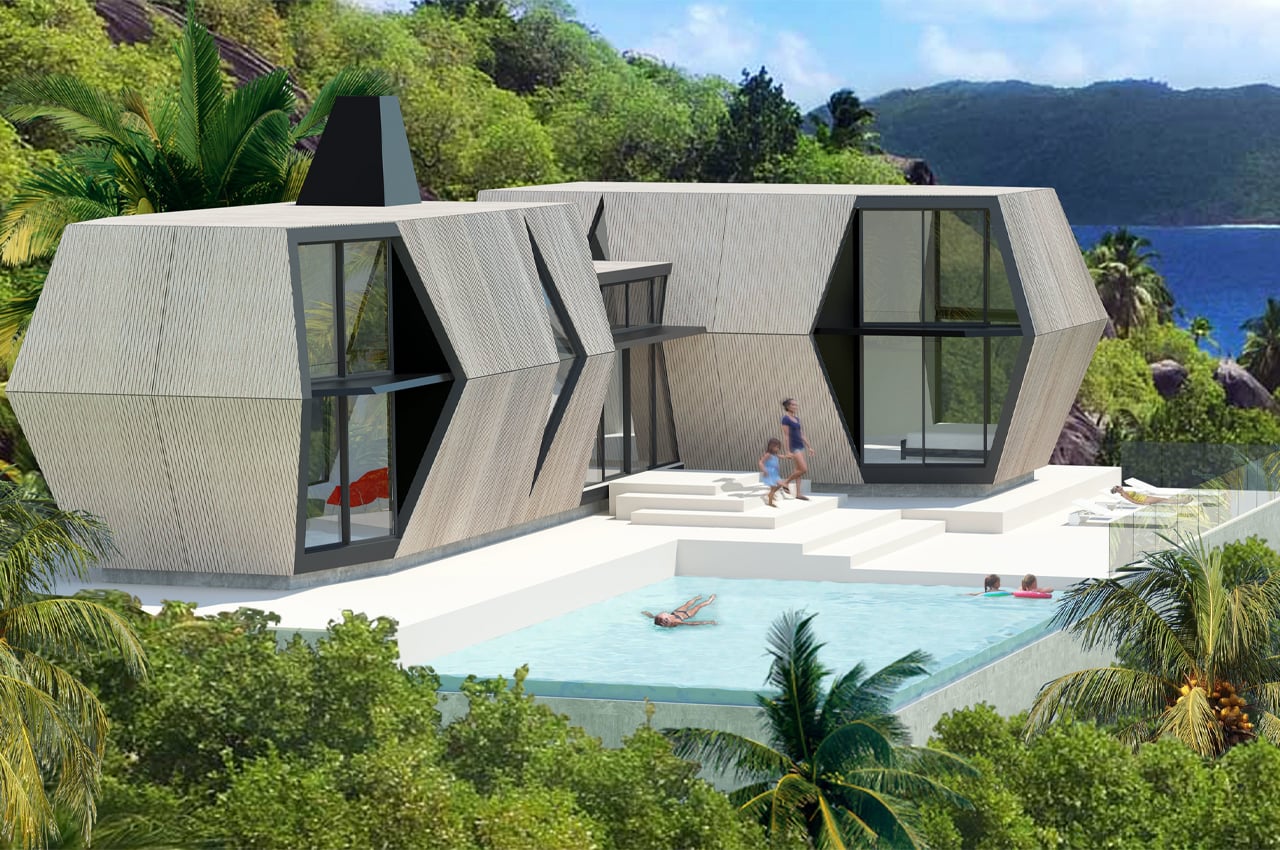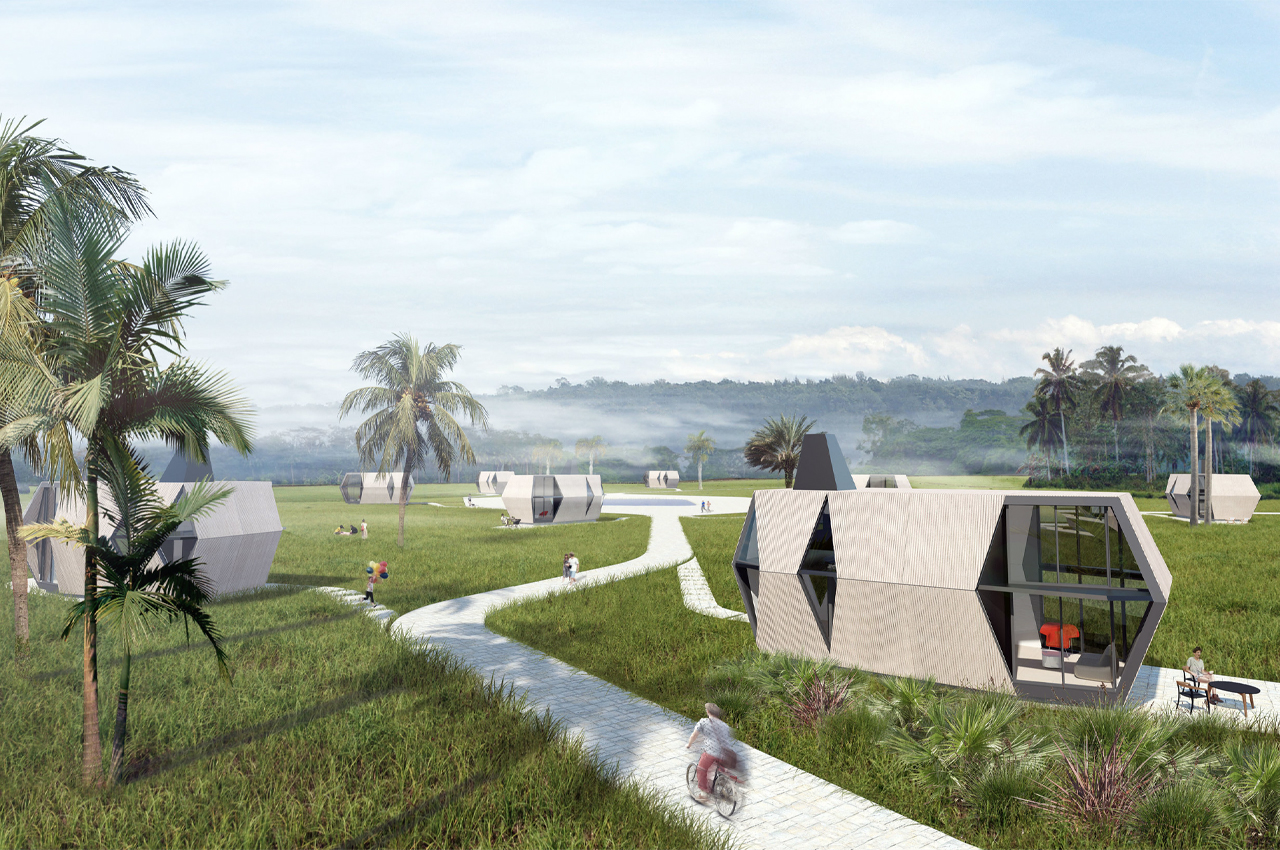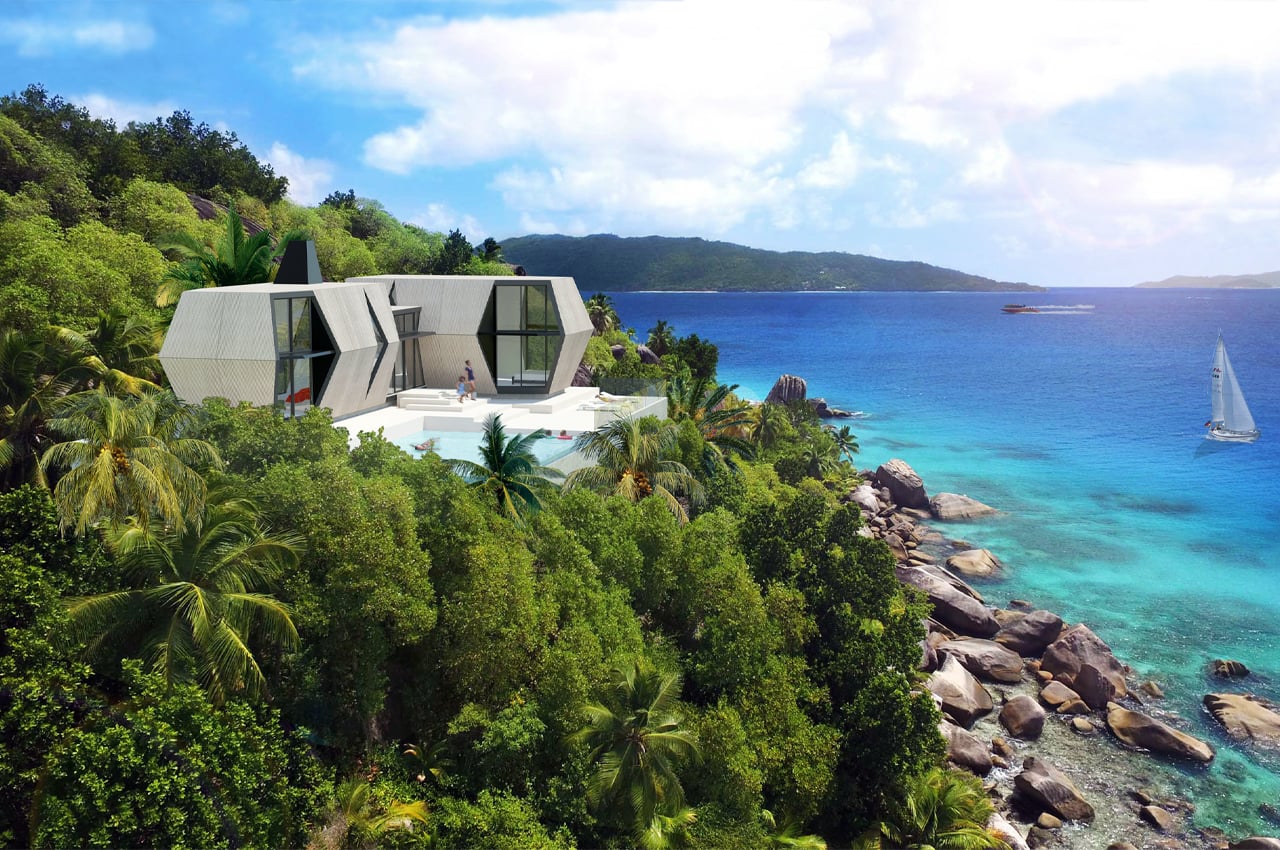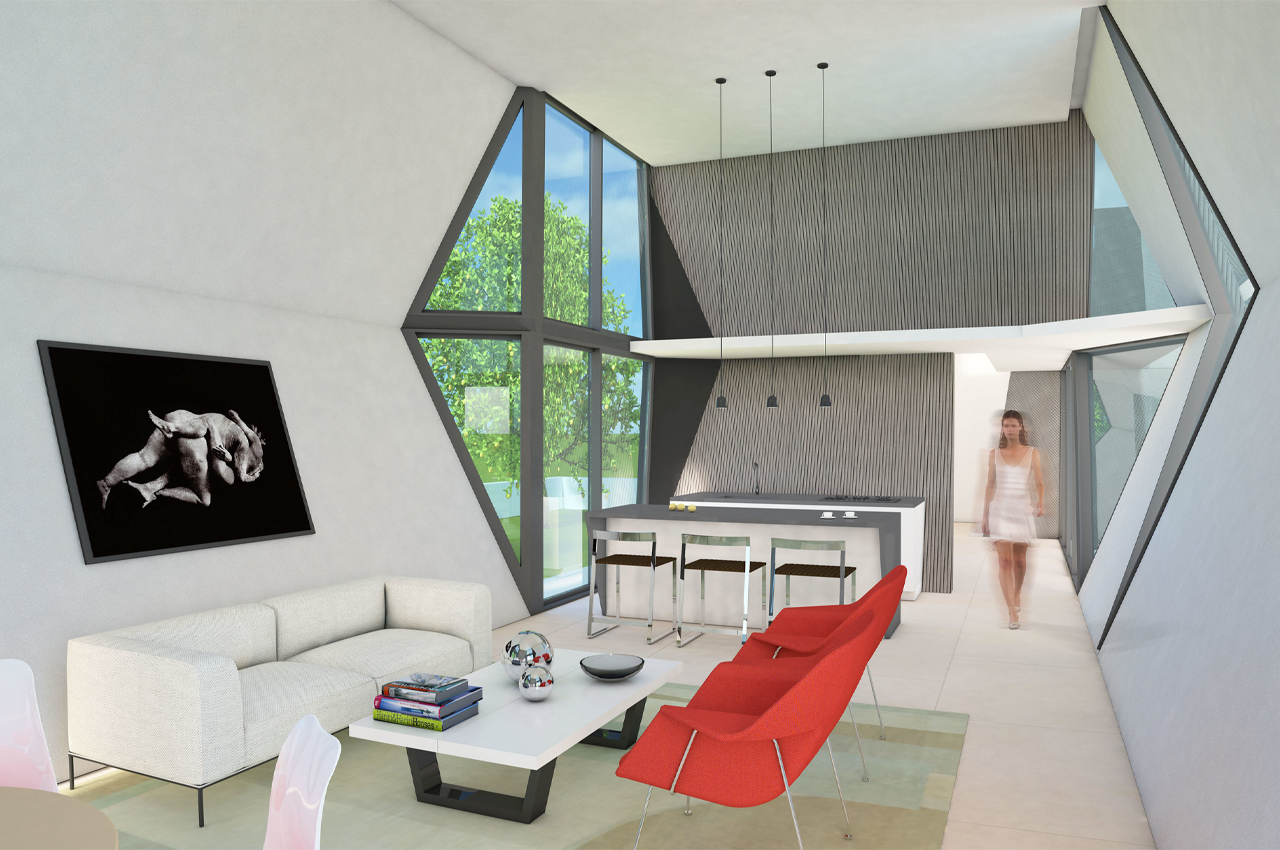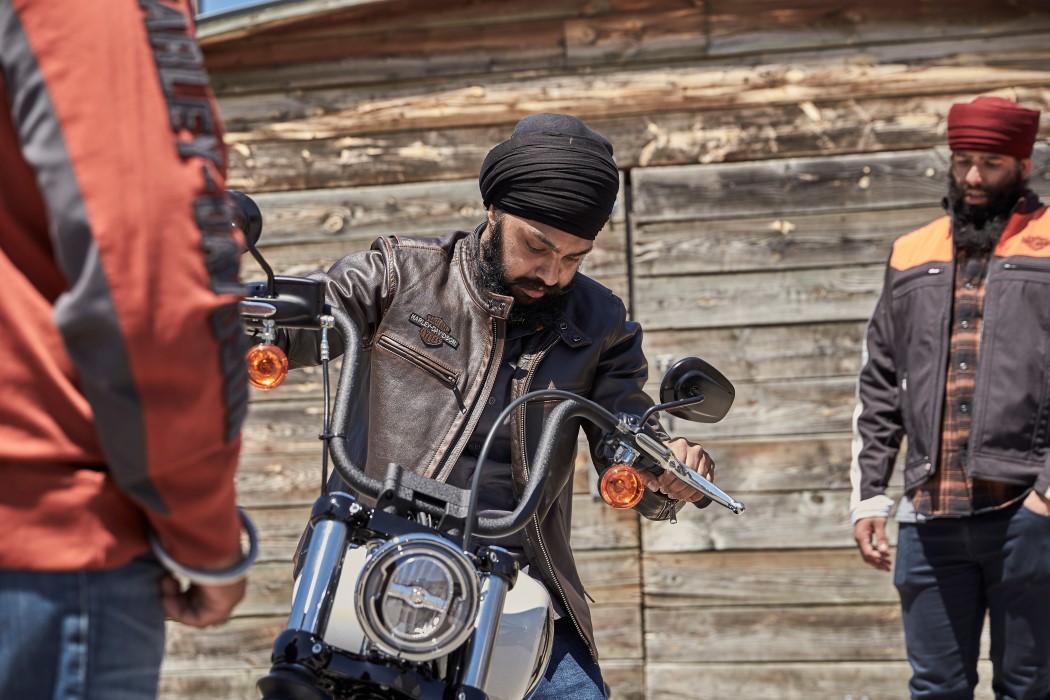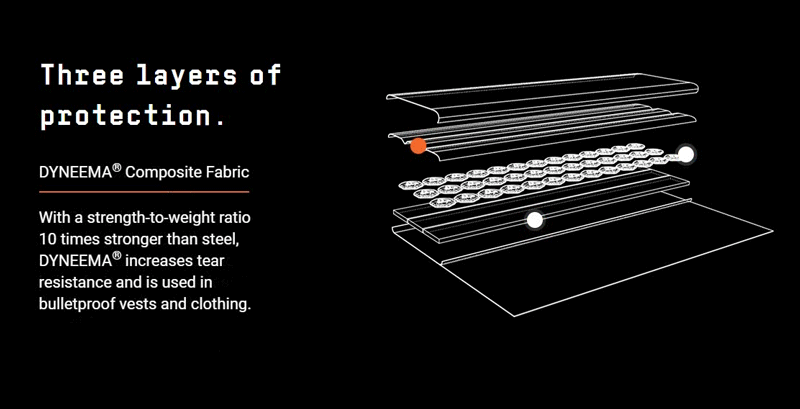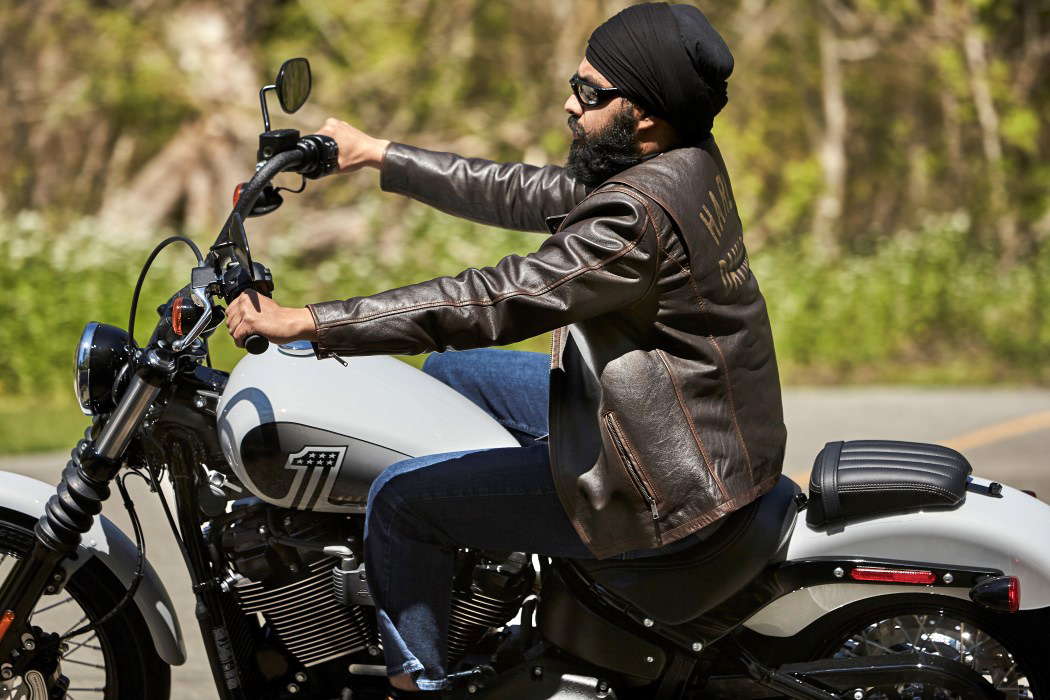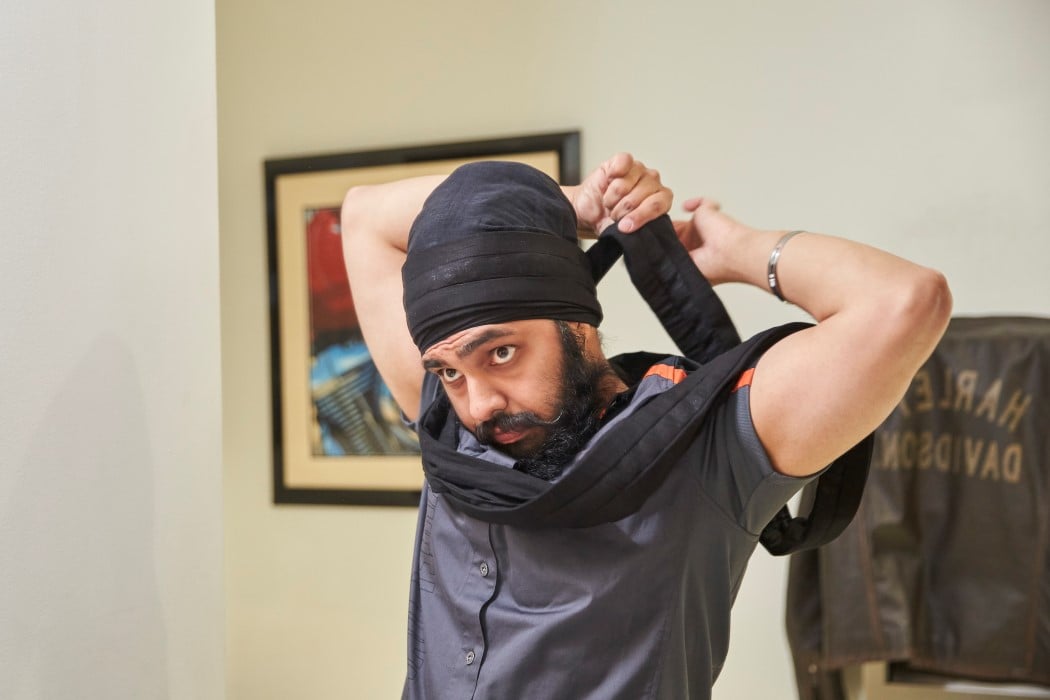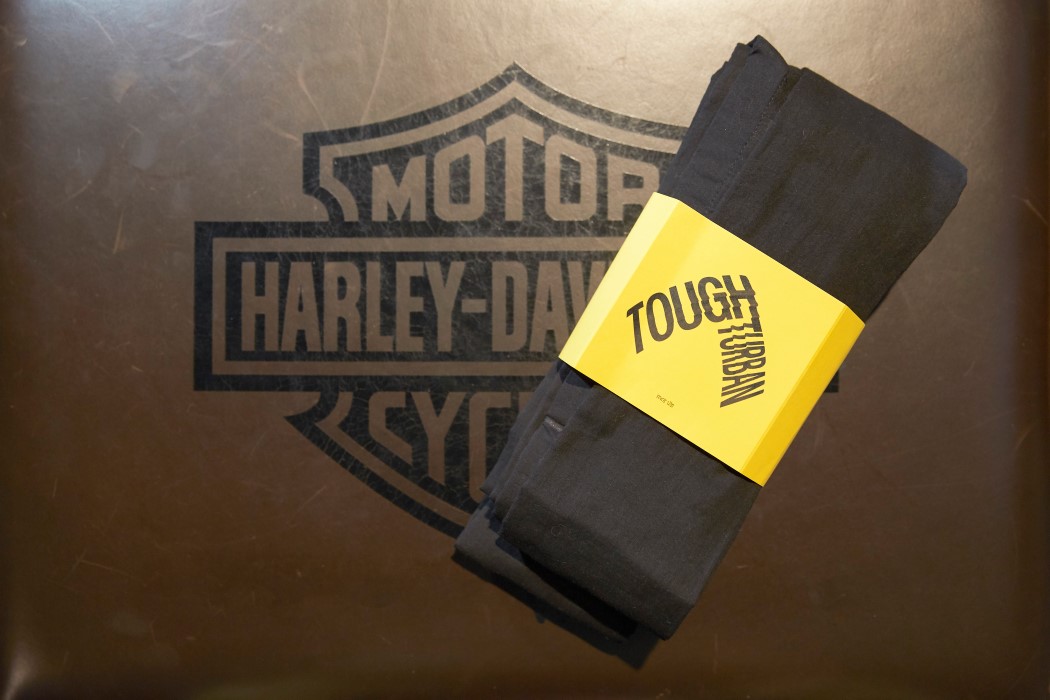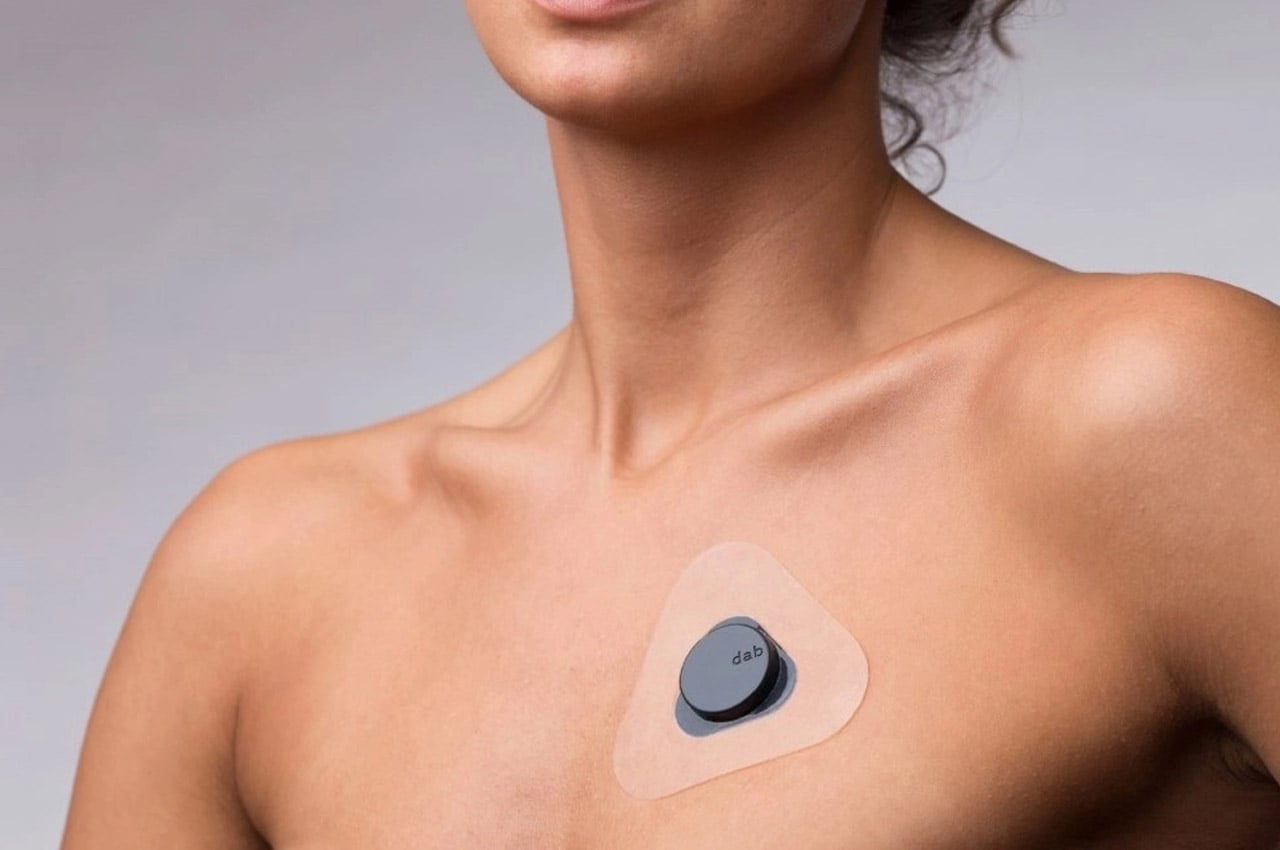
2020-21 has ingrained in me an age-old adage my mom loves to quote – health is wealth. Focus on our healthcare and the strain on our healthcare system has increased exponentially this year. While the world altogether has jumped up to help improve our healthcare systems, what can truly help is improved preventive methods, devices that help the patients monitor their health from home as well as to stay in touch with their doctors virtually while providing accurate data. The best example of the data’s impact is how an Apple Watch helped saved a man’s life by detecting problems with his heartbeat – and this is just the beginning. The products here show the best of healthcare we can provide to make this world a better place!
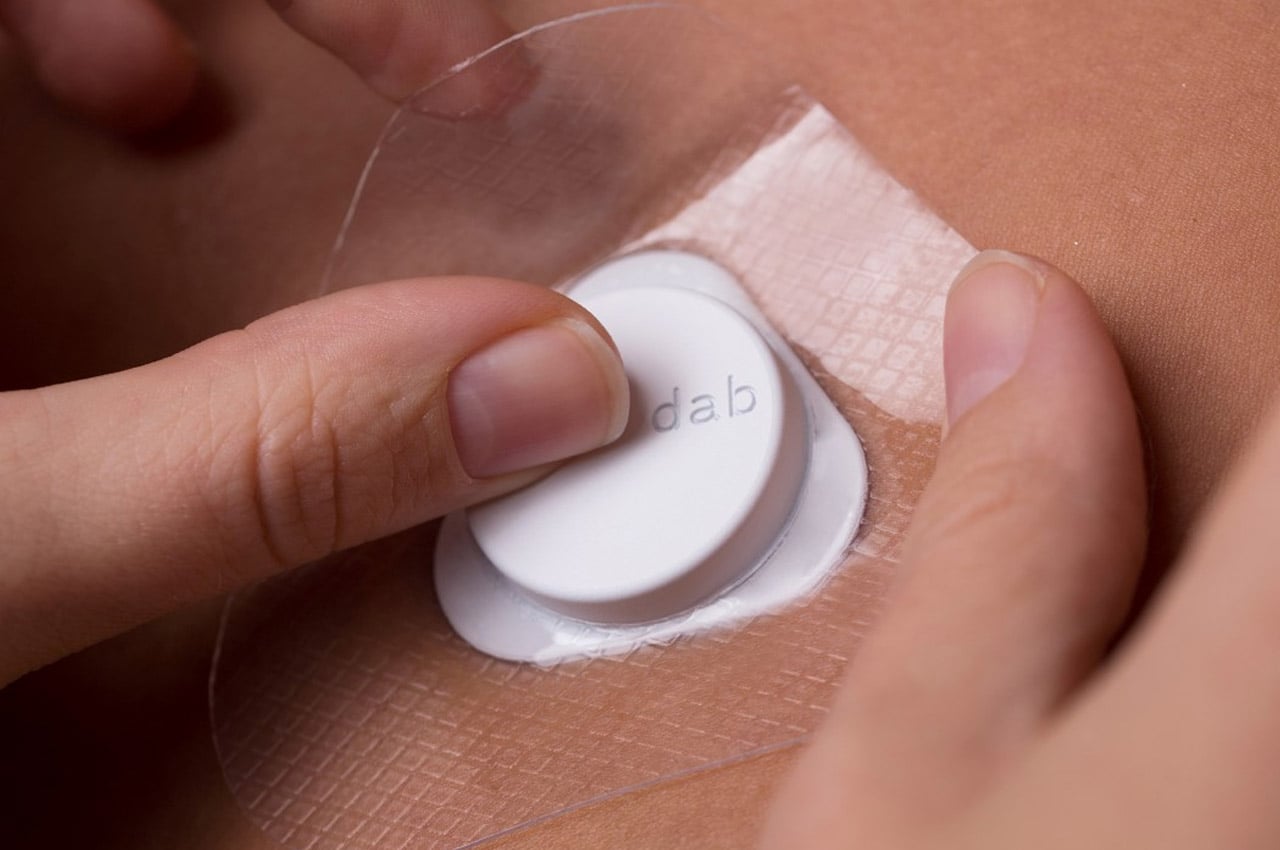
Literally, the size of a quarter, Adam Miklosi’s Dab is an unobtrusive Holter ECG/EKG that rests comfortably on your chest, constantly reading your heart’s movements. Designed to be minimal, non-invasive, and simple, the Dab tries to bridge the gap between medical appliances and wearables. Its tiny yet classy design sits on your chest via a gel patch, while the electrodes capture your heart activity. The Dab’s dry-electrodes allow it to be used and reused, while constantly measure one’s heart activity (requiring periodic charging via their wireless charging hub), and keep logs of accurate readings, quietly sitting on your chest while you absolutely forget that they’re even there in the first place!
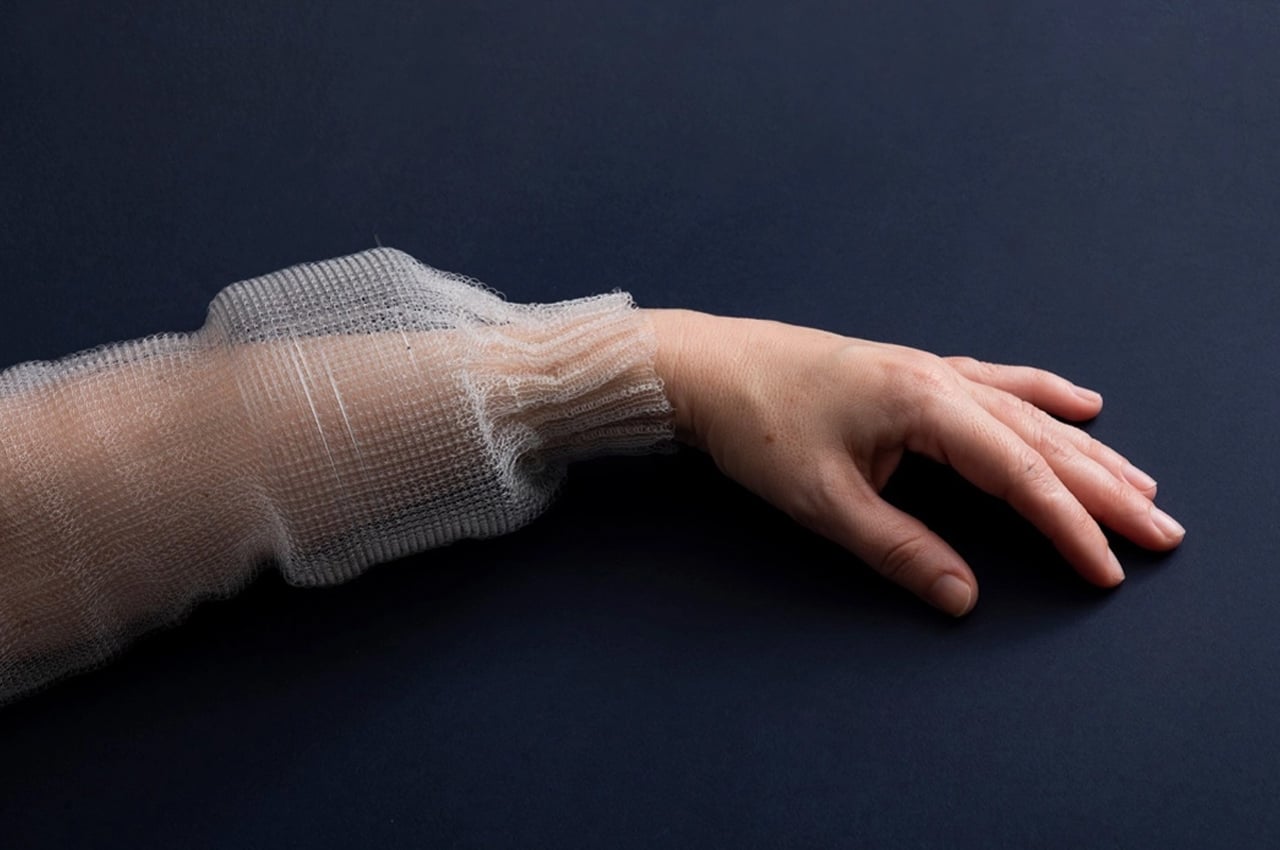
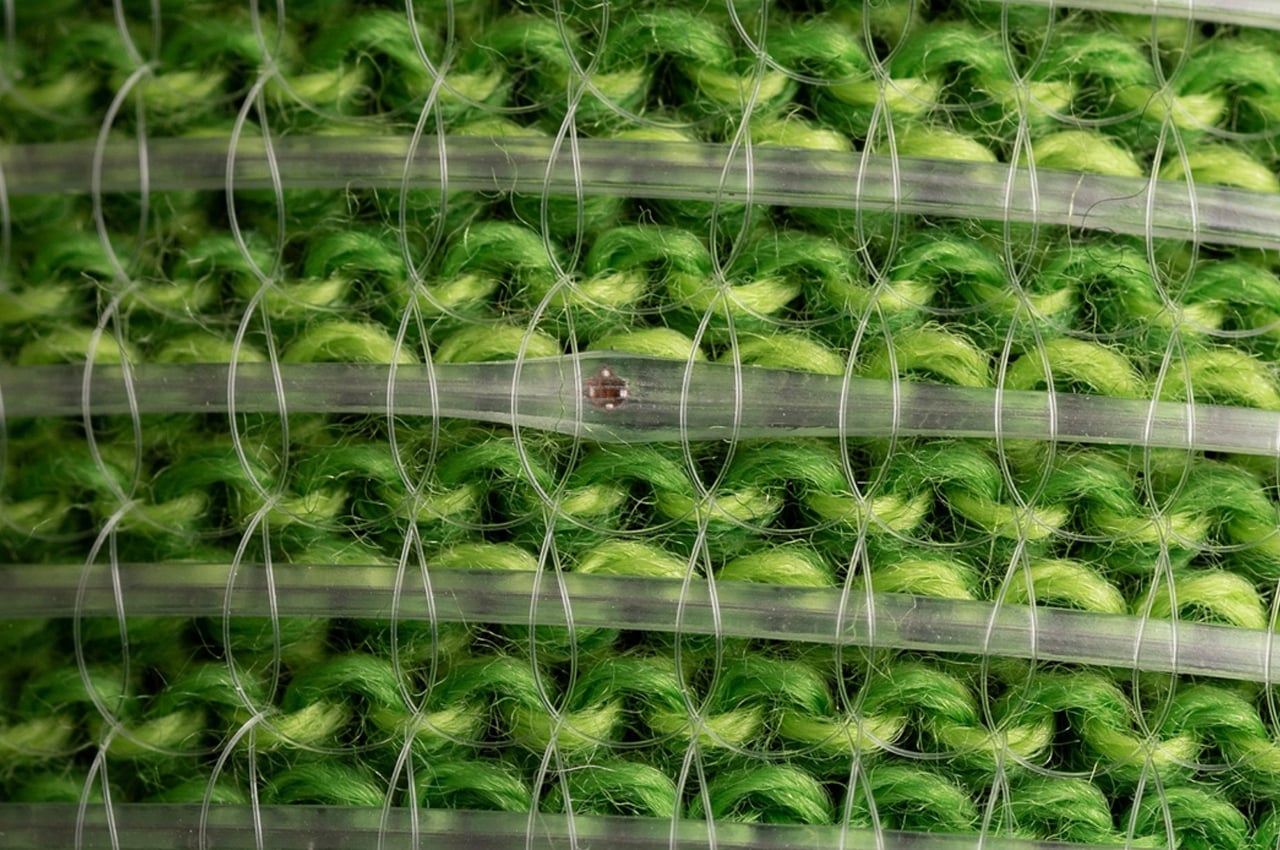
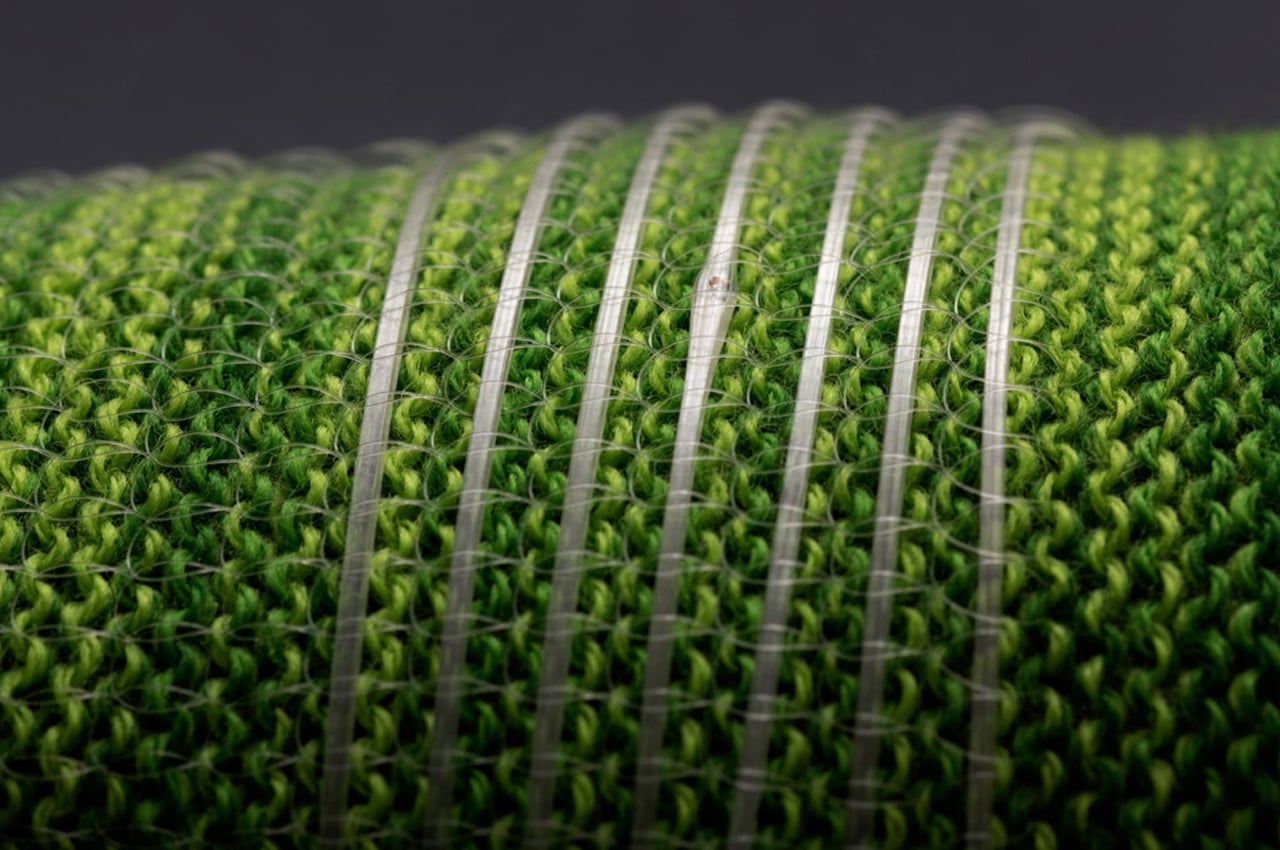
MIT scientist Yoel Fink has worked on developing smart fabrics for longer than a decade. In 2010, Fink and some of his colleagues produced fibers that could detect audio. A first for smart fabric developments, the fiber could be woven into a fabric, which transformed it into a needle-thin, working microphone. Today, the team of scientists continues work on spinning fibers into the smart fabric but moves past analog capabilities towards a digital future, weaving fibers that carry continuous electrical signals into a piece of wearable smart fabric. Published in a Nature Communications academic journal, Fink’s research suggests that the fibers carrying electrical signals could be woven into the wearable smart fabric for “applications in physiological monitoring, human-computer interfaces, and on-body machine-learning.”


While we can’t control accidents, we can be better prepared for them, and SCALED is a project from RCA aimed at doing exactly that – protecting and healing you to improve the quality of life to keep pace with longevity. This could be the next generation of casts that merge protection, healing, and mobility into one superhero-like wearable! Research shows that human joint injuries are often recurrent and likely to cause long-term immobility. Designer Natalie Kerres then looked at nature for inspiration to come up with a solution and zeroed down on animals that physically protected from threats by skin, shells, or scales. She wanted to design a product that mimicked the natural protection and healing while allowing flexibility – that is how SCALED was born. “The geometry of animal scales has changed through the process of evolution according to environmental parameters which are critical for survival. A scale structure is capable of impact force distribution and, moreover, is flexible in one direction and limiting/interlocking in another,” she explains.


Shuai decided to create a medical design solution for this country that could make CPR, the most helpful and effective implementation to save cardiac arrest victims, a more accessible service. That is how CANNE came to be! It raises the survival rate of out-of-hospital cardiac arrests by addressing the local, societal and cultural needs. He found out that implementation of CPR is extremely low, only 4.5% in large and medium-sized cities in China while a country like Sweden has a rate of 46-73%. He wanted his project to provide a flexible and efficient self-directed CPR learning solution to encourage more people to learn and improve their life-saving skills. CANNE addresses the problem of people not having the motivation to join a CPR course because of fewer opportunities, fewer interests, high cost, fast-paced lifestyle, and less awareness. CPR training also requires mannequins which are expensive and given the population of China, teaching cost is a big factor to keep in mind. The less qualified full-time instructors, short supply, and overworked skilled physicians were other significant barriers that were uncovered during research.
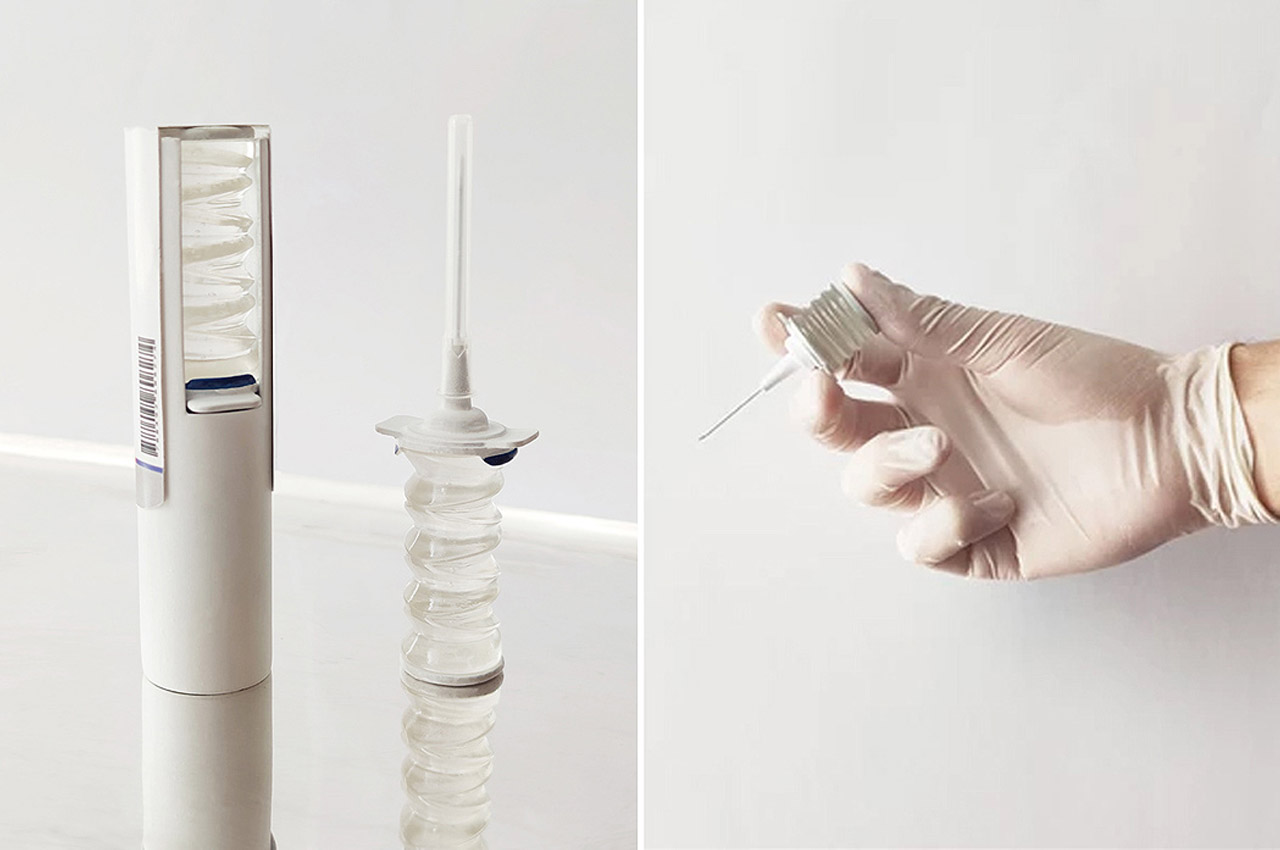
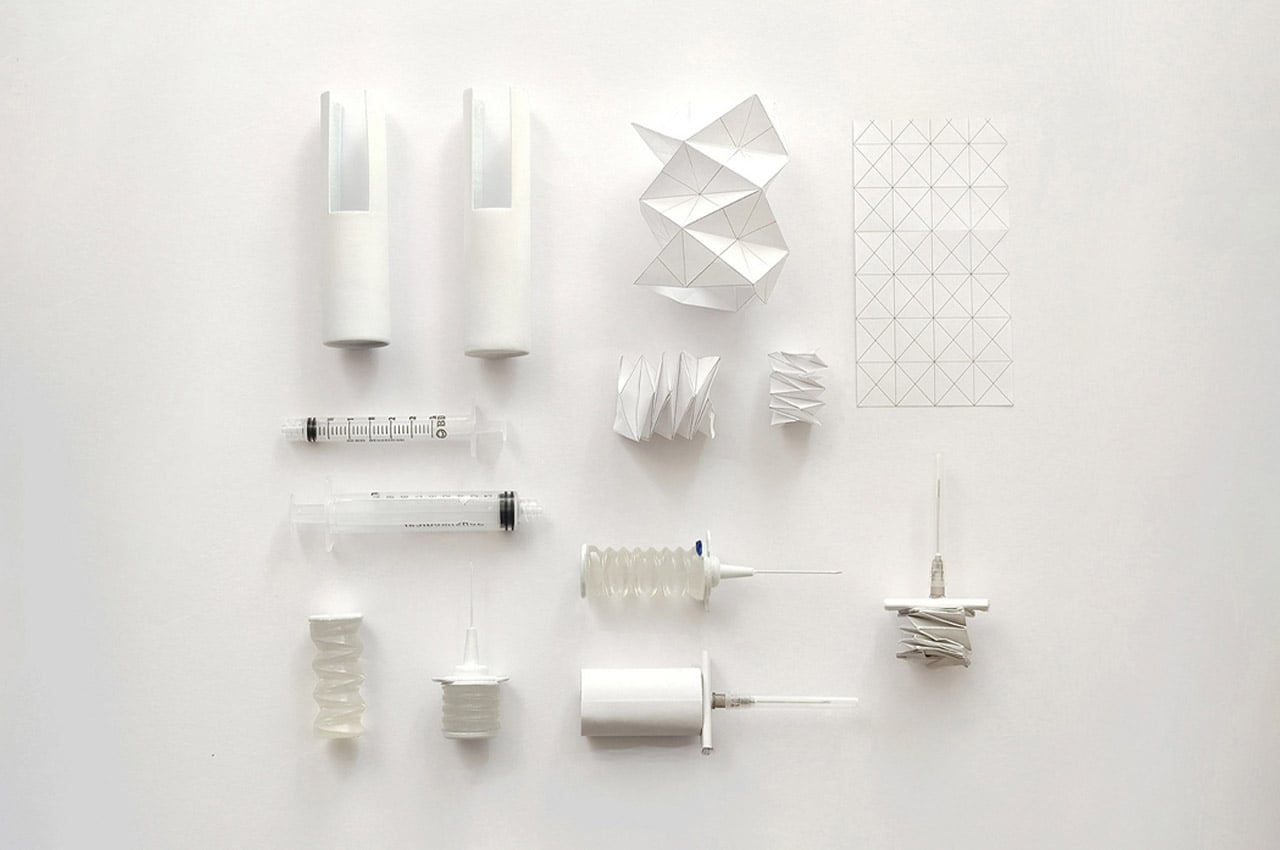
A conventional syringe, those plastic tubes with the string-thin steel needle, requires the use of five different materials for construction including steel, polyethylene, rubber, resin, glue, and thermal dye. To make the construction process less laborious and costly, Helix is constructed from a single material: FlexiOH UV, a heat-curable type of silicone. To maintain Helix’s collapsible parts’ flexibility and the needle’s rigidity, the designers employed thermal-curing, a temperature-induced hardening process.
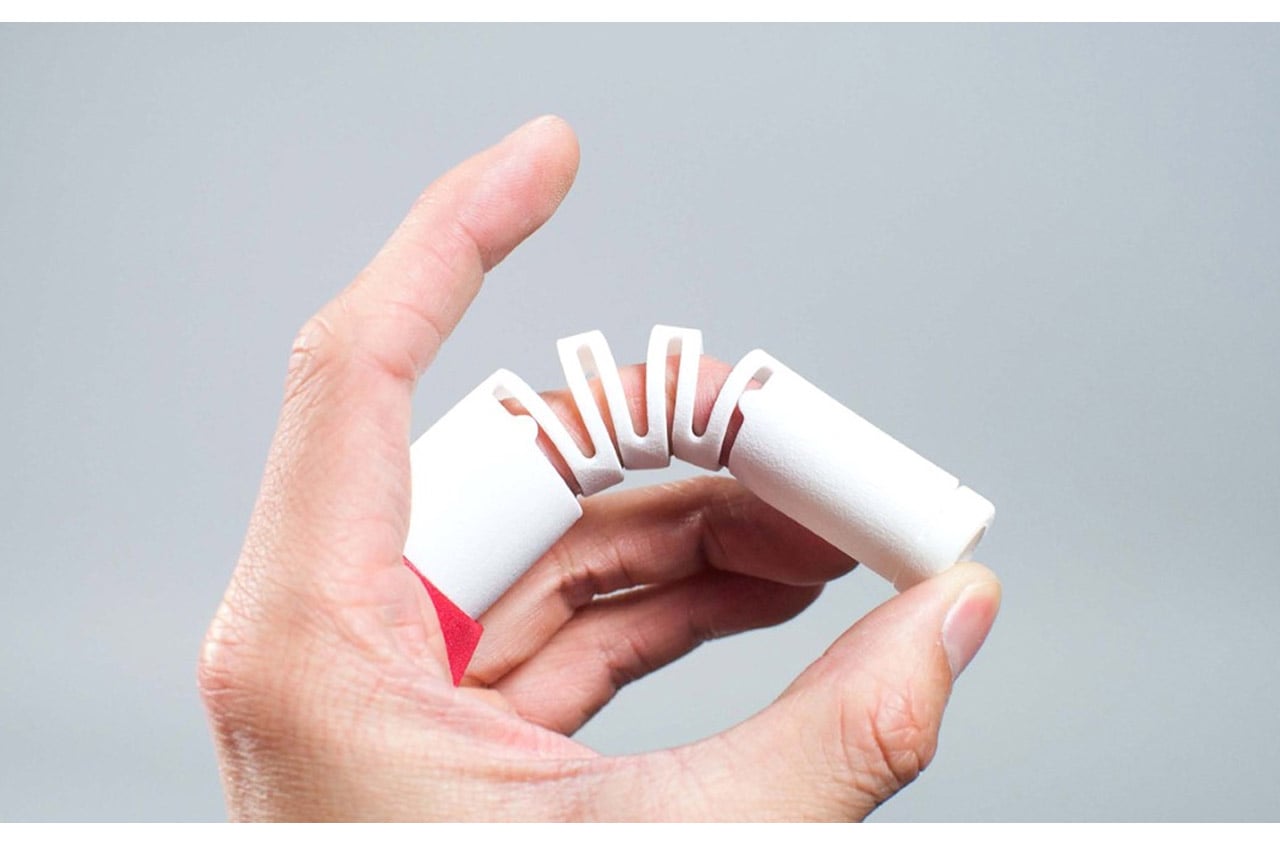
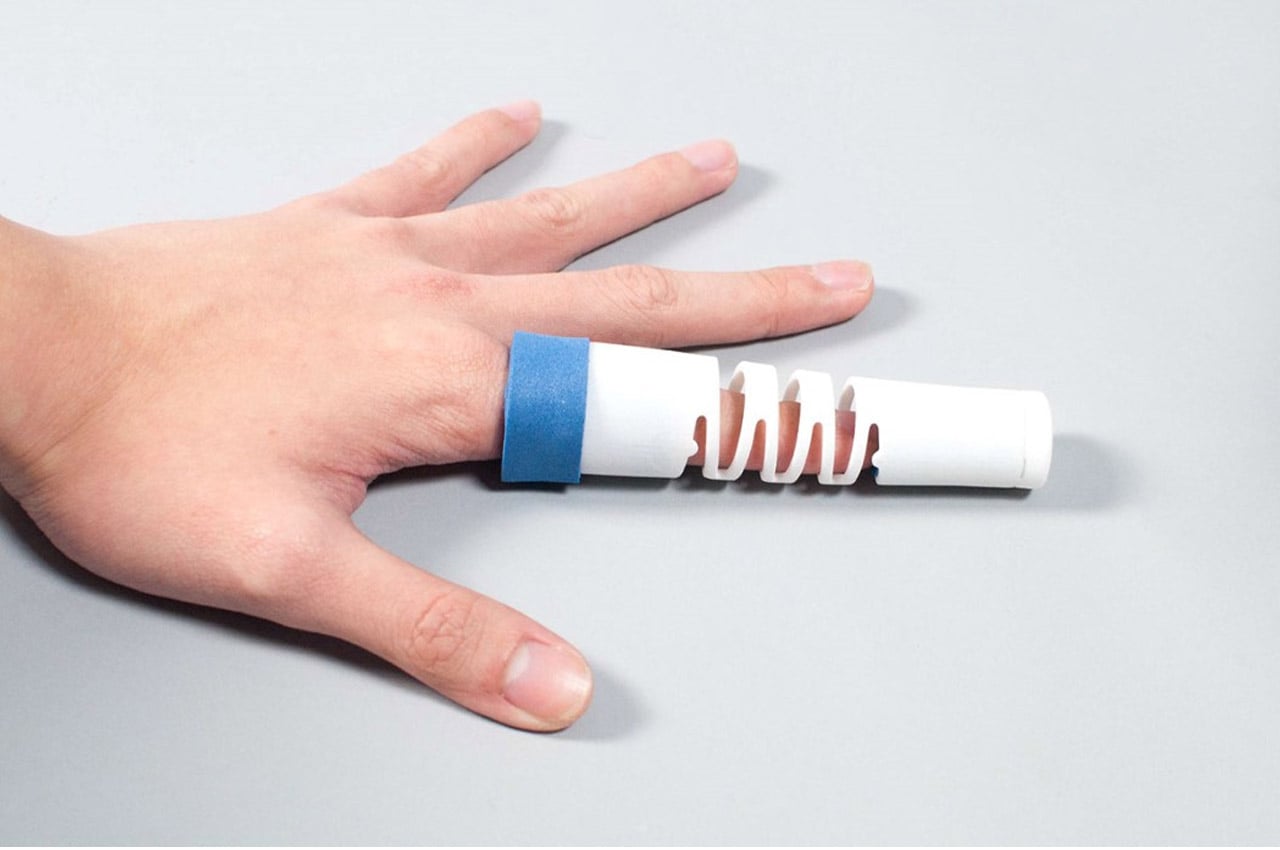
The Bend is a medical finger-splint with a revolutionary design. Finger bone fractures can be painful, however dislocations of bones isn’t just about pain, if not treated well, you could lose functionality of that finger for life. The bend makes use of a polymer’s tensile strength, and clever design to provide a medical solution that is not just effective, it’s non-invasive too. Deviating from current medical procedures that require surgery, the Bend just needs a long fingernail. A piece of thread is tied to the fingernail at one end, and the Bend splint at the other. The string is then wound around the splint, so that the finger is pulled into shape again, allowing the bones to align properly. The bend even allows for finger movement, letting the patient heal as well as recover from the injury as quick as possible!
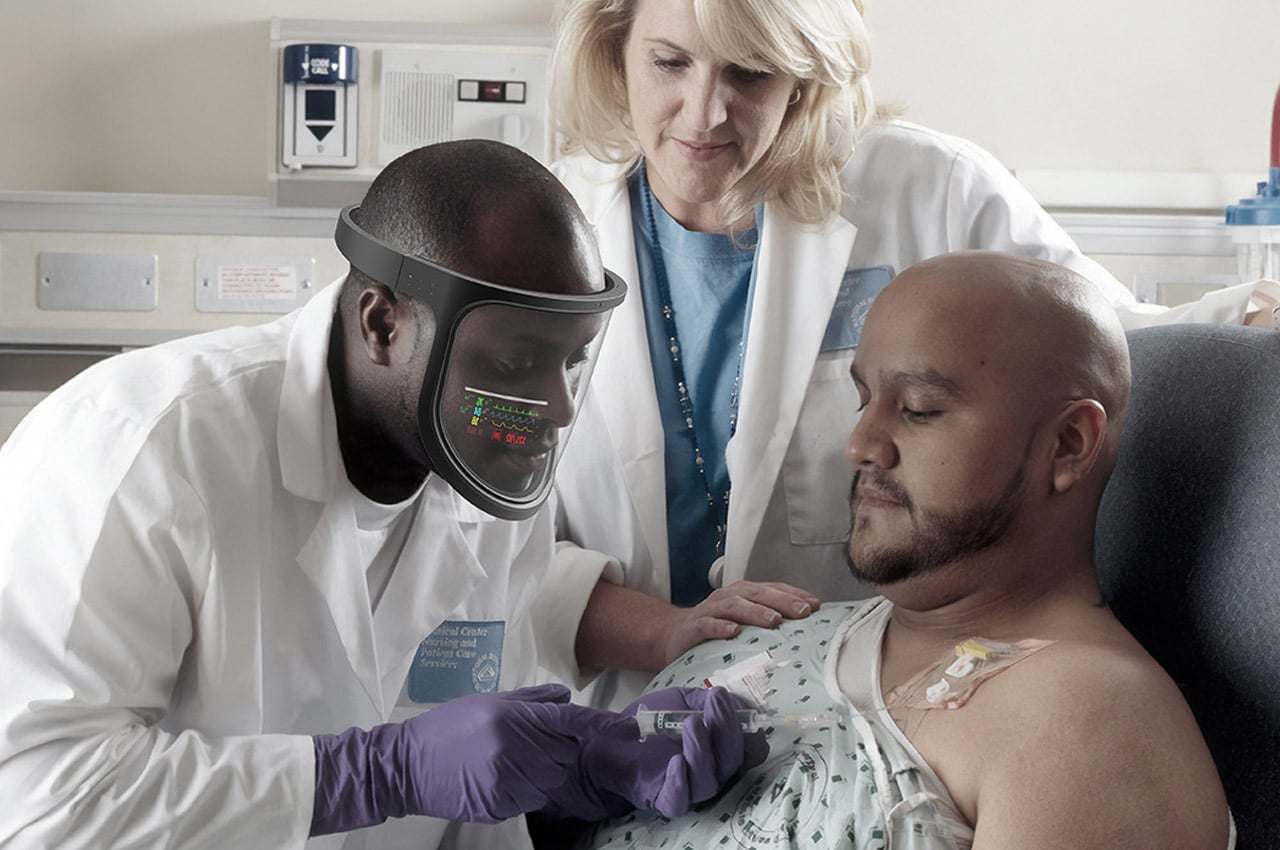
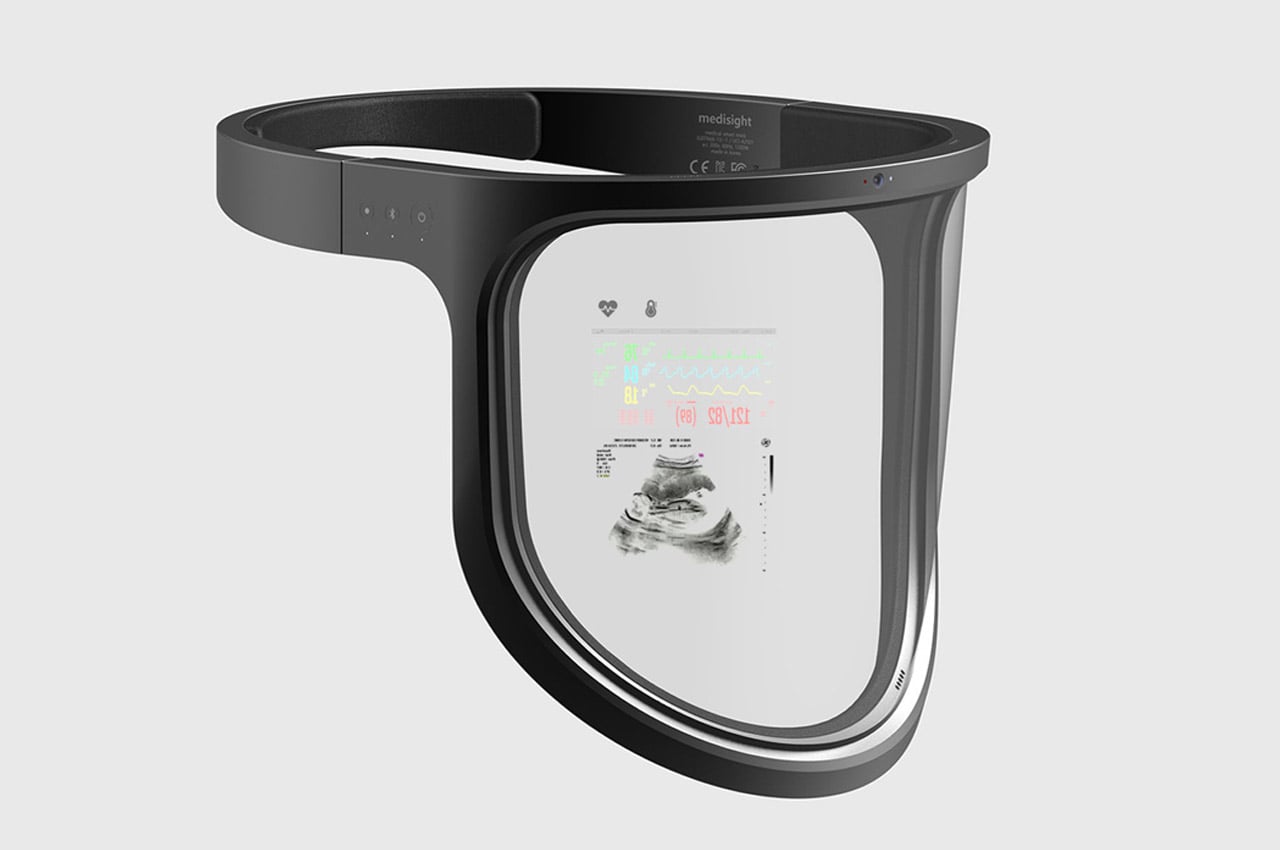
The Medisight aims to solve this comfort issue and improve on existing PPE options for a post-pandemic world. Unlike a standard surgical mask, this product allows for continual airflow behind the face cover, so the user isn’t trapped breathing the same stale air. For added comfort, the Medisight’s frame wraps around the head, staying secure with minimal face contact. The clear shield also lets patients see the user’s face, helping them form a more personal connection. It is also helpful for hearing-impaired individuals, who may rely on reading lips to communicate. Additionally, as a small but important bonus: the Medisight is reusable, unlike standard medical masks, which would help reduce medical waste. The designer says, “The plan is to continue the functional study of materials through various experiments. In addition, in order to realize the concept design of medical devices, we would like to contribute to the development of international medical services by conducting joint research through contact with various medical device companies. Through this, the ultimate goal is to provide more convenient products in the medical environment of medical staff.”
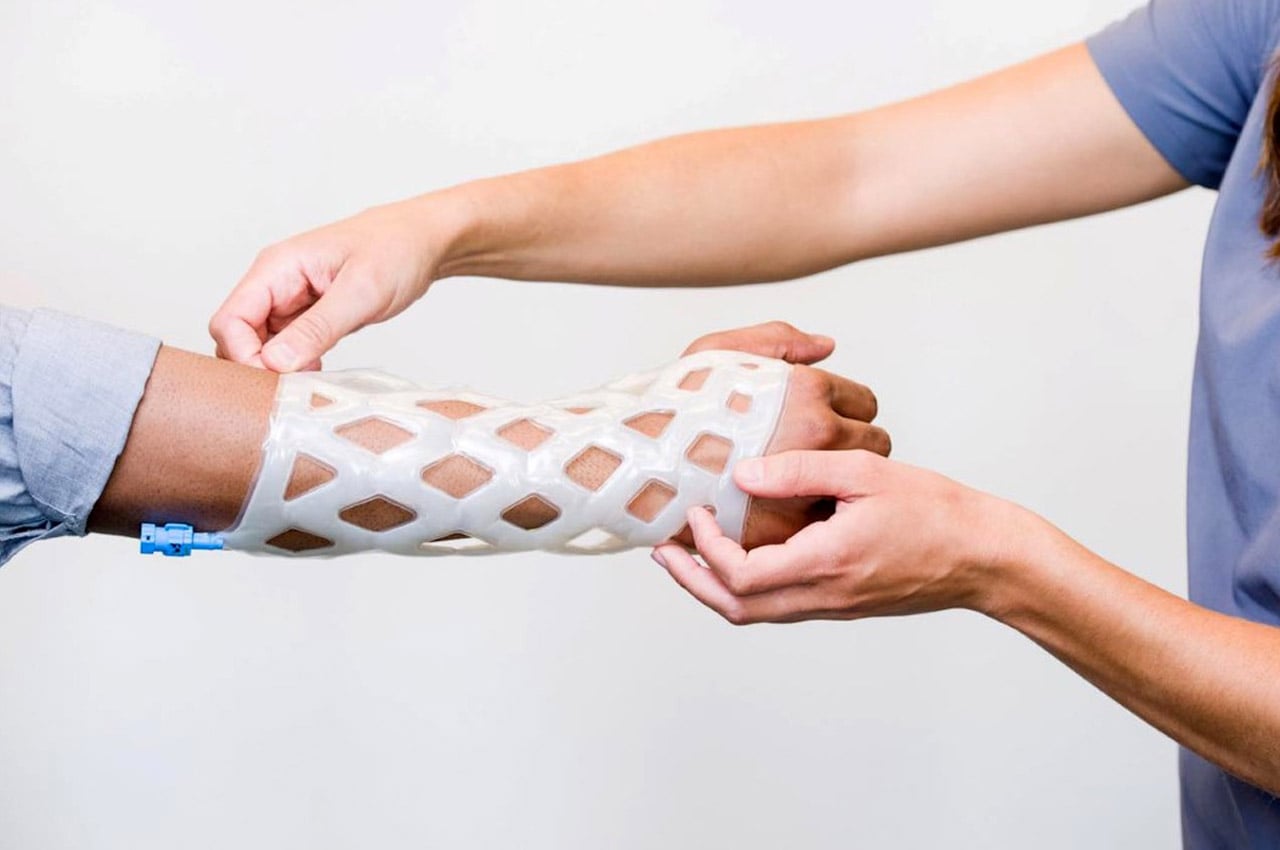
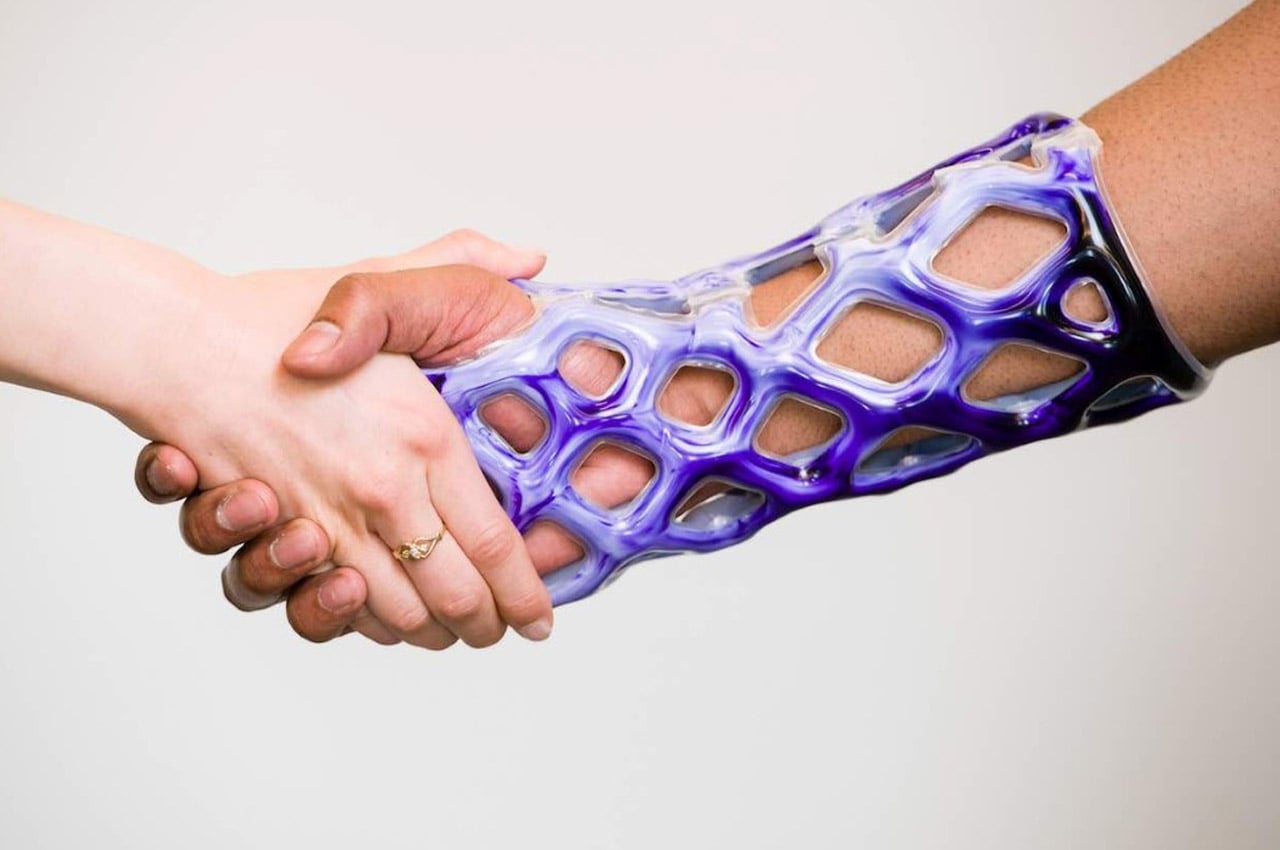
Chicago-based startup Cast21, however, has designed a sleeve that fits over any hand. Cast21’s cast takes shape around your hand once it’s filled with a patented gel that hardens over time. Doctors select a sleeve-size based on whether the patient is a child or a fully-grown adult. The sleeve is slipped on, and filled with a patented mixture of resins that become a malleable gel after a while. The doctor can then adjust the gel to perfectly hug the limb, giving it the support it needs. Patients can even choose between gel-colors, opting for combinations and gradients, breaking the stigma that casts need to look horribly clinical. The resins harden through an exothermic reaction, providing soothing heat to the limb as the cast begins to take shape.
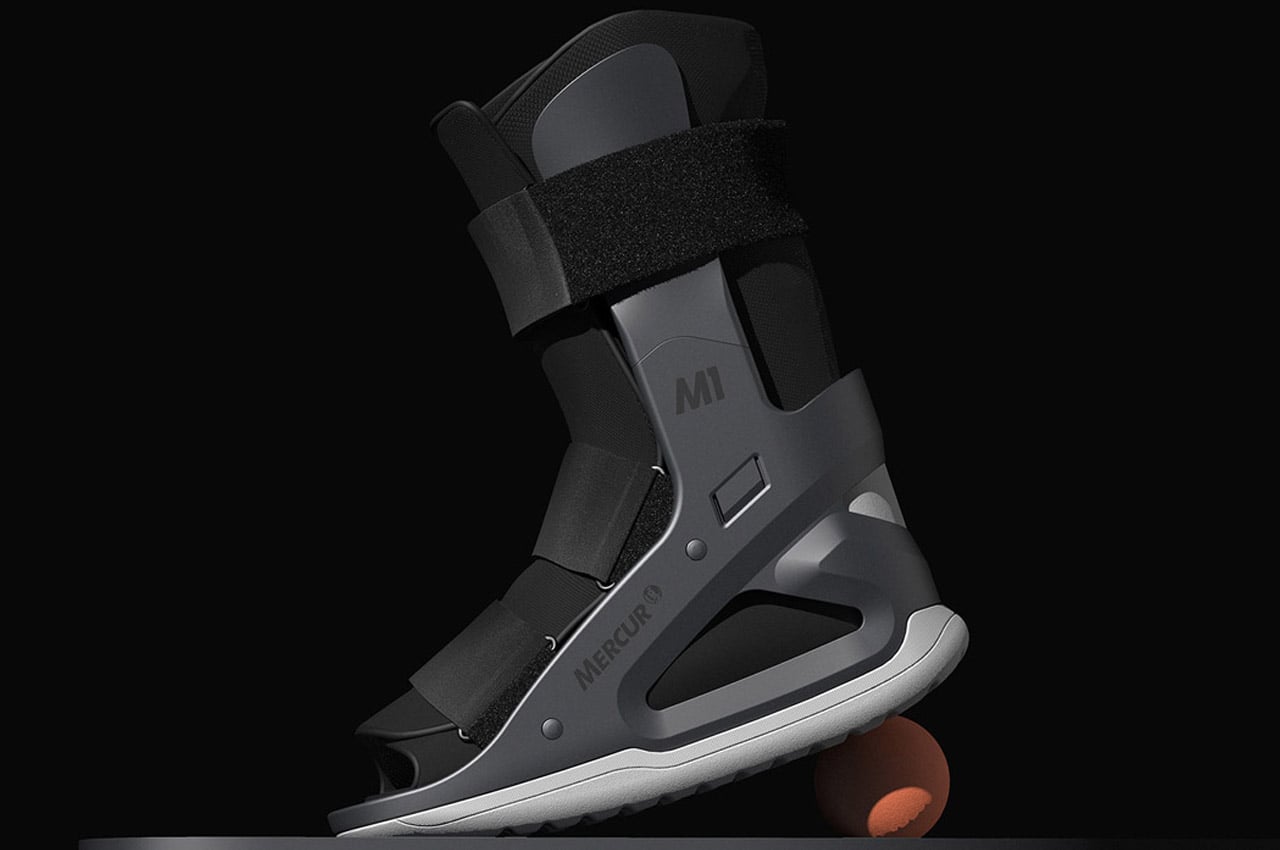
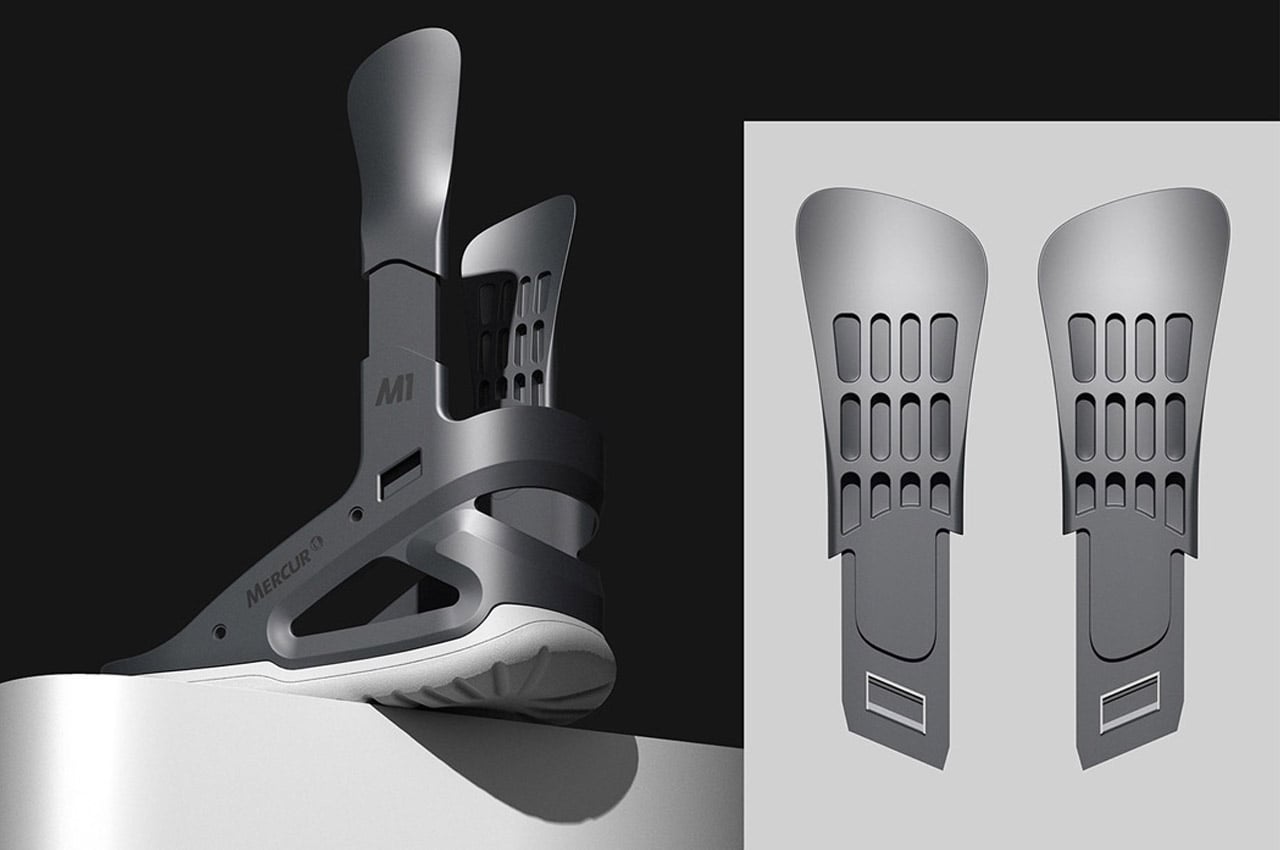
The design studio Valkiria has put a lot of time and research into creating the blueprint, and final product of the Mercur Immobilizer Boot M1 leg braces with consultation from existing users of other such braces and health experts who conveyed the problem and the intended solution they would want. In the end, Valkiria managed to come up with a product that is safe, stays consistent in its shape with use, and intended for long-term usage if the rehabilitation period is extended. The form and function of the Boot M1 facilitate the user with both feet fit as it is bilateral – in both longer and shorter versions depending on the need. Also, there are the anatomical plastic nails that reduce the pressure on the calf, and for easy opening and closing, there is the Velcro fastening system. To address the smelling issue, the design studio chooses a breathable material to annihilate the growth of bacteria and keep the heat down.
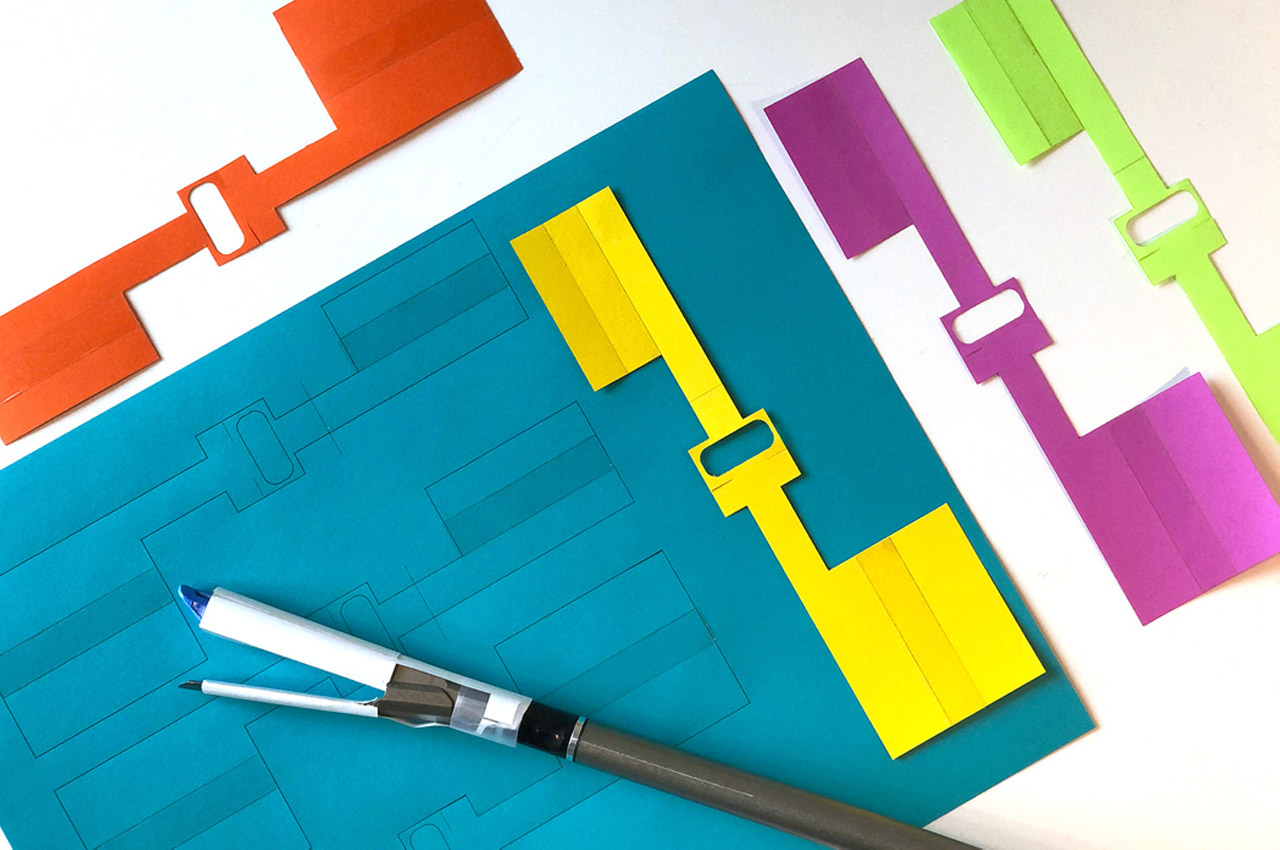
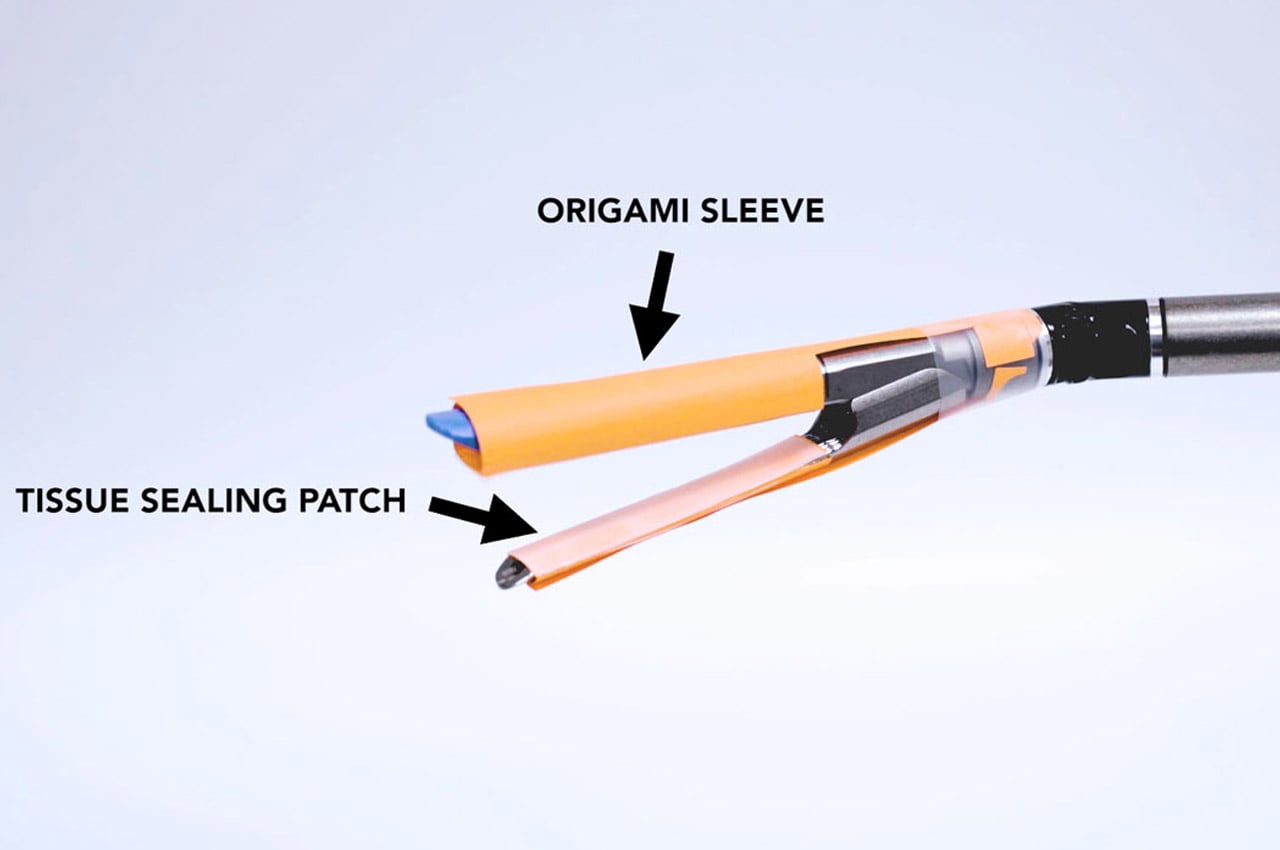
Taking the evolution of medical surgeries a step further, MIT engineers have crafted an origami-inspired medical patch that can wrap around your internal organs with the utmost ease. This design makes it pretty useful in application to internal injuries or sensitive parts of the internal organs – airways, intestines, or hard-to-reach spaces. Aesthetically speaking, the design appears just like a foldable piece of paper; this patch contacts the tissues and organs. After that, it morphs into a thick gel that stays firmly on the injured area until it heals. The patch is made up of three layers – the top layer is an elastomer film consisting of zwitterionic polymers that become a water-based skin-like barrier. The middle layer is the bio-adhesive hydrogel having the compound NHS esters to form a strong bond with the tissue surface. The bottom layer is made up of silicone oil to prevent it from sticking to the body surface before reaching the intended target.

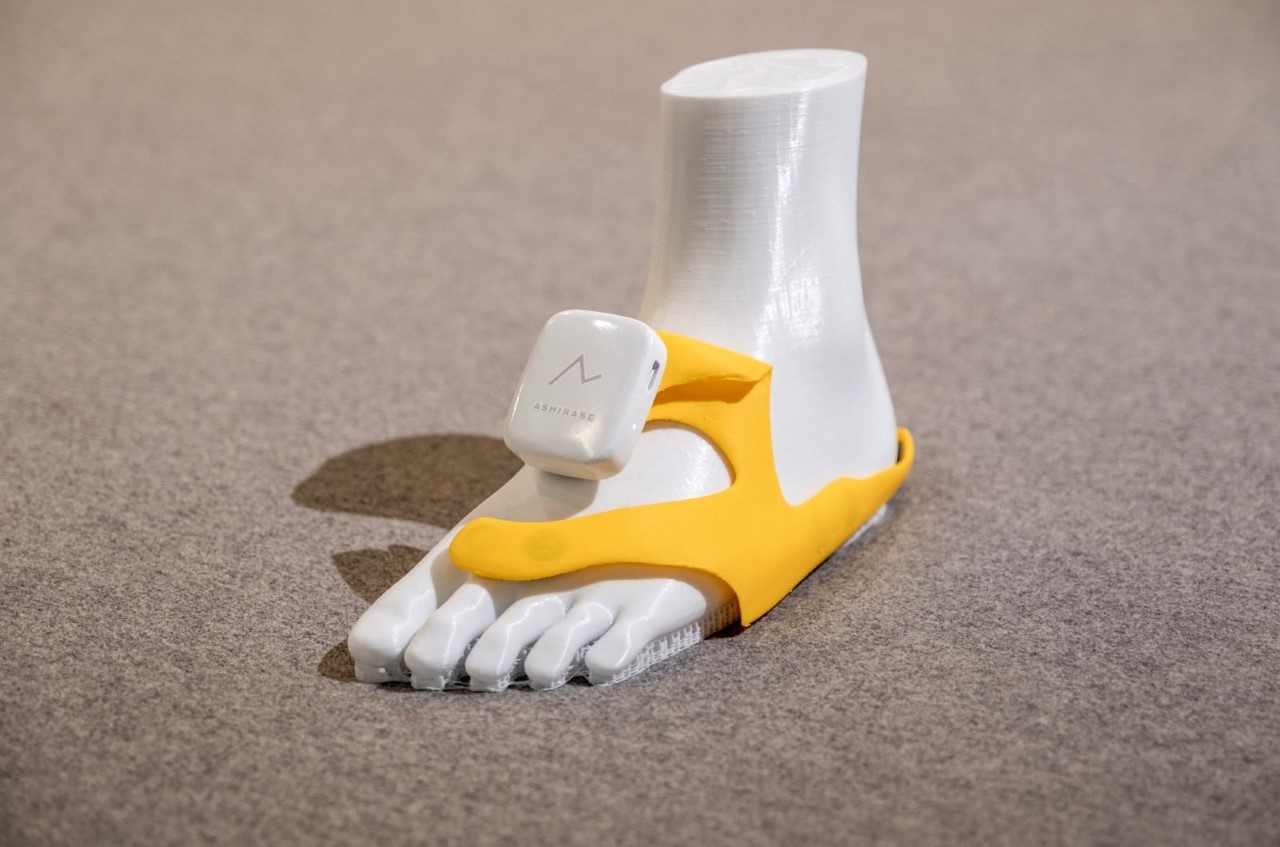
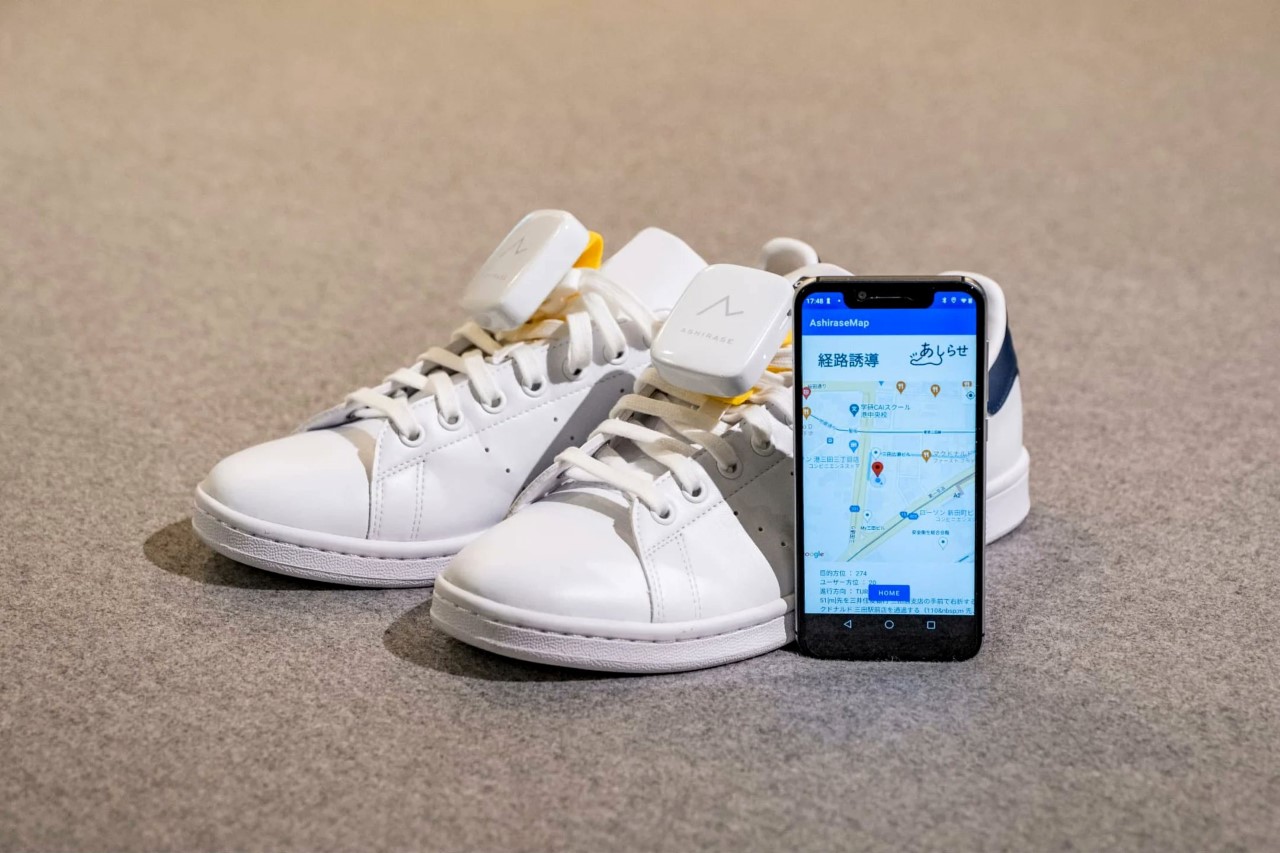
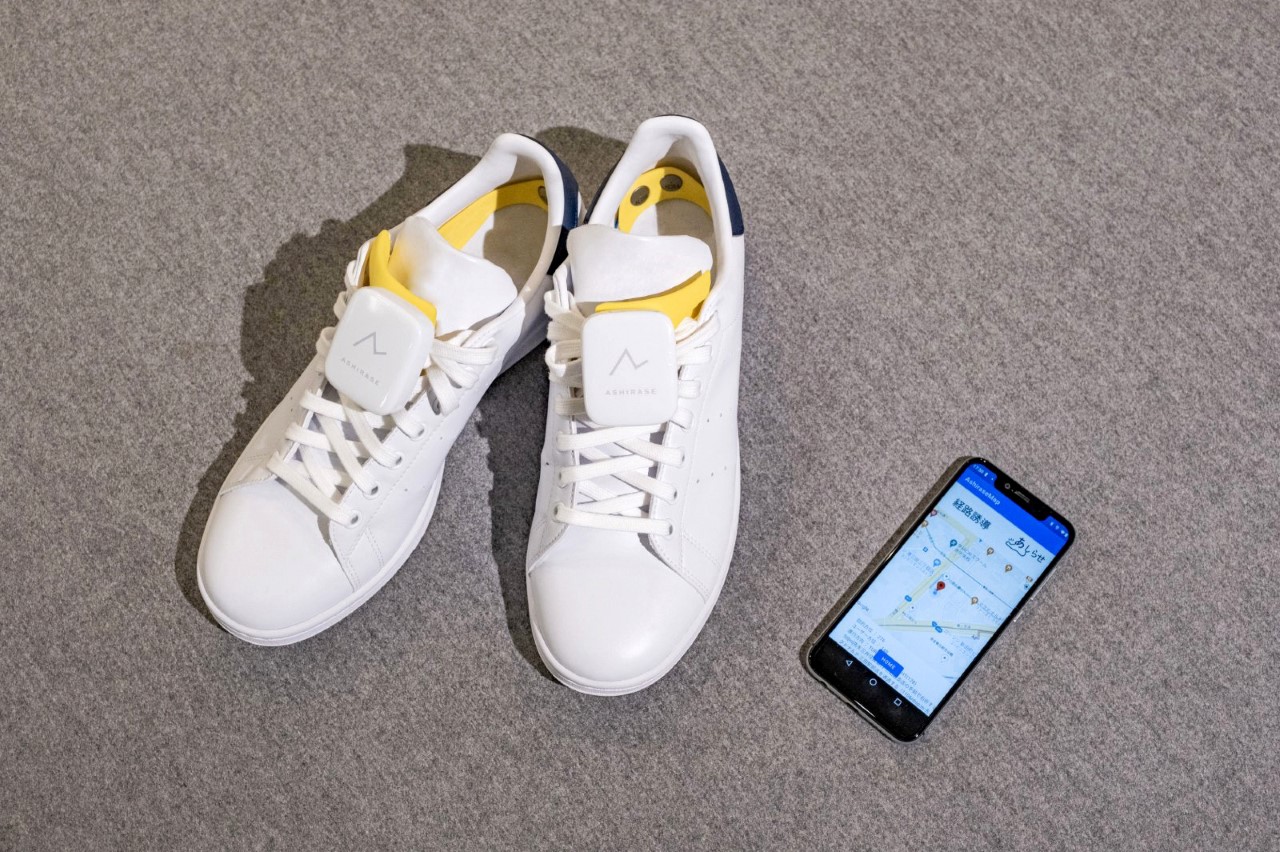
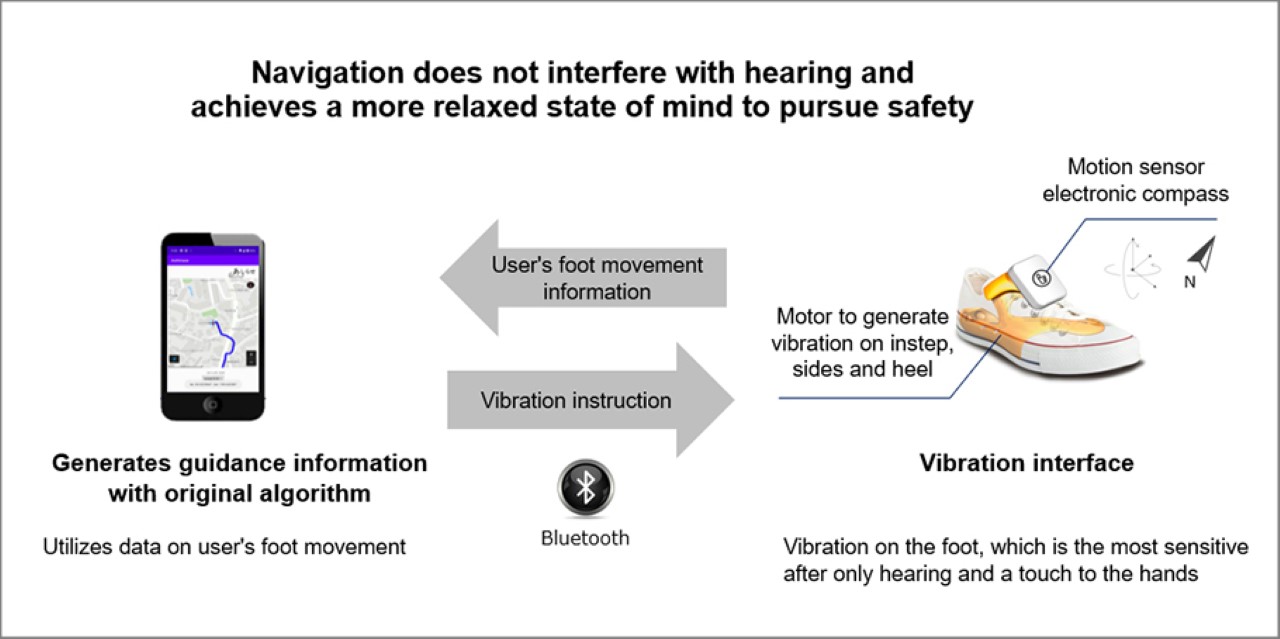
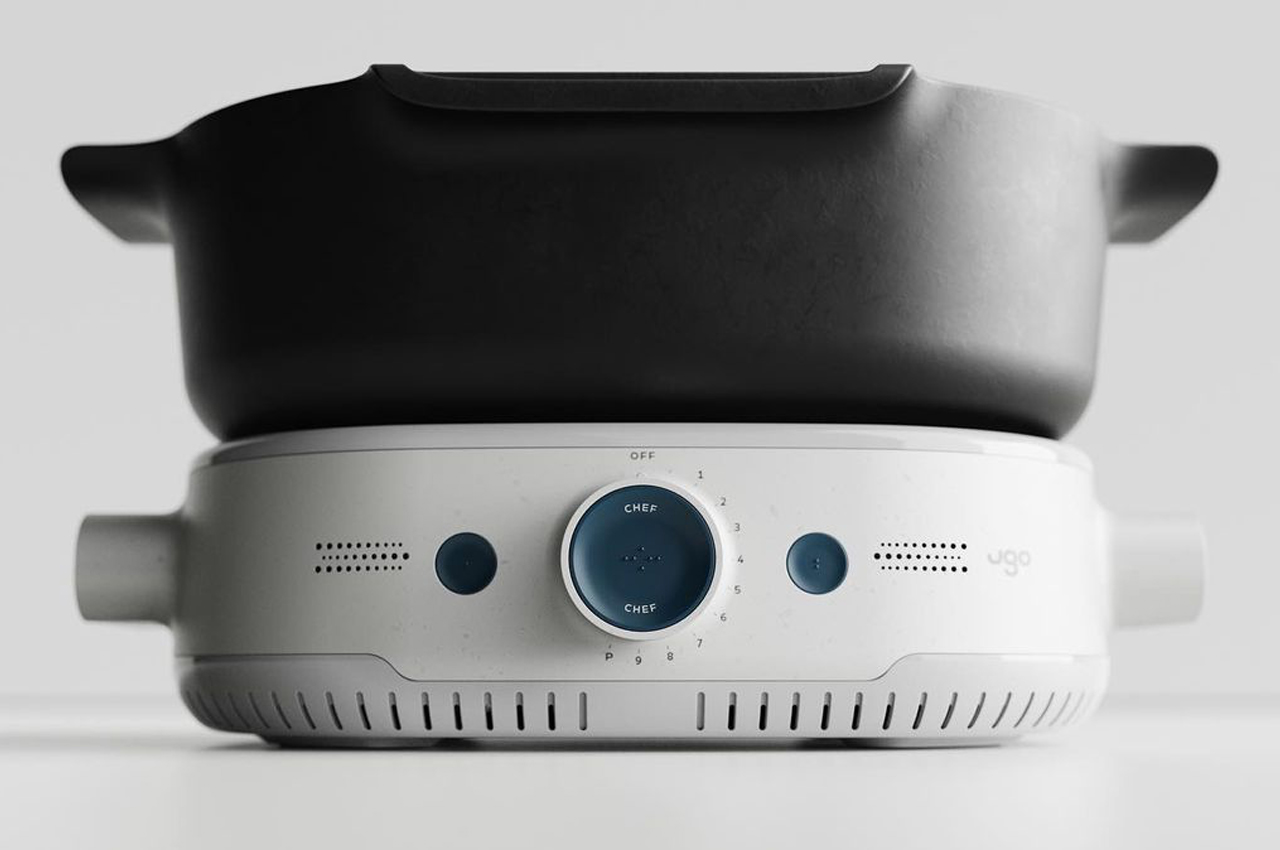 Cookware developed specifically for the
Cookware developed specifically for the 